PAST SHOWS ARCHIVE
Below is a list of all of our past shows. Some are clickable if you’d like to see more!
Below is a list of all of our past shows. Some are clickable if you’d like to see more!
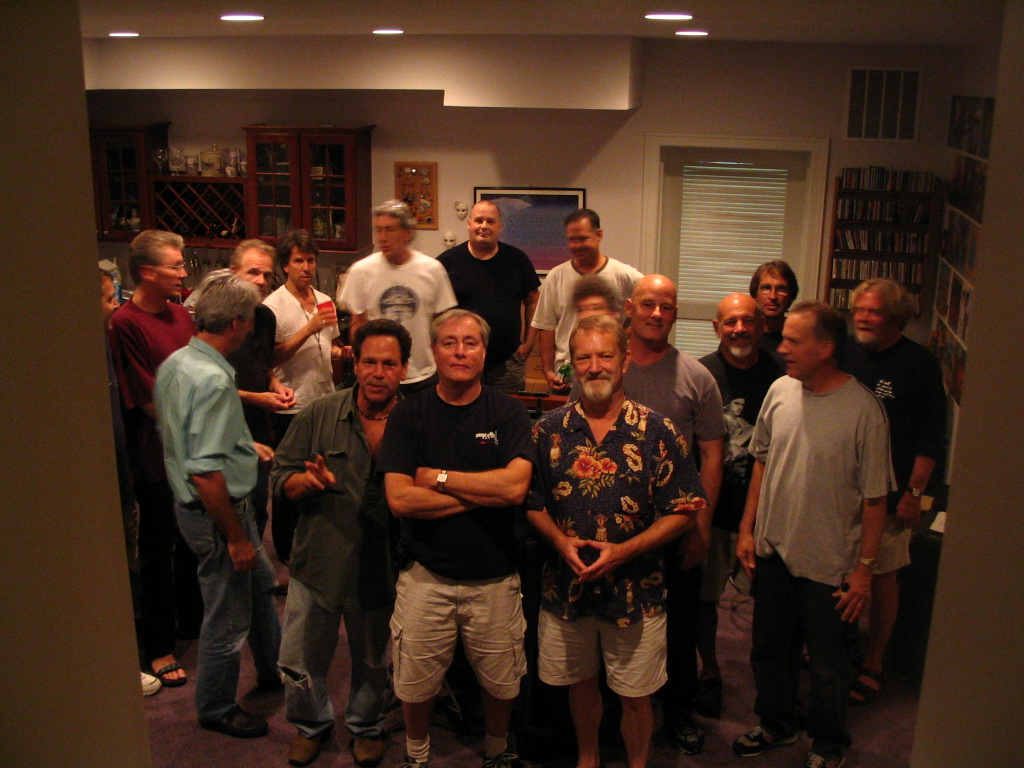
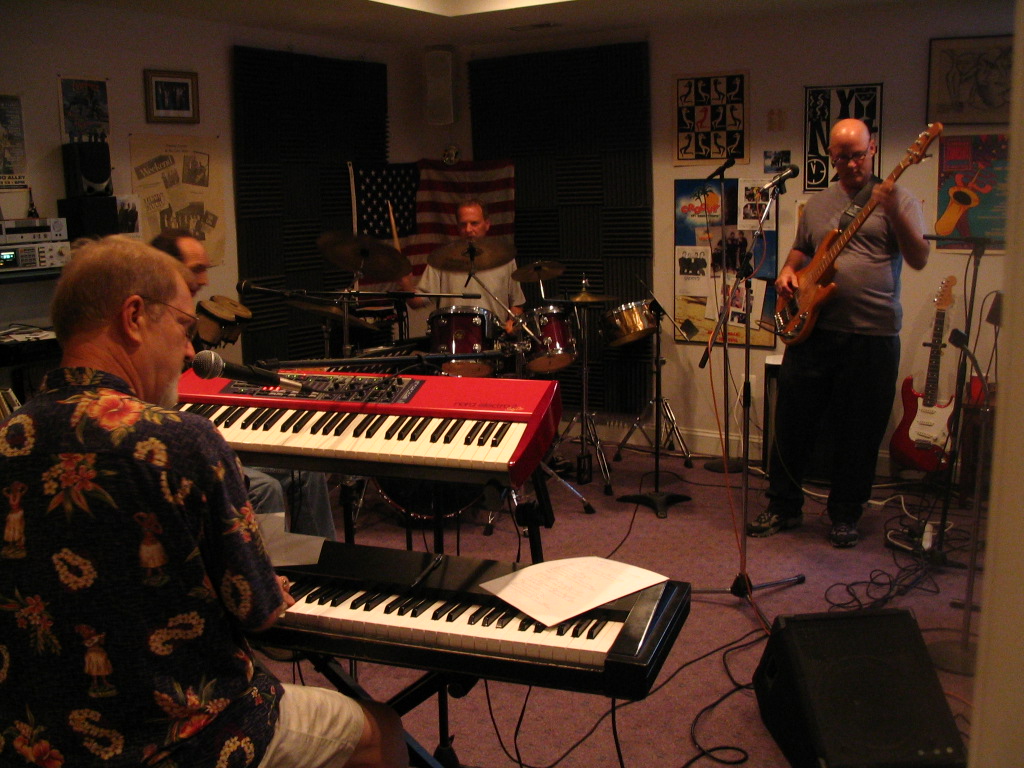
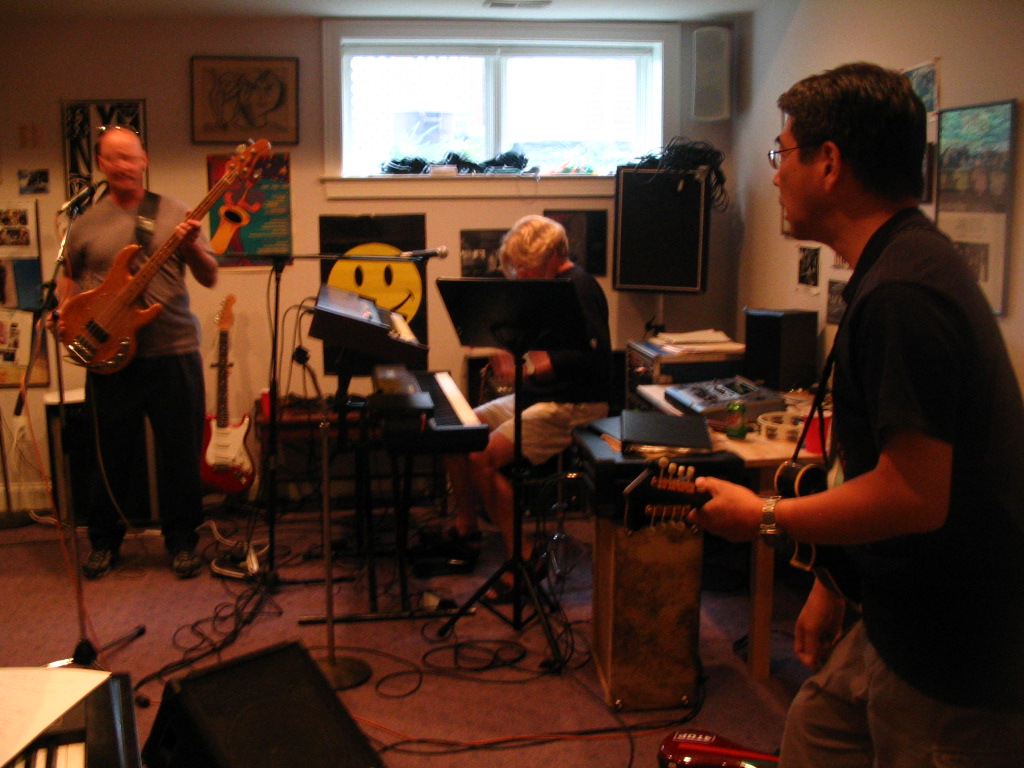
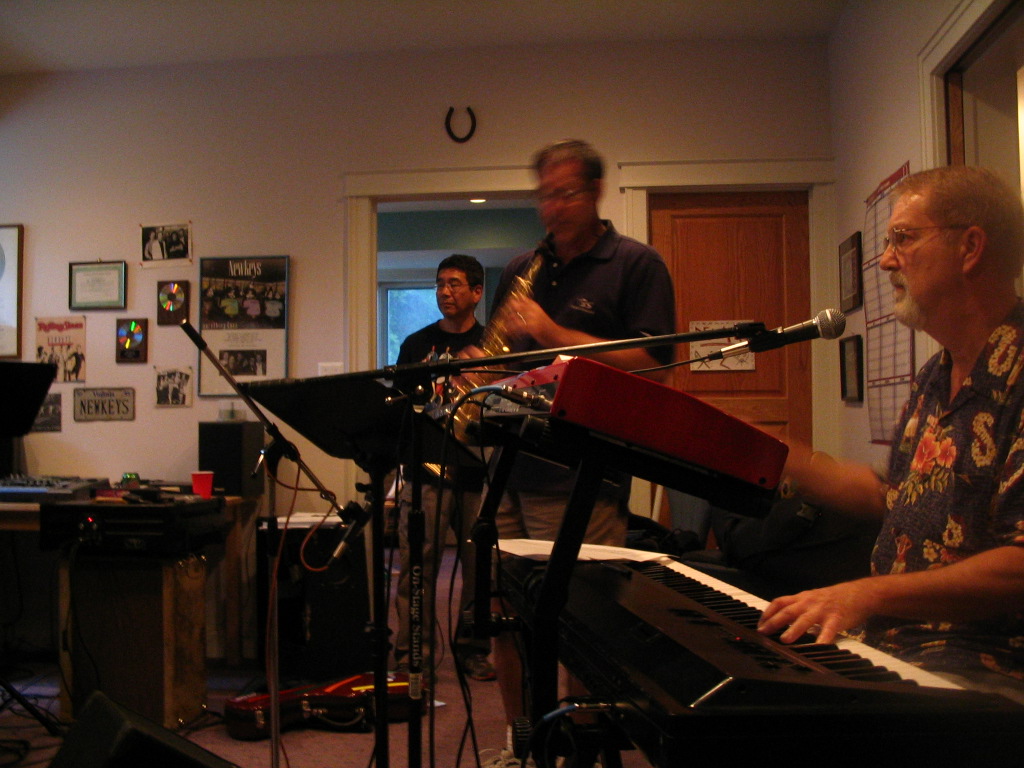
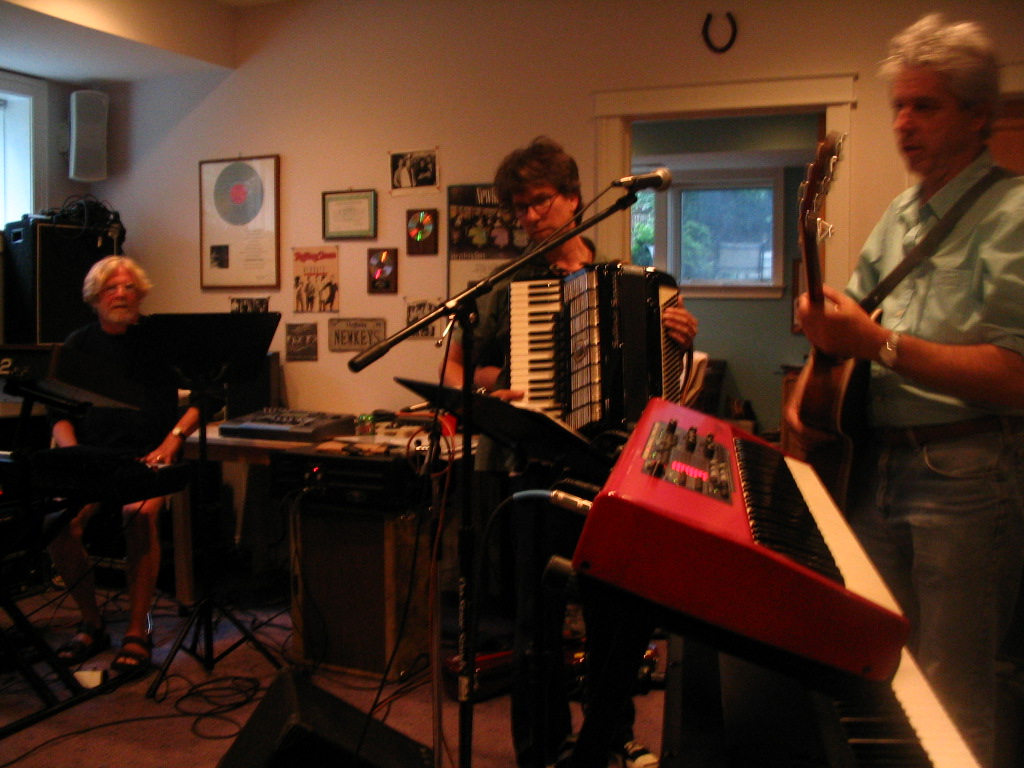
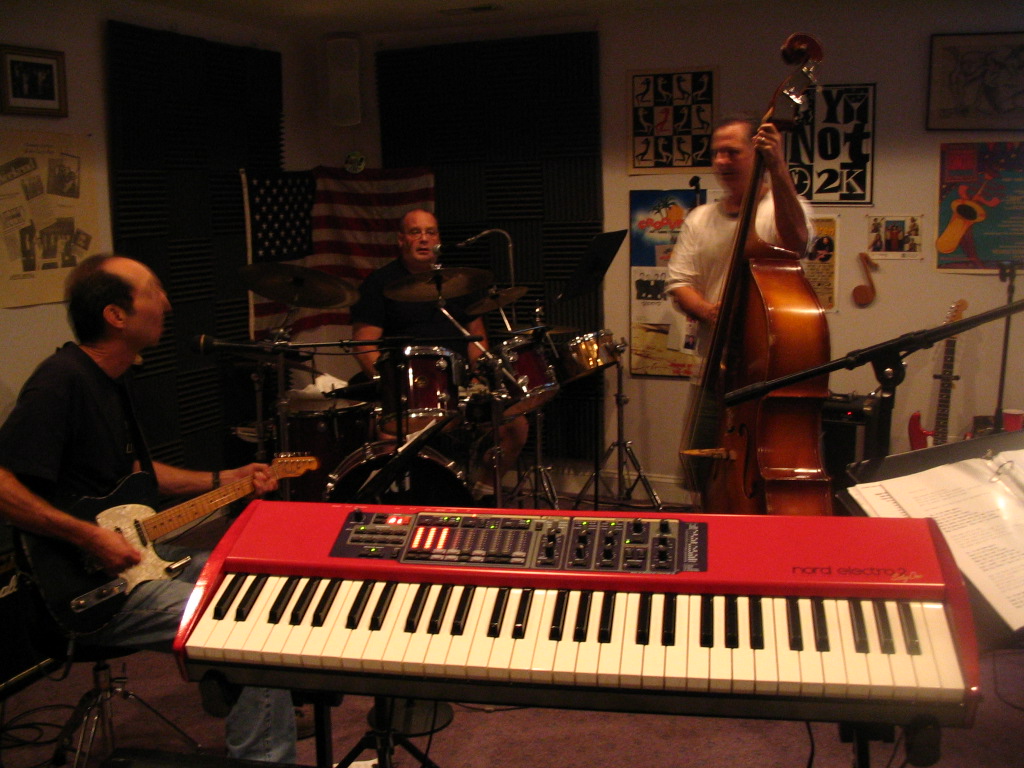
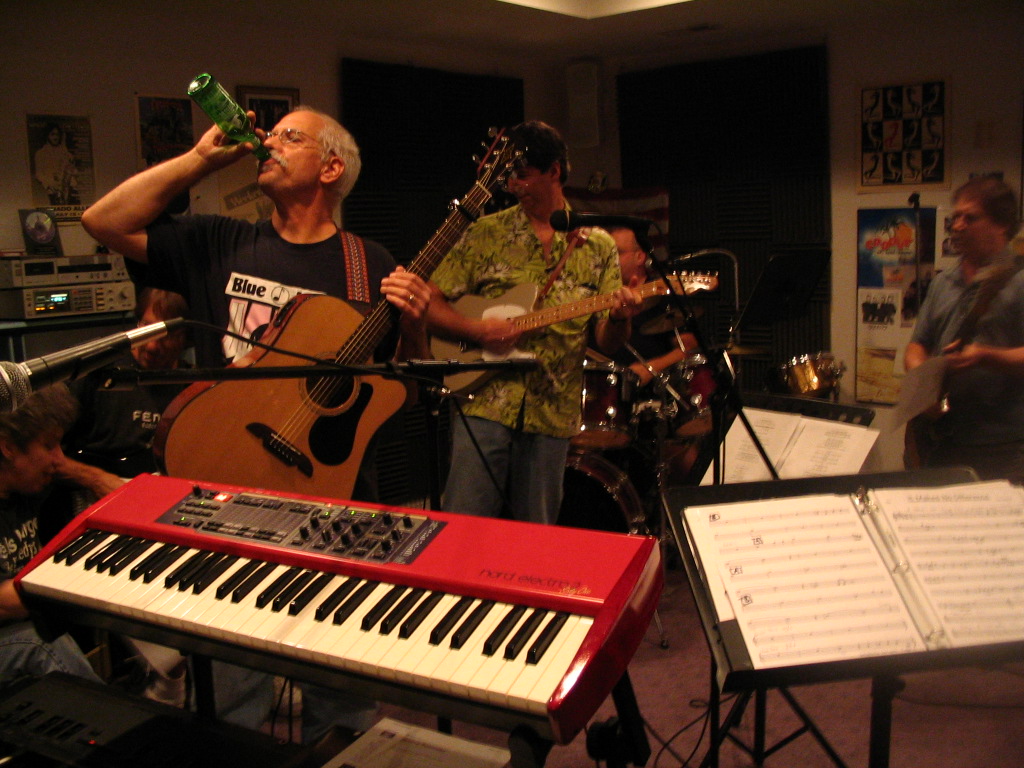
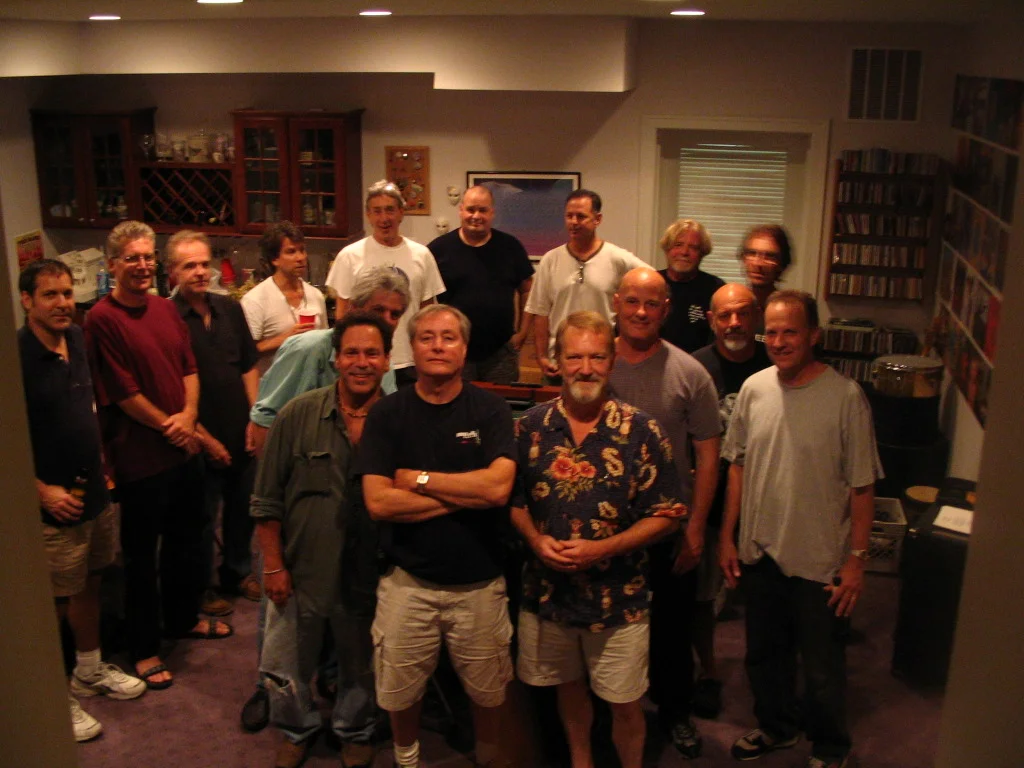
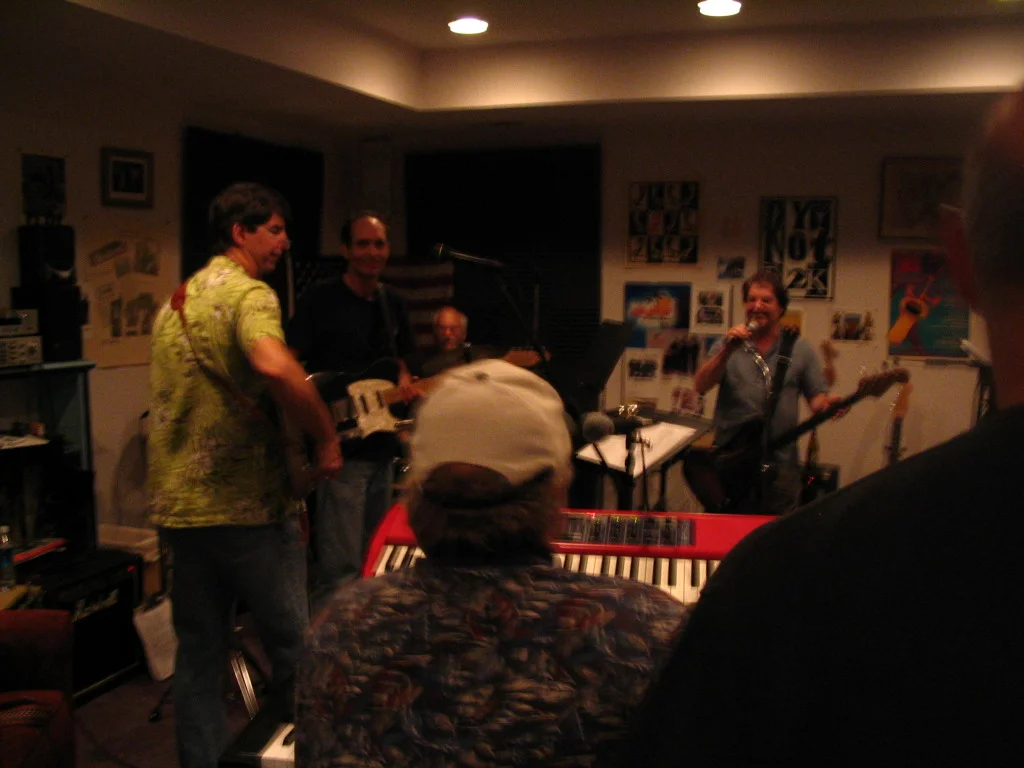
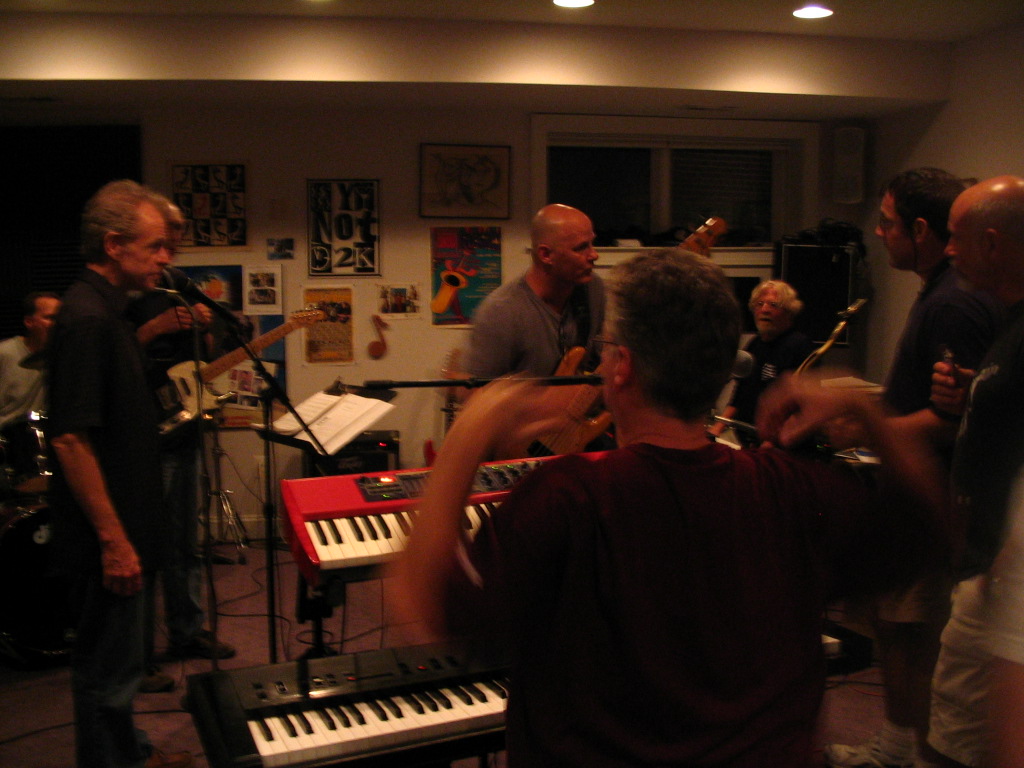

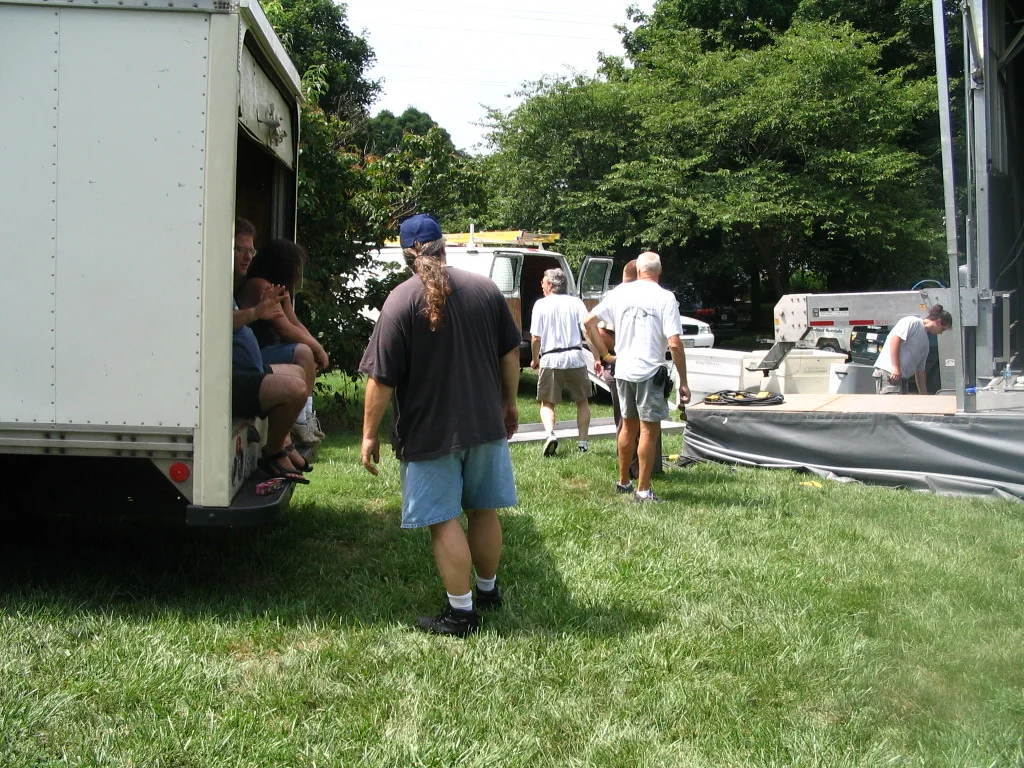
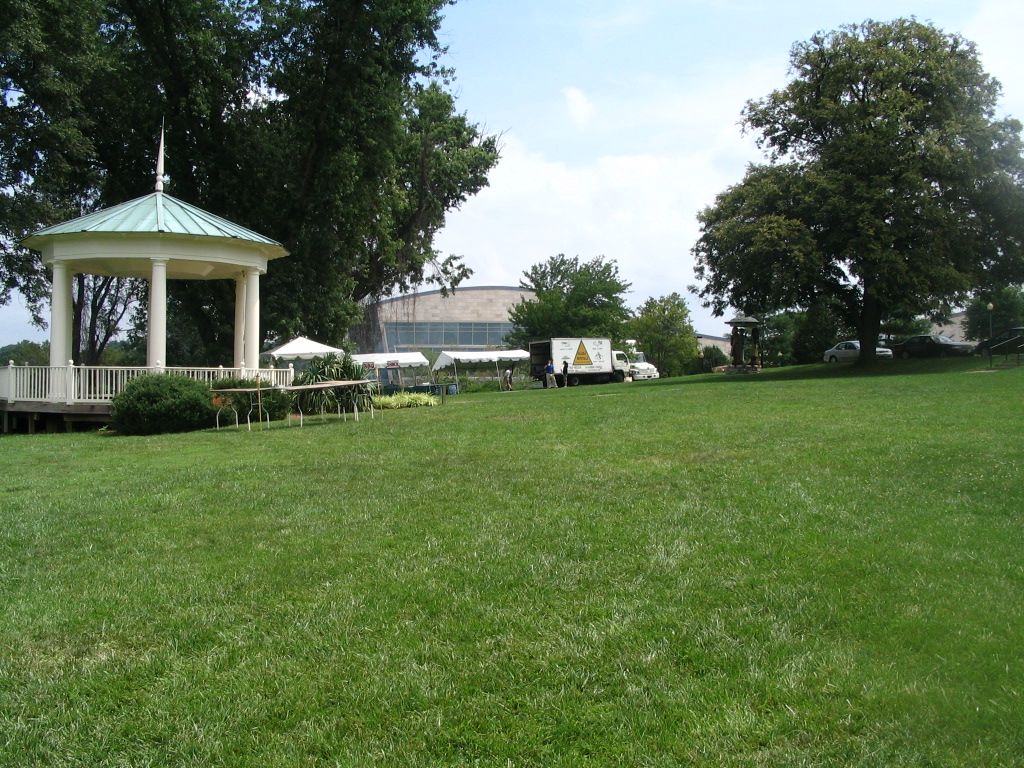
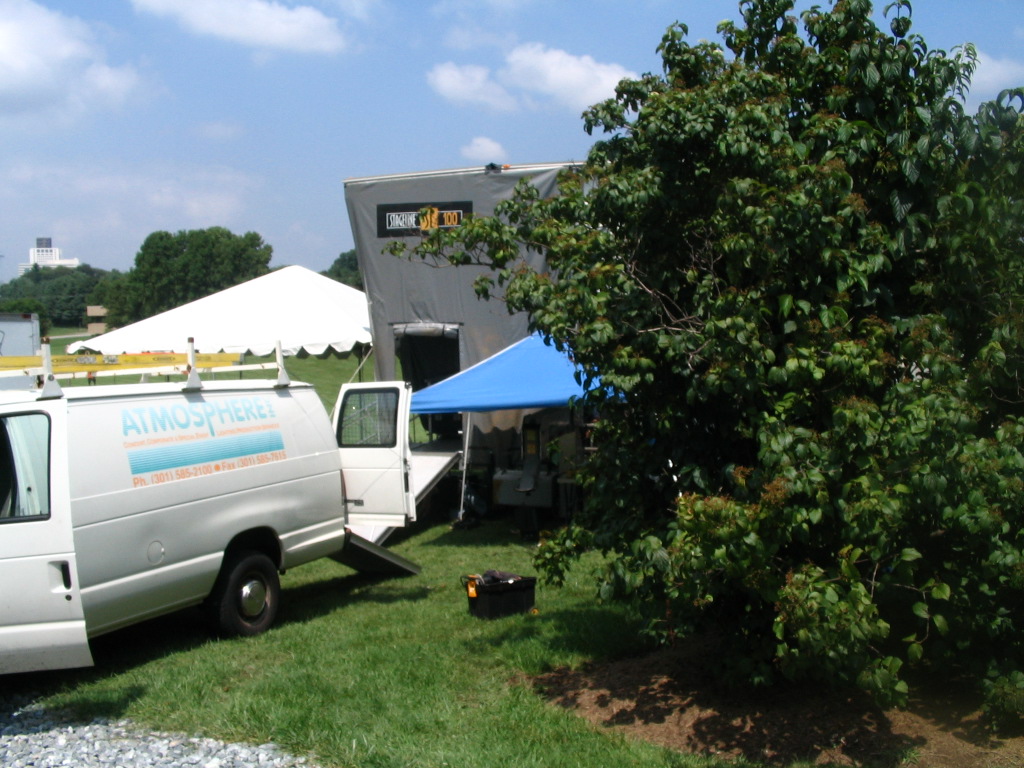
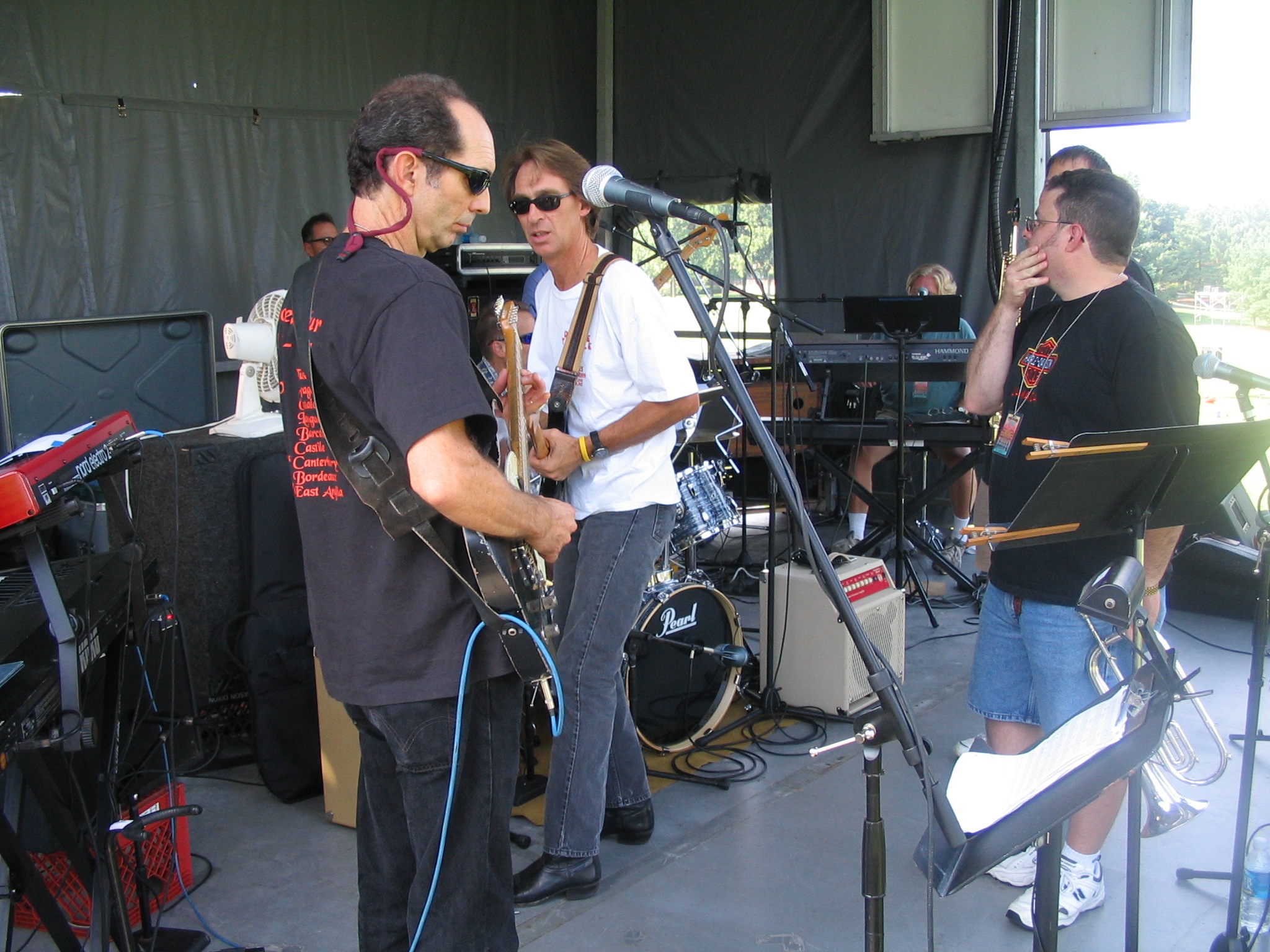
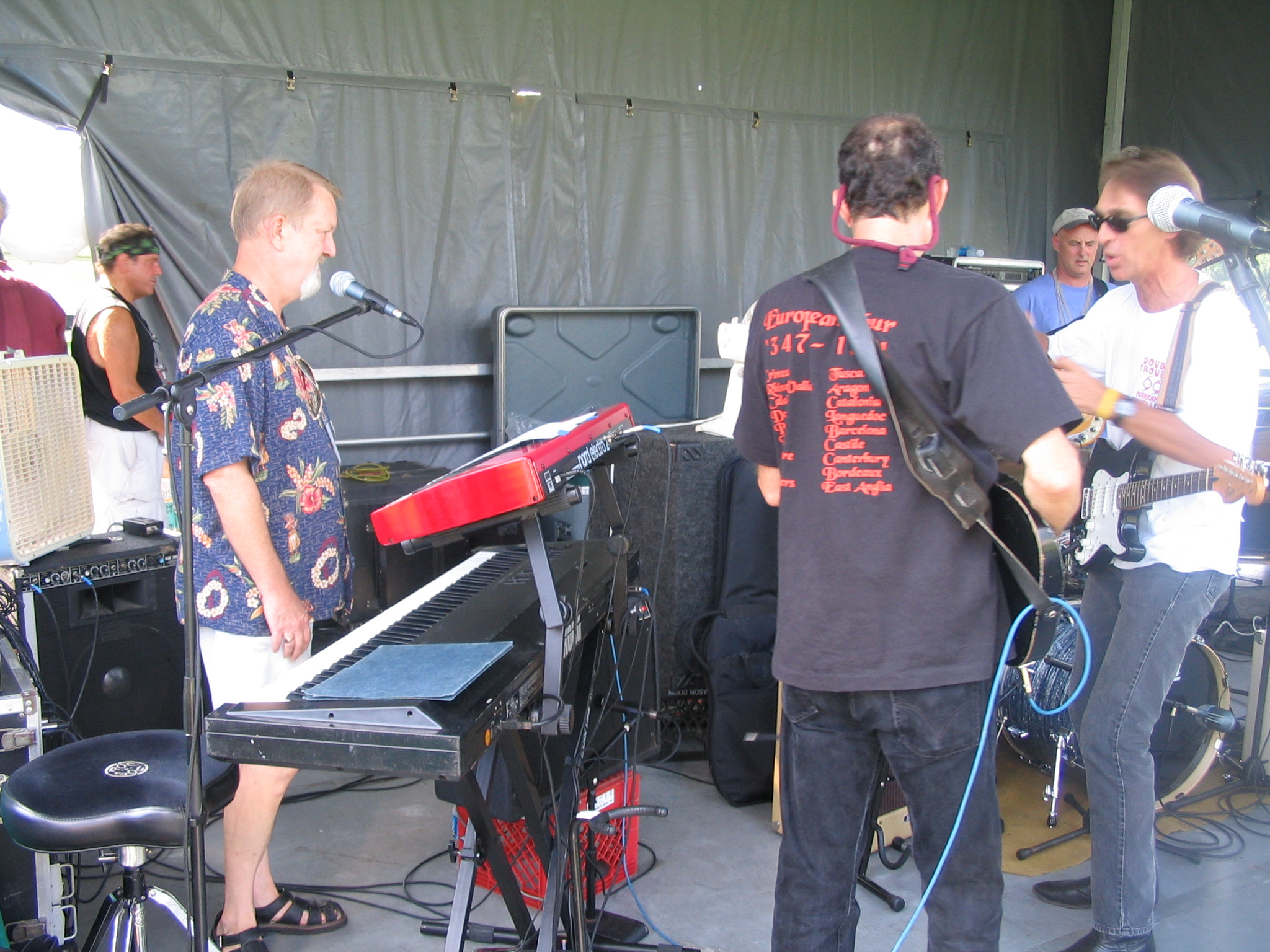
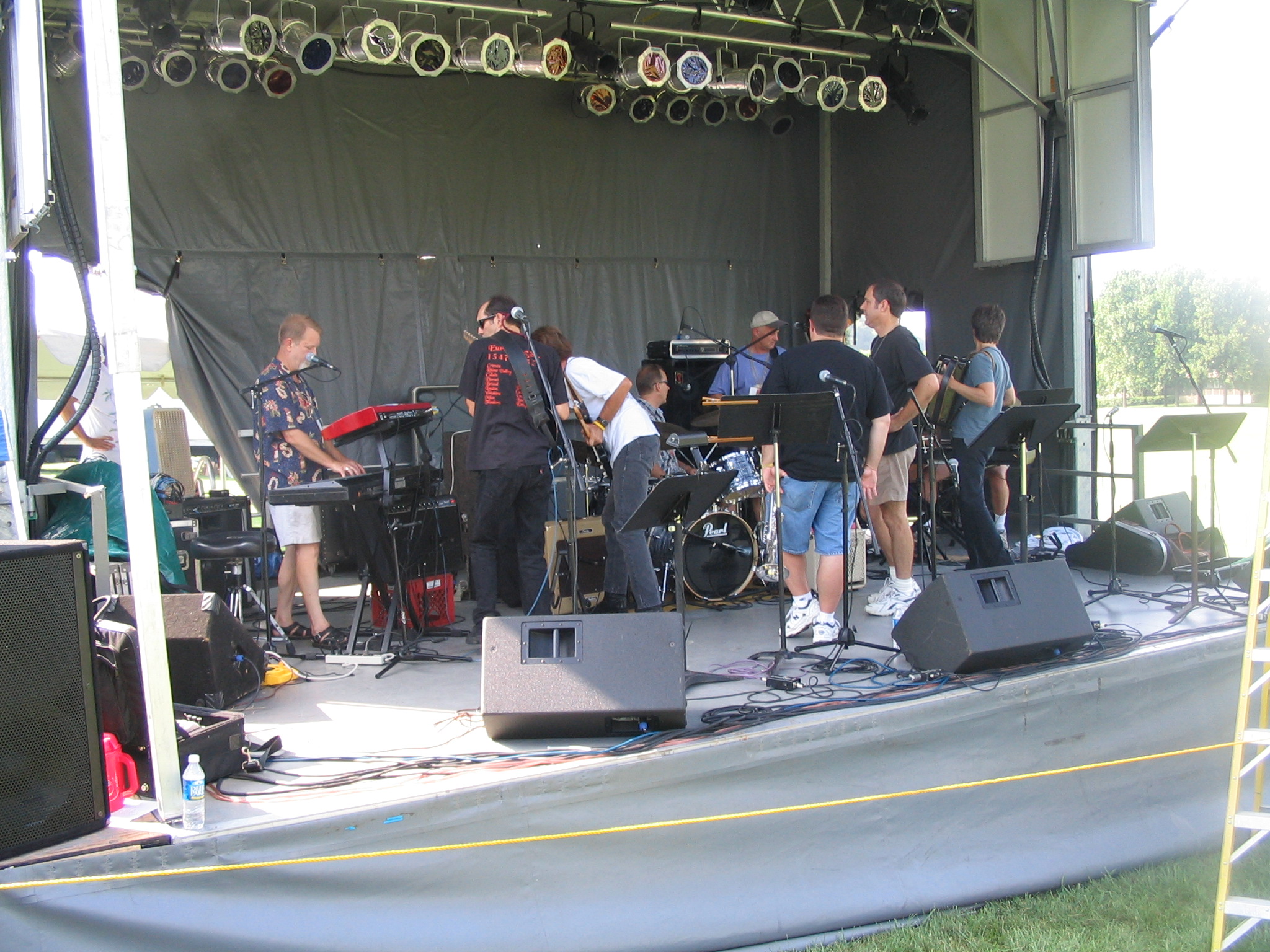
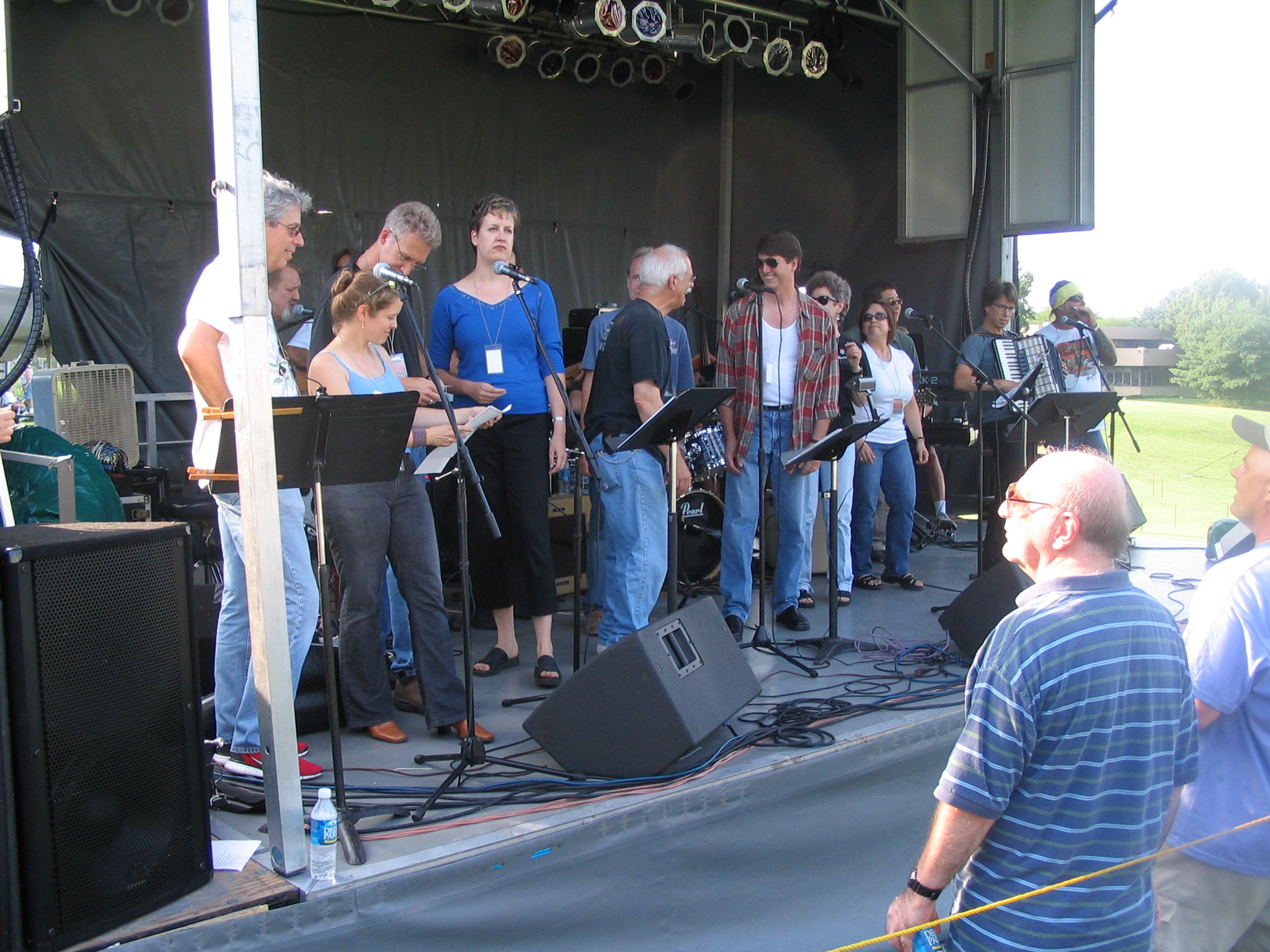
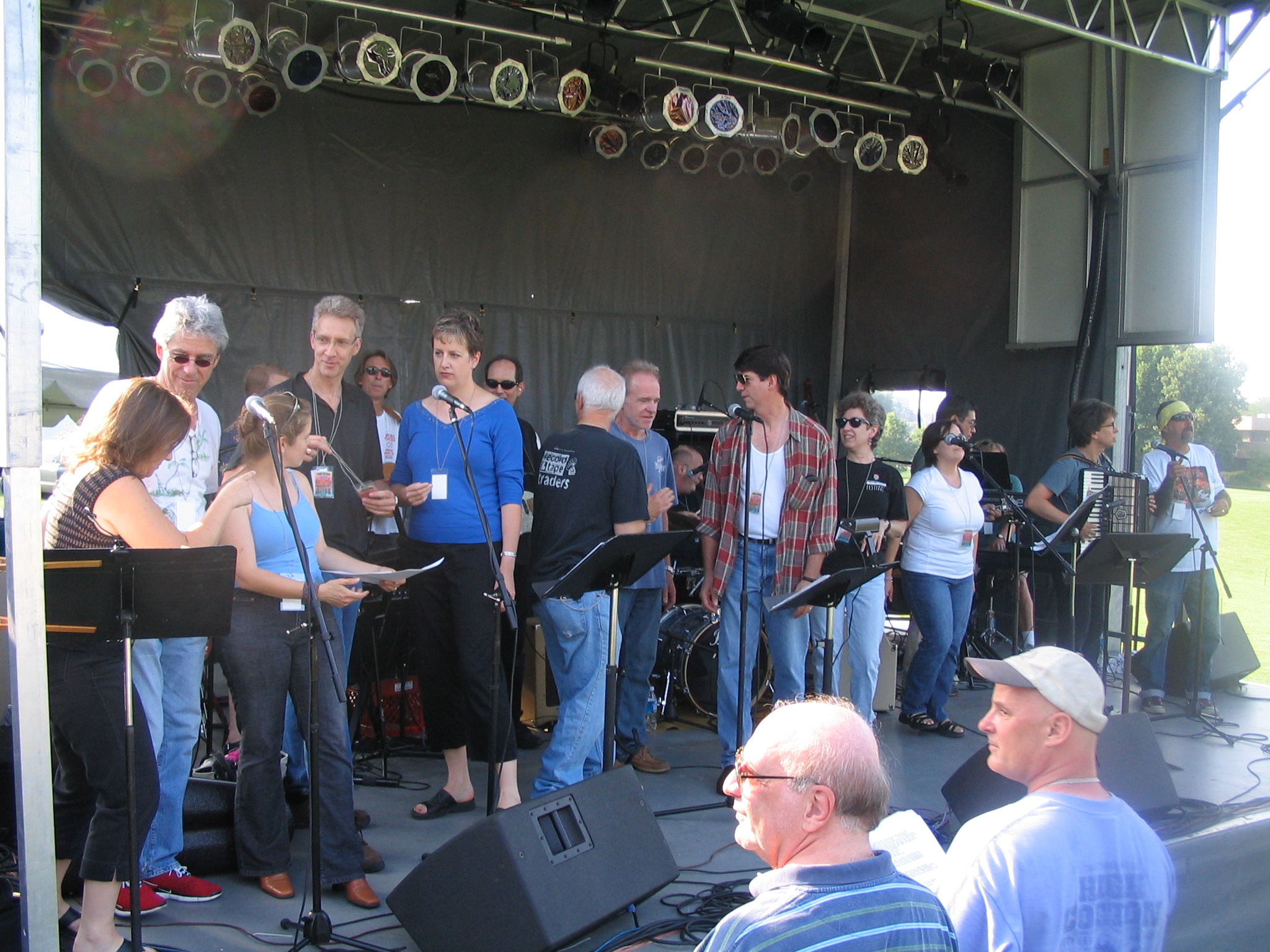
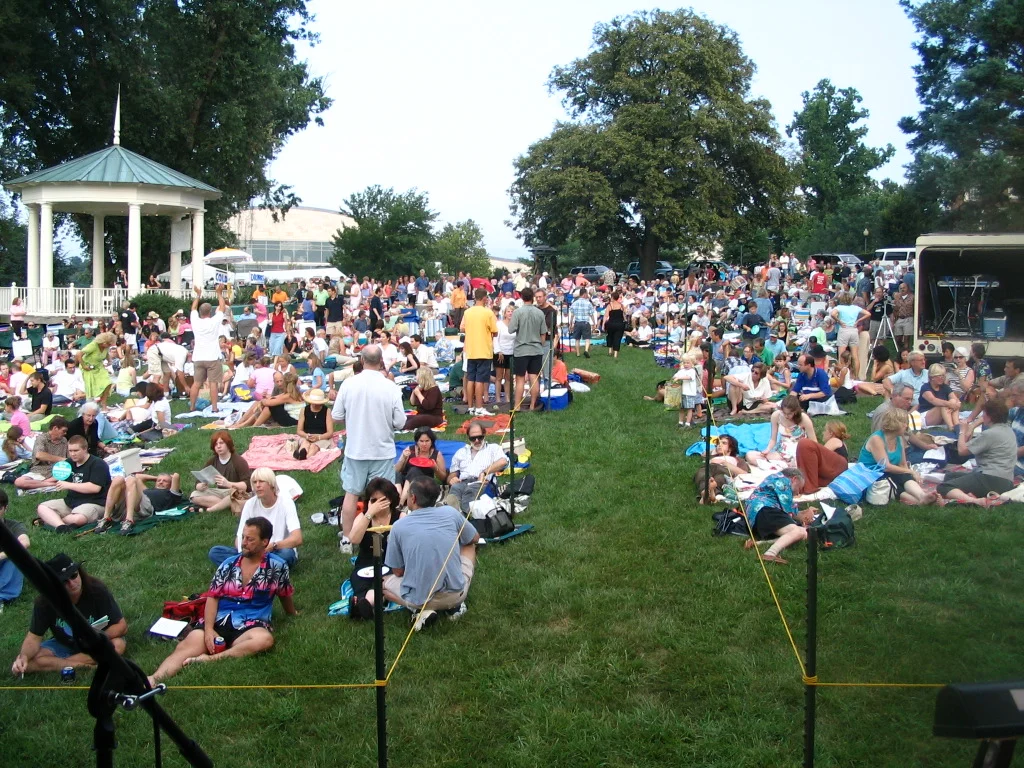
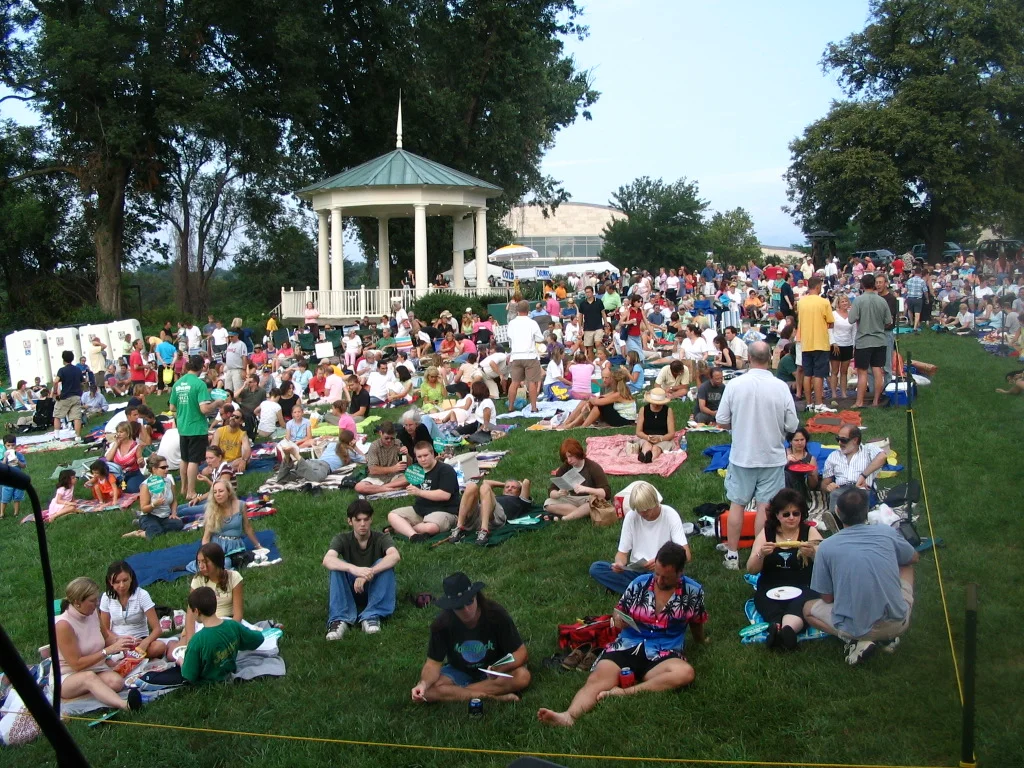
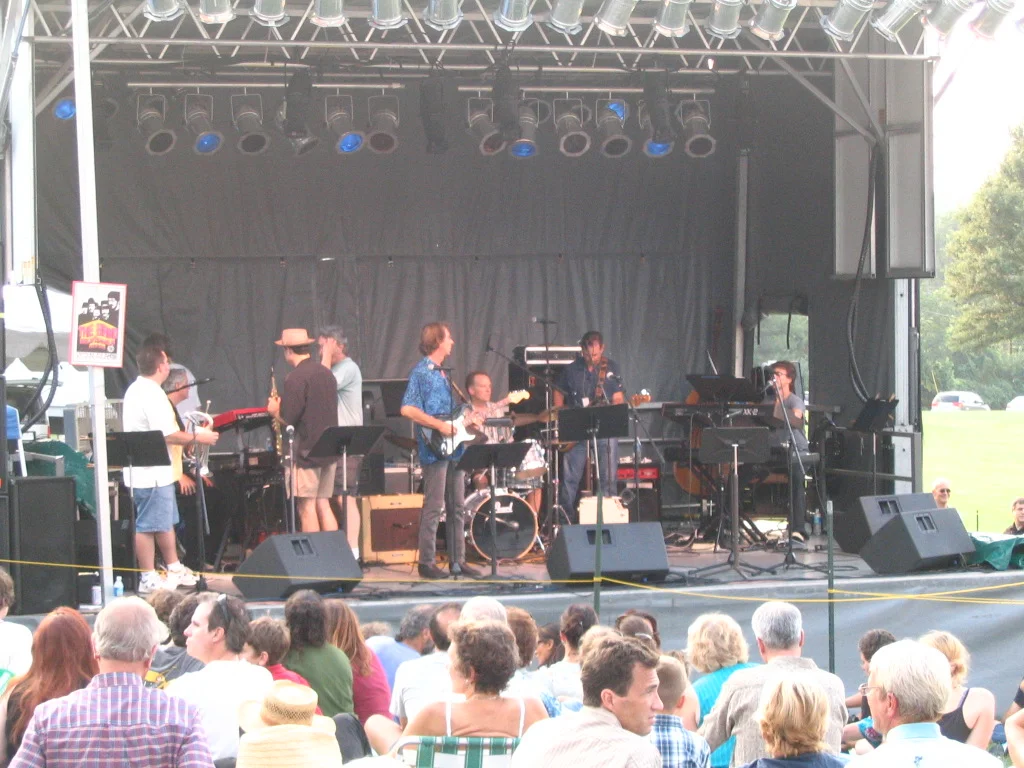
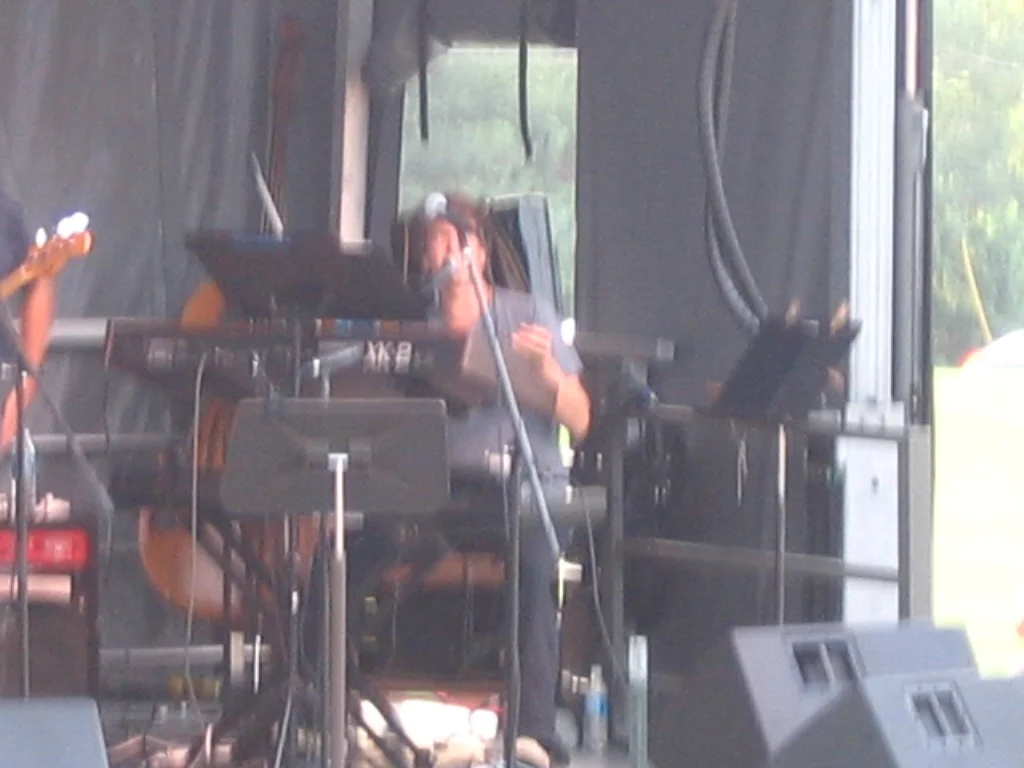
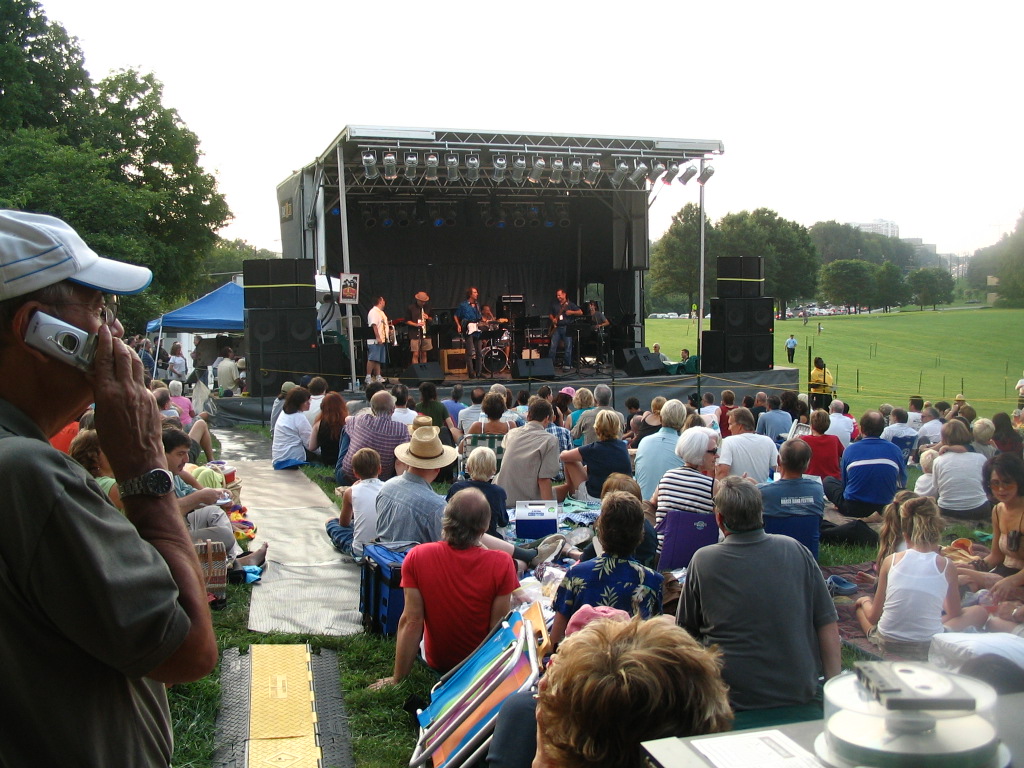
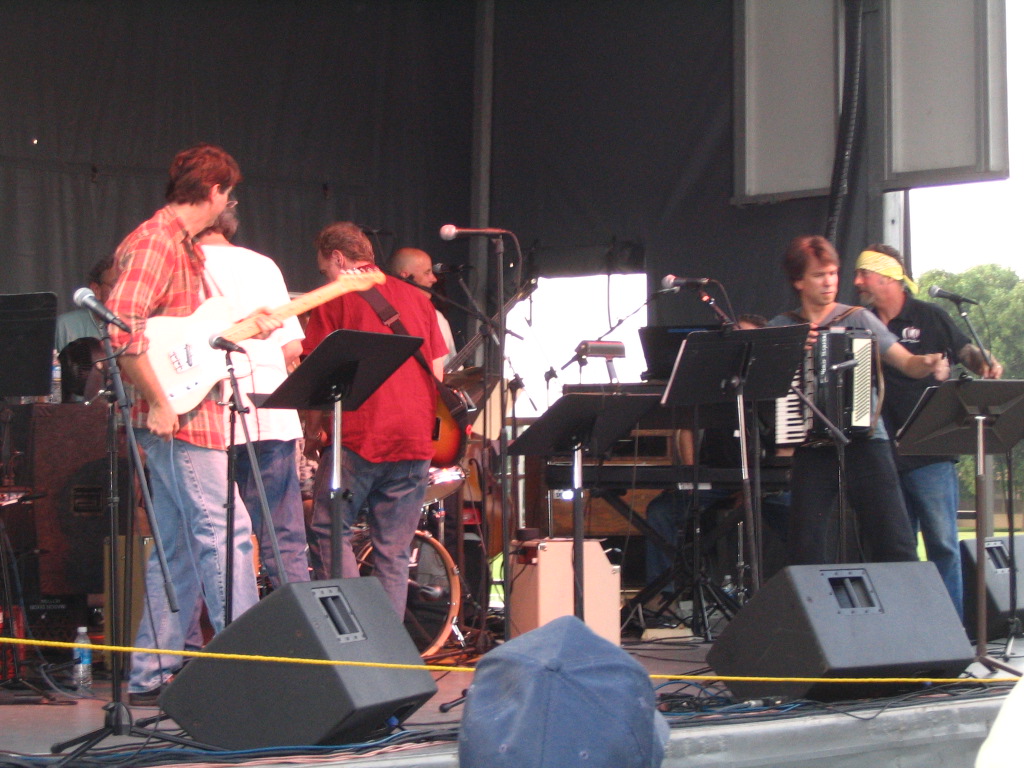
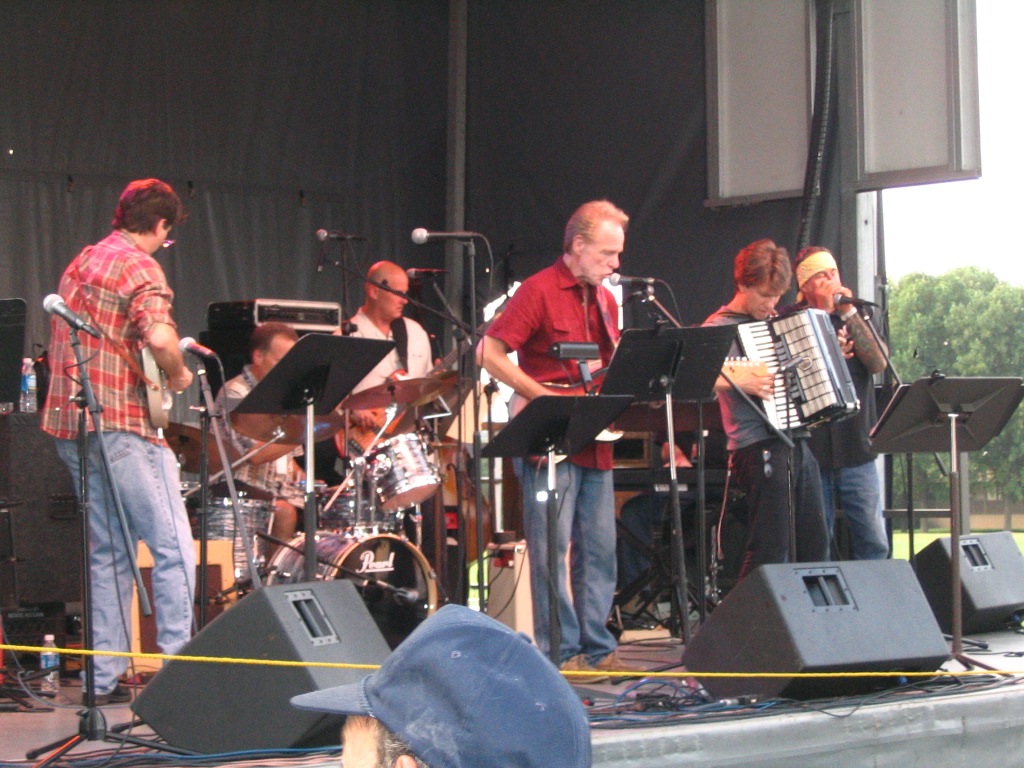
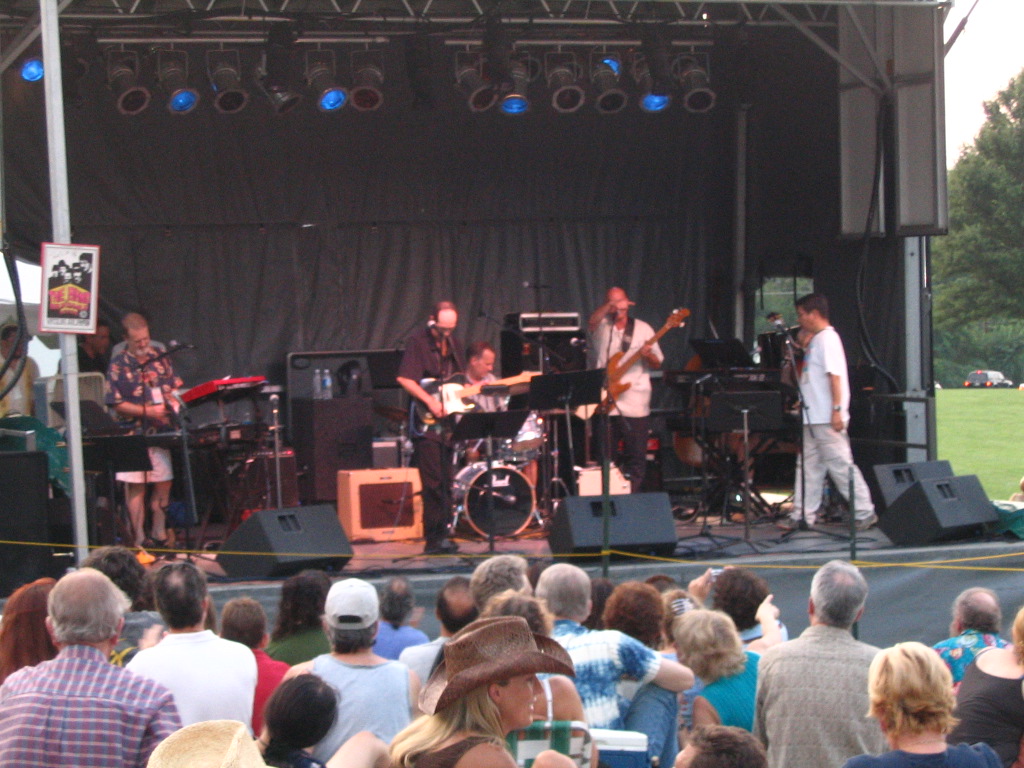
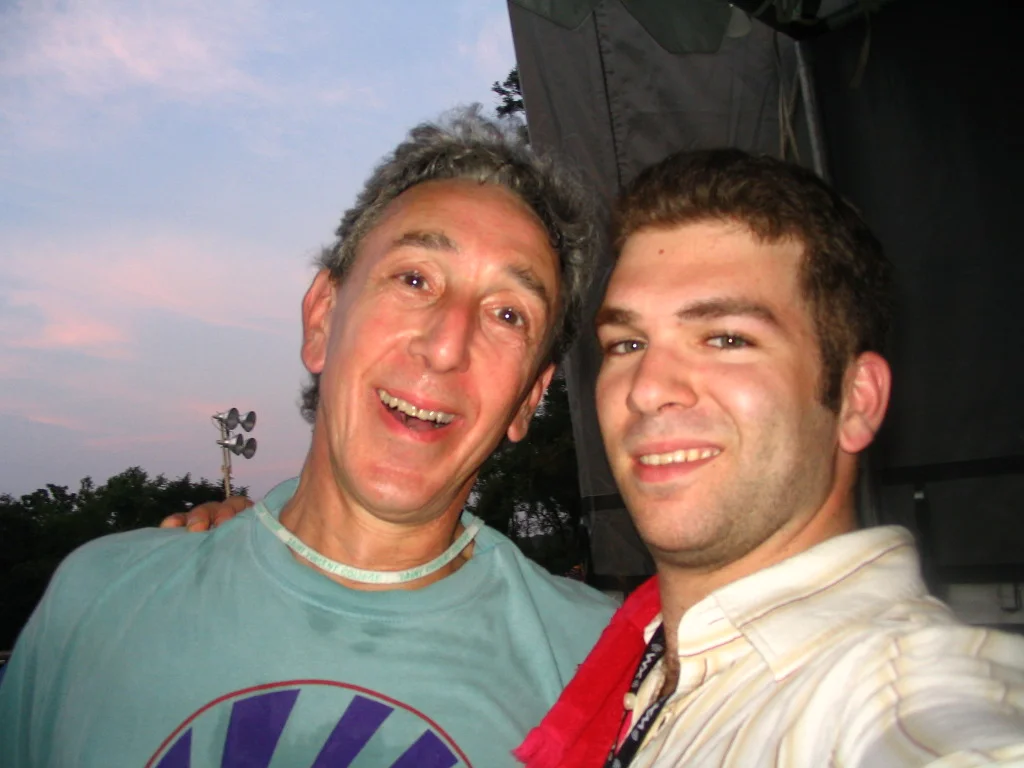
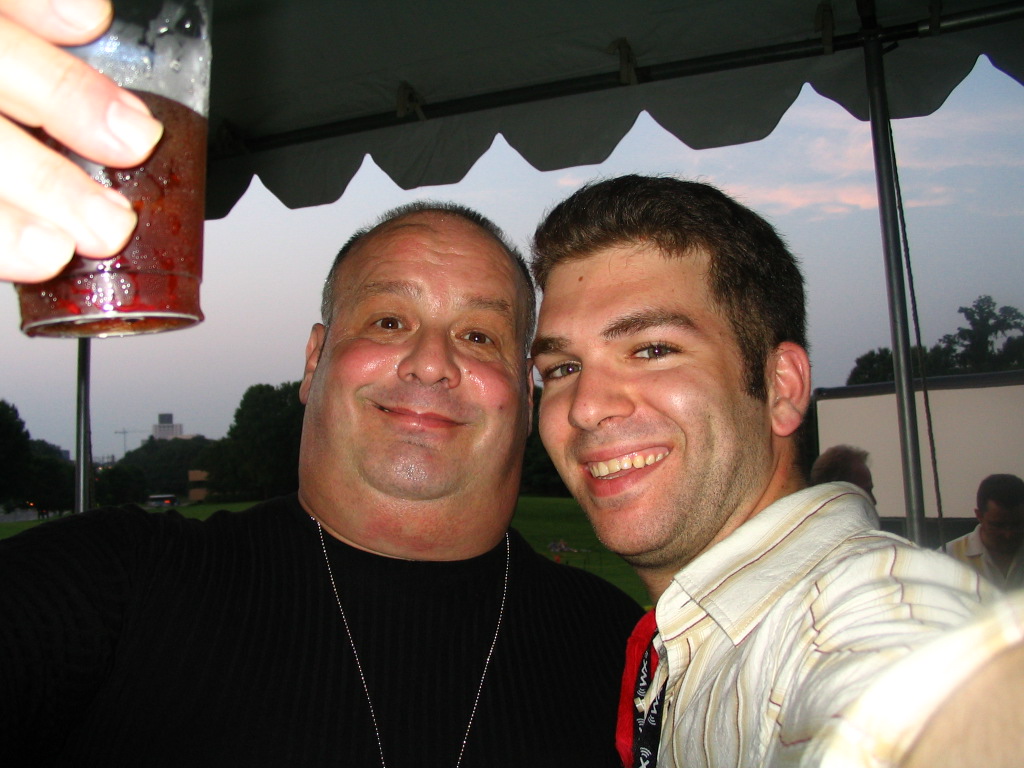
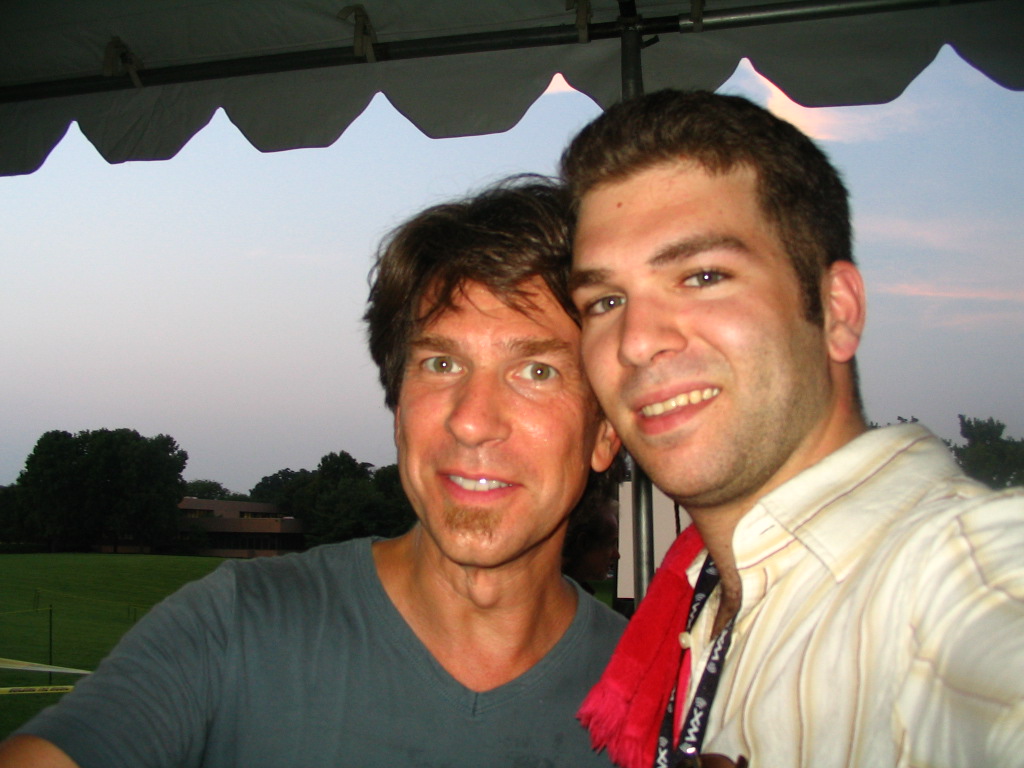
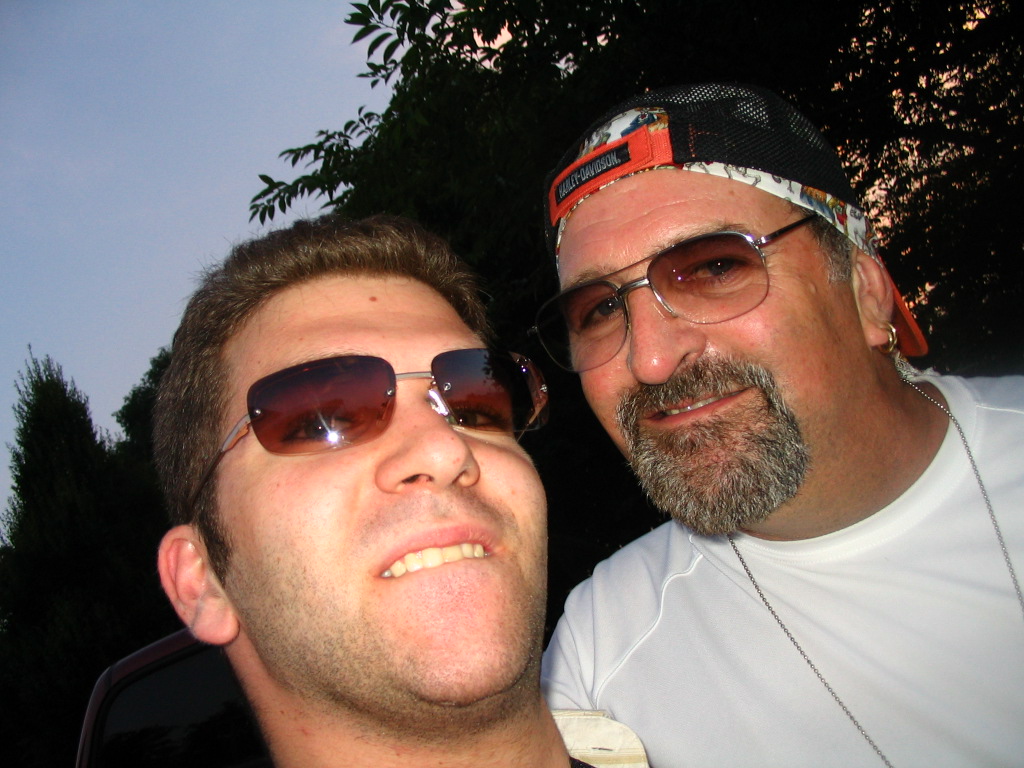
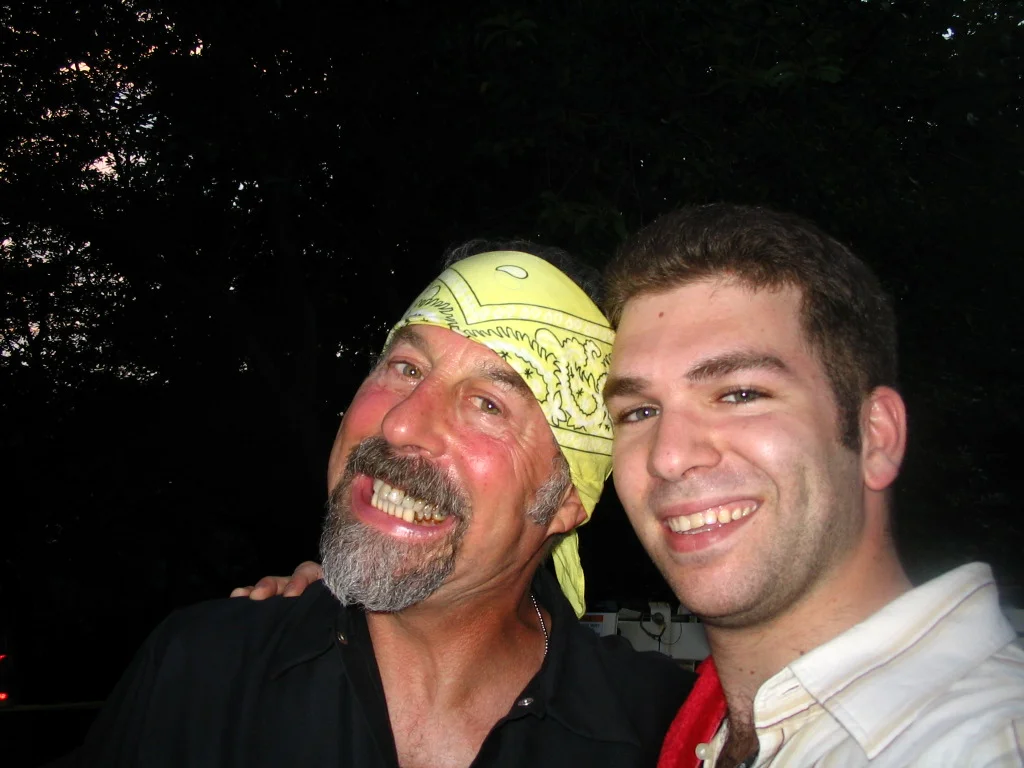
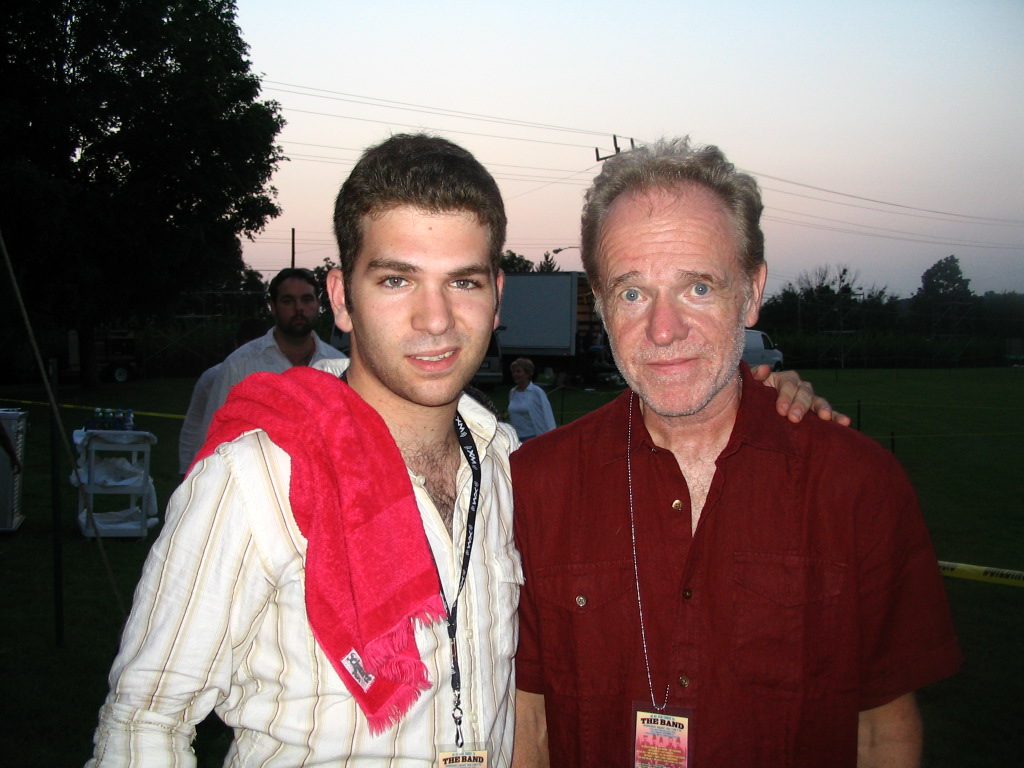
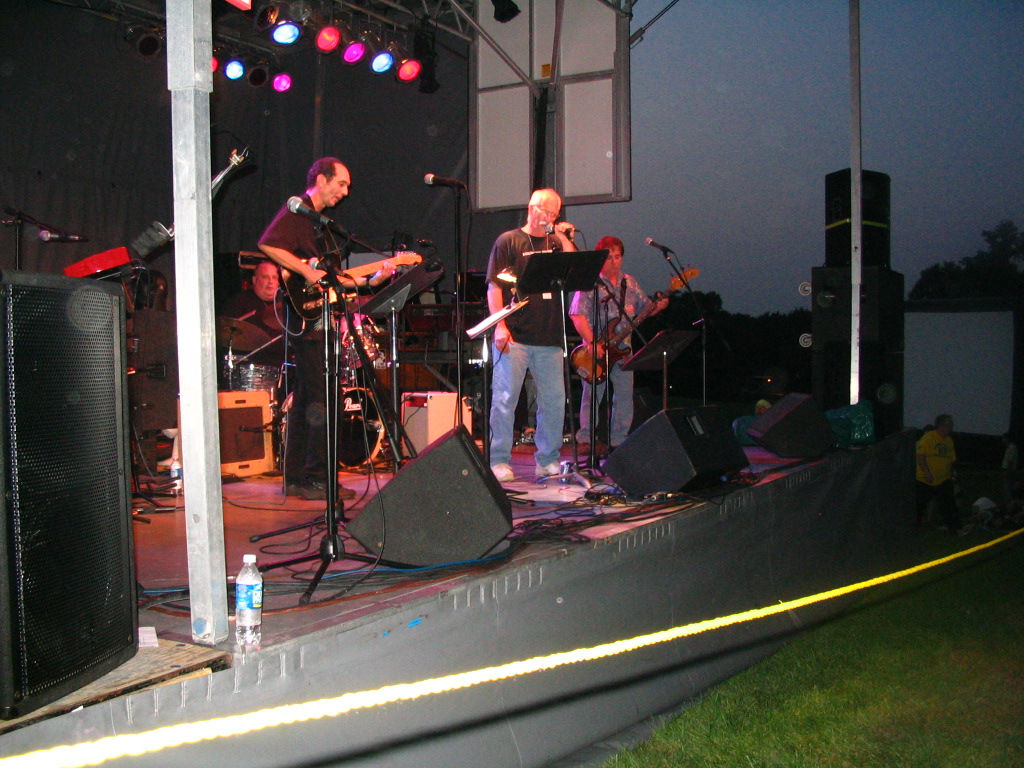
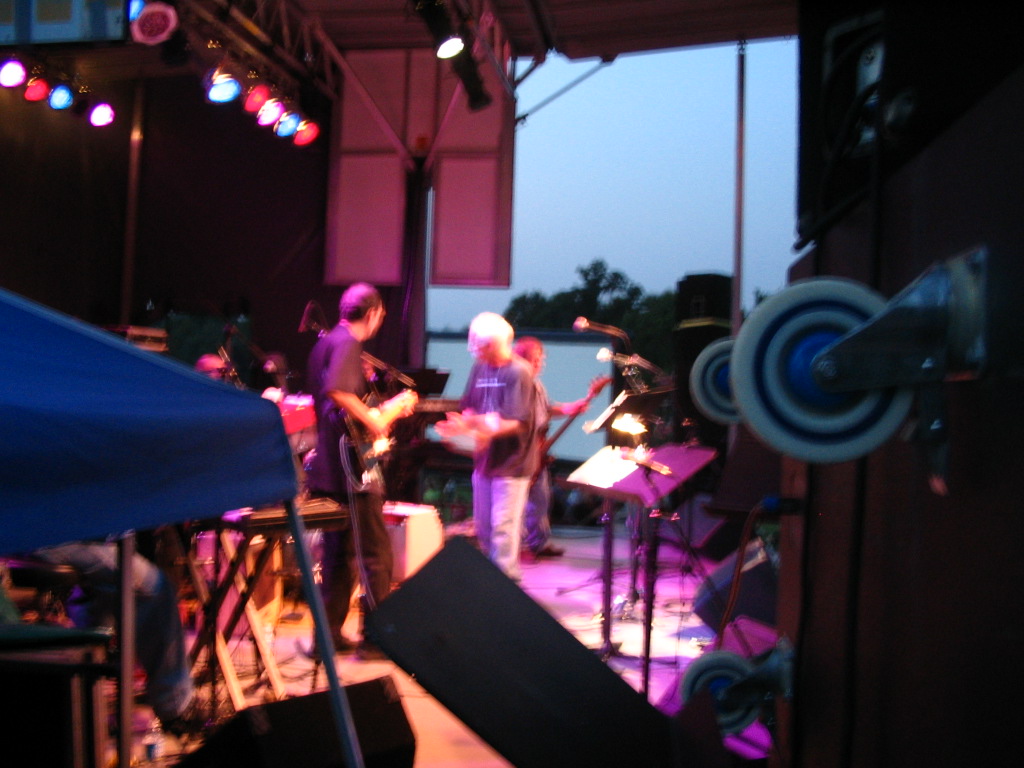
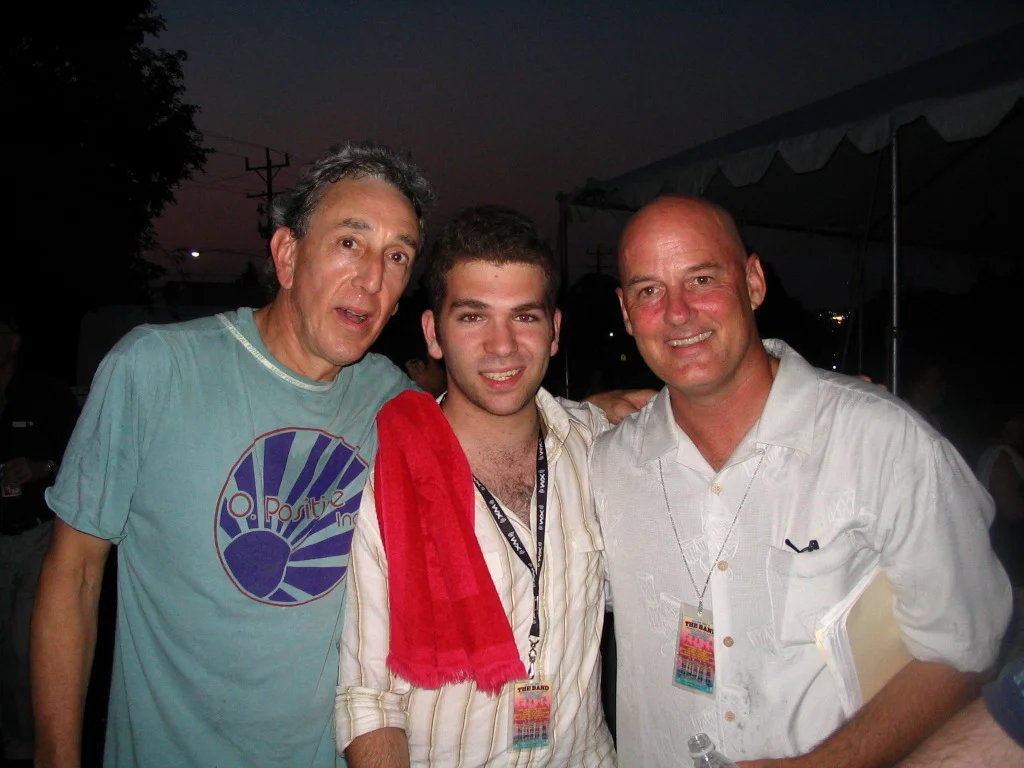
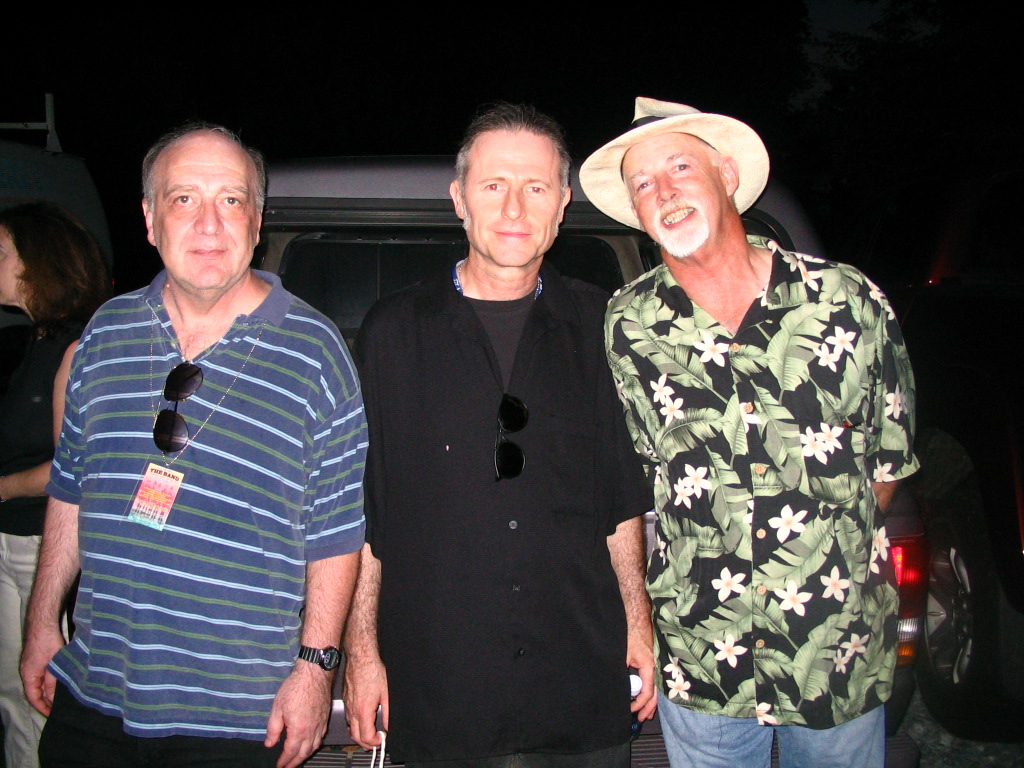
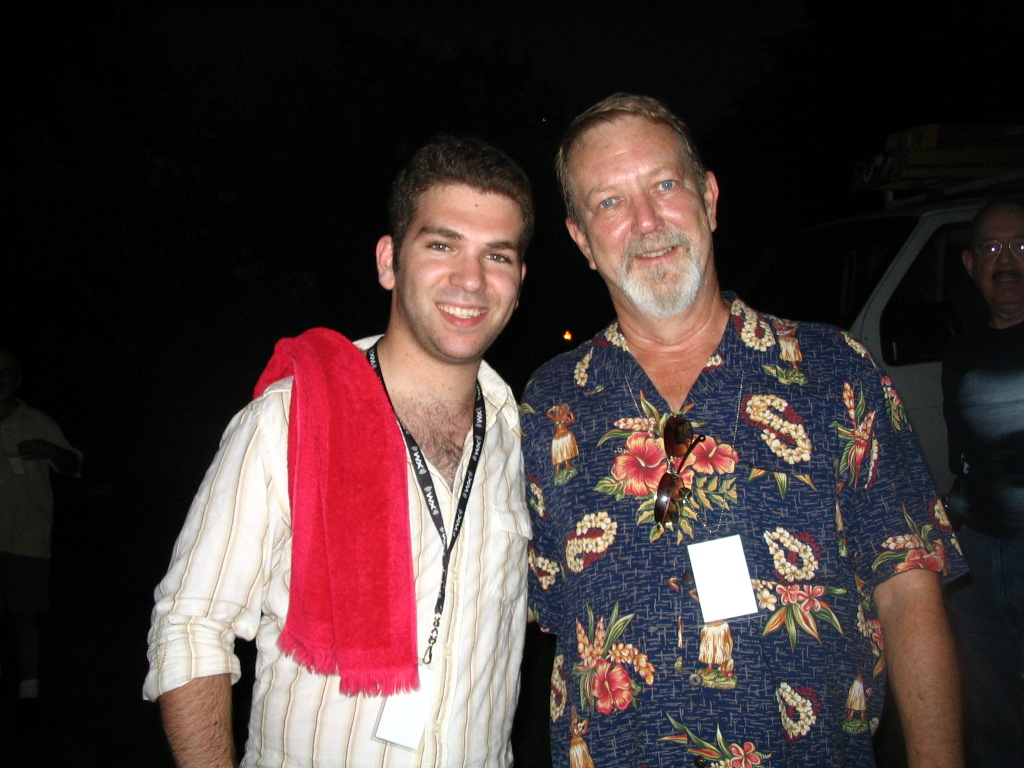
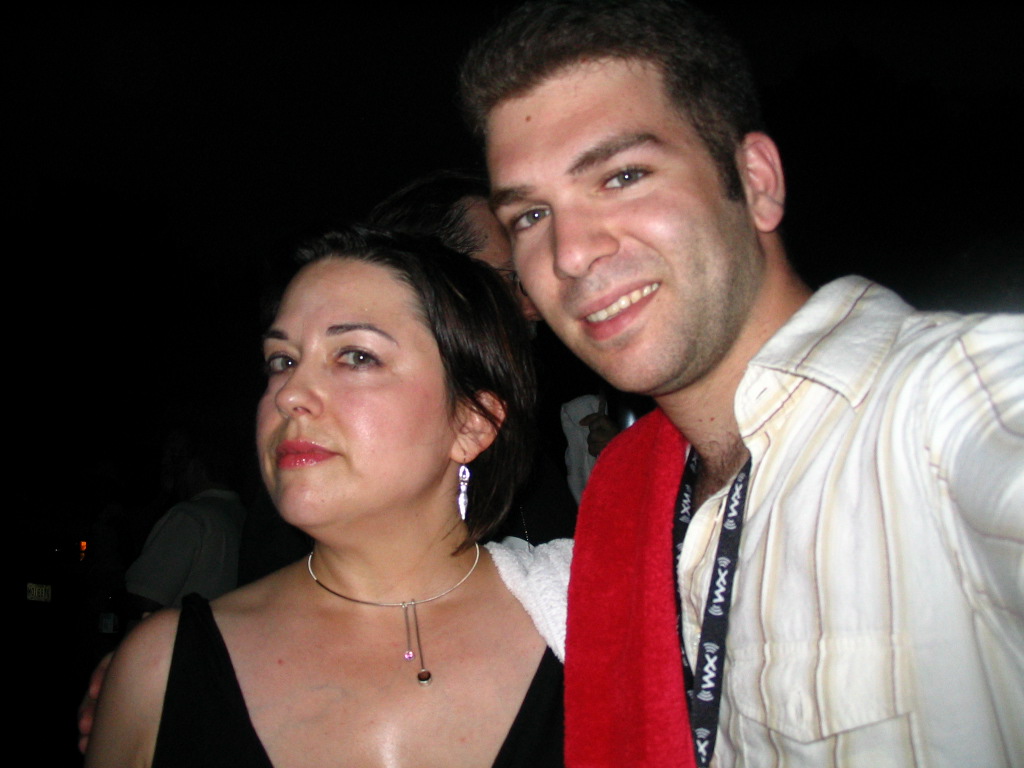
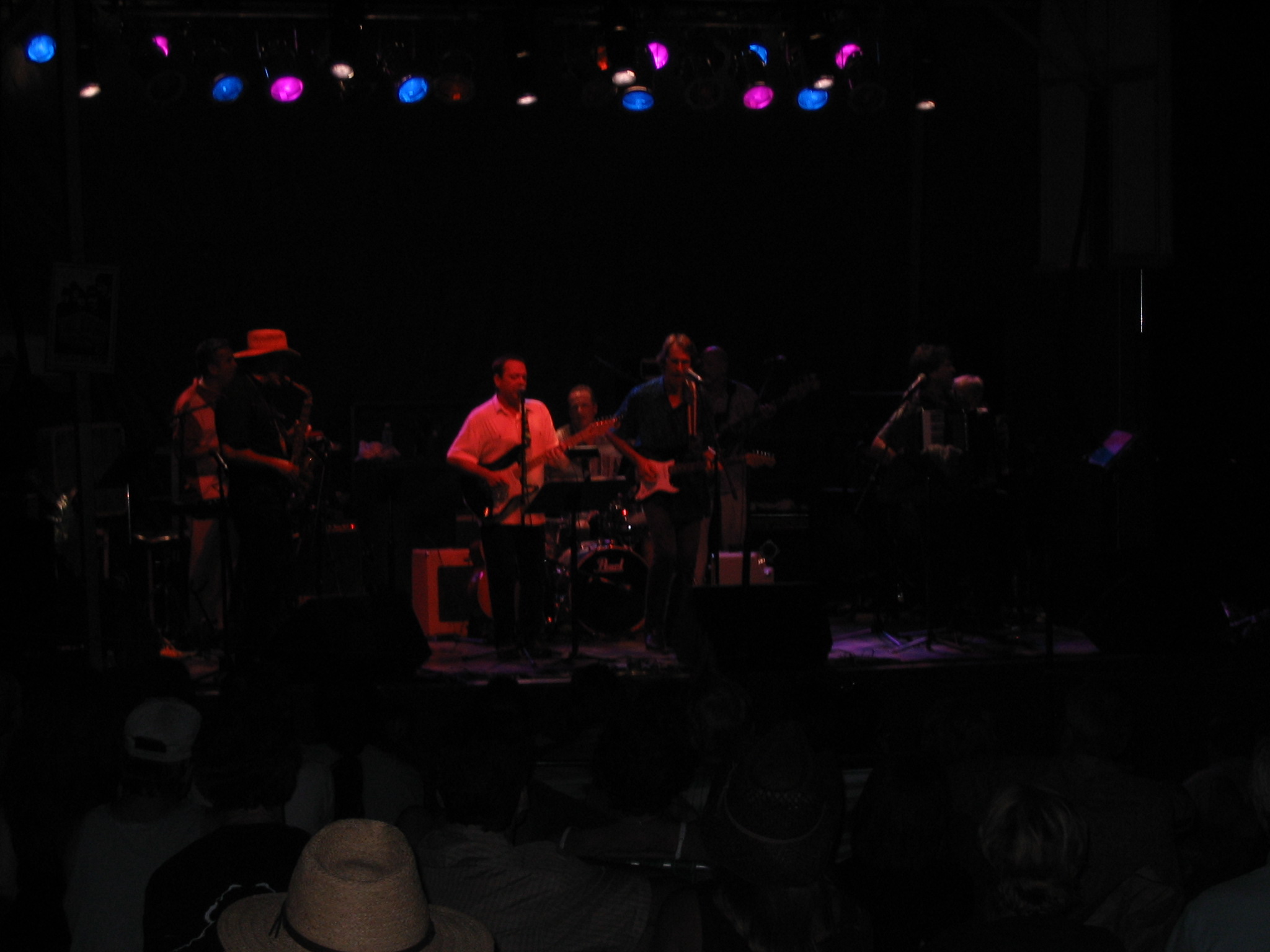
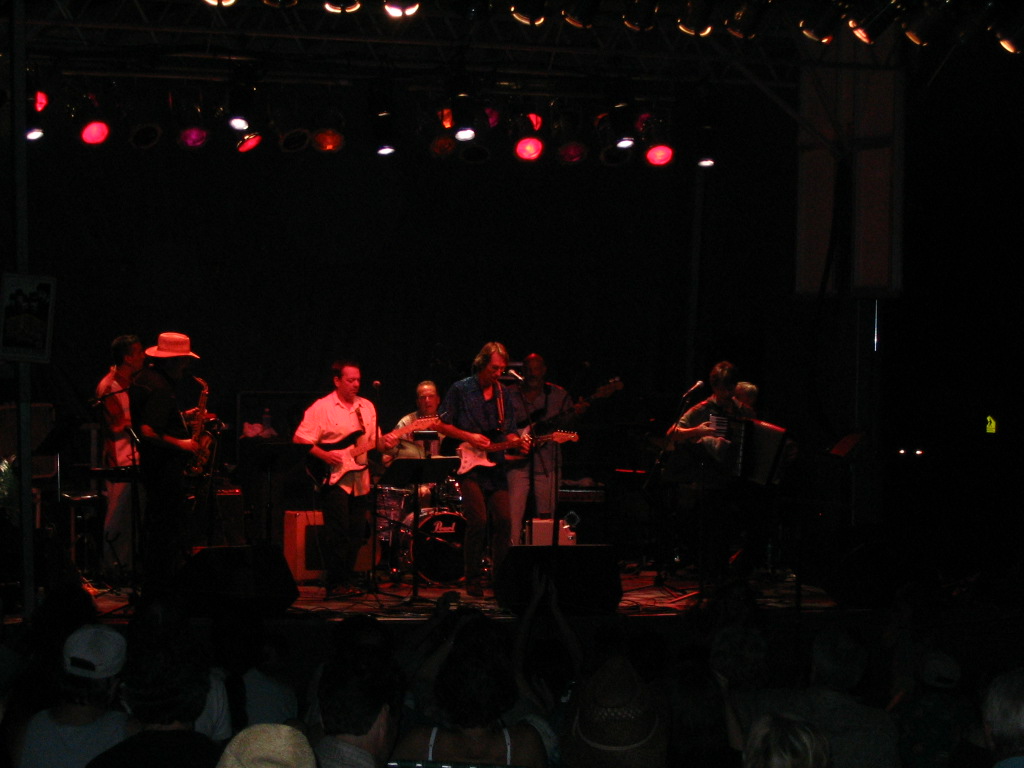
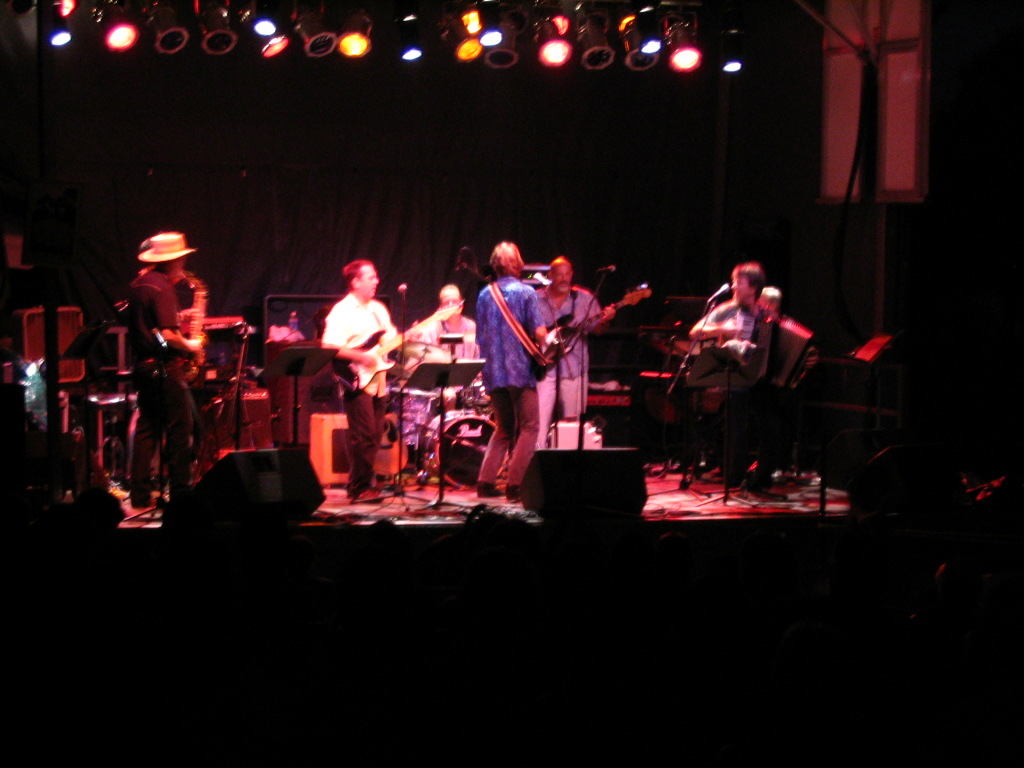
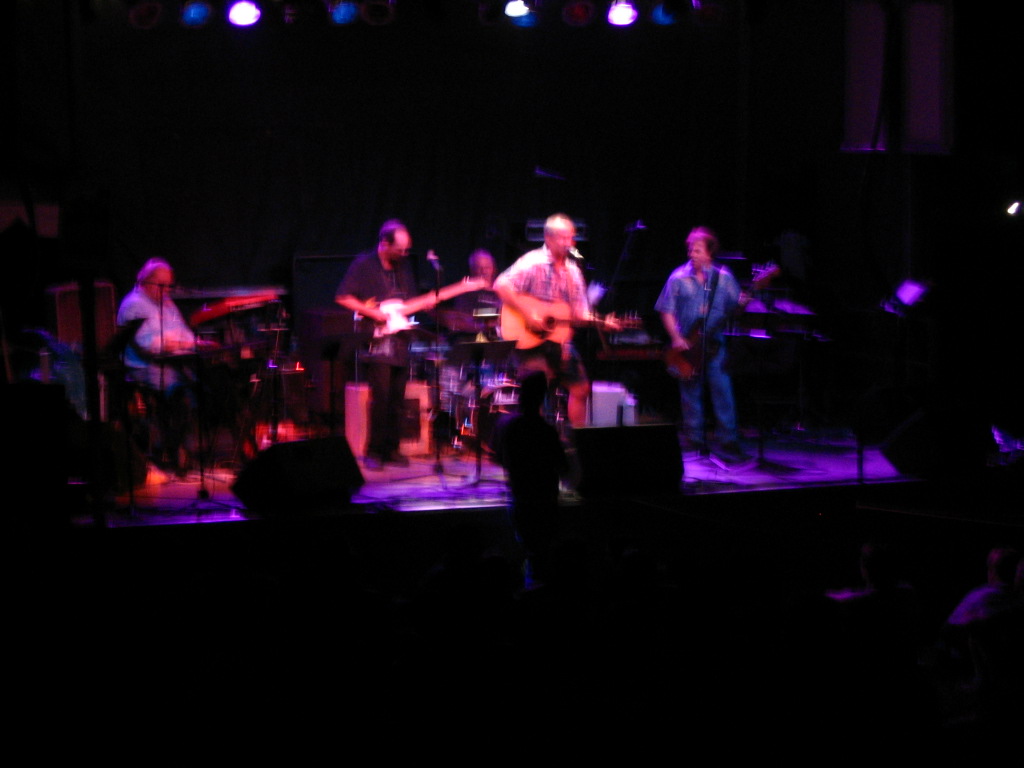
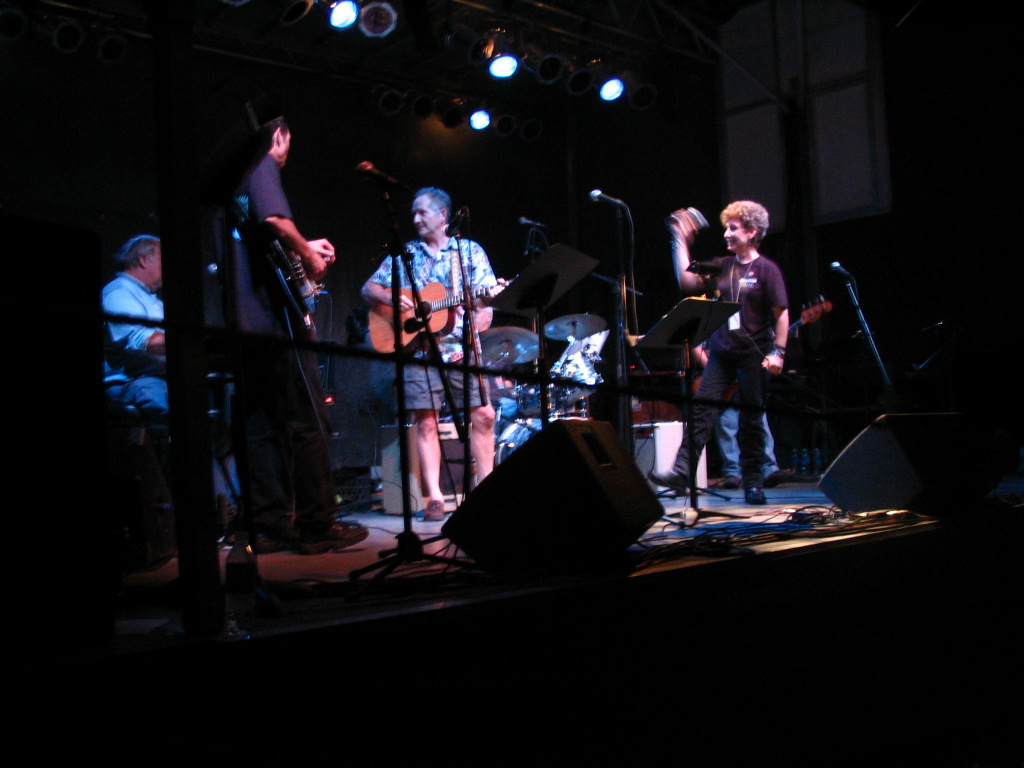
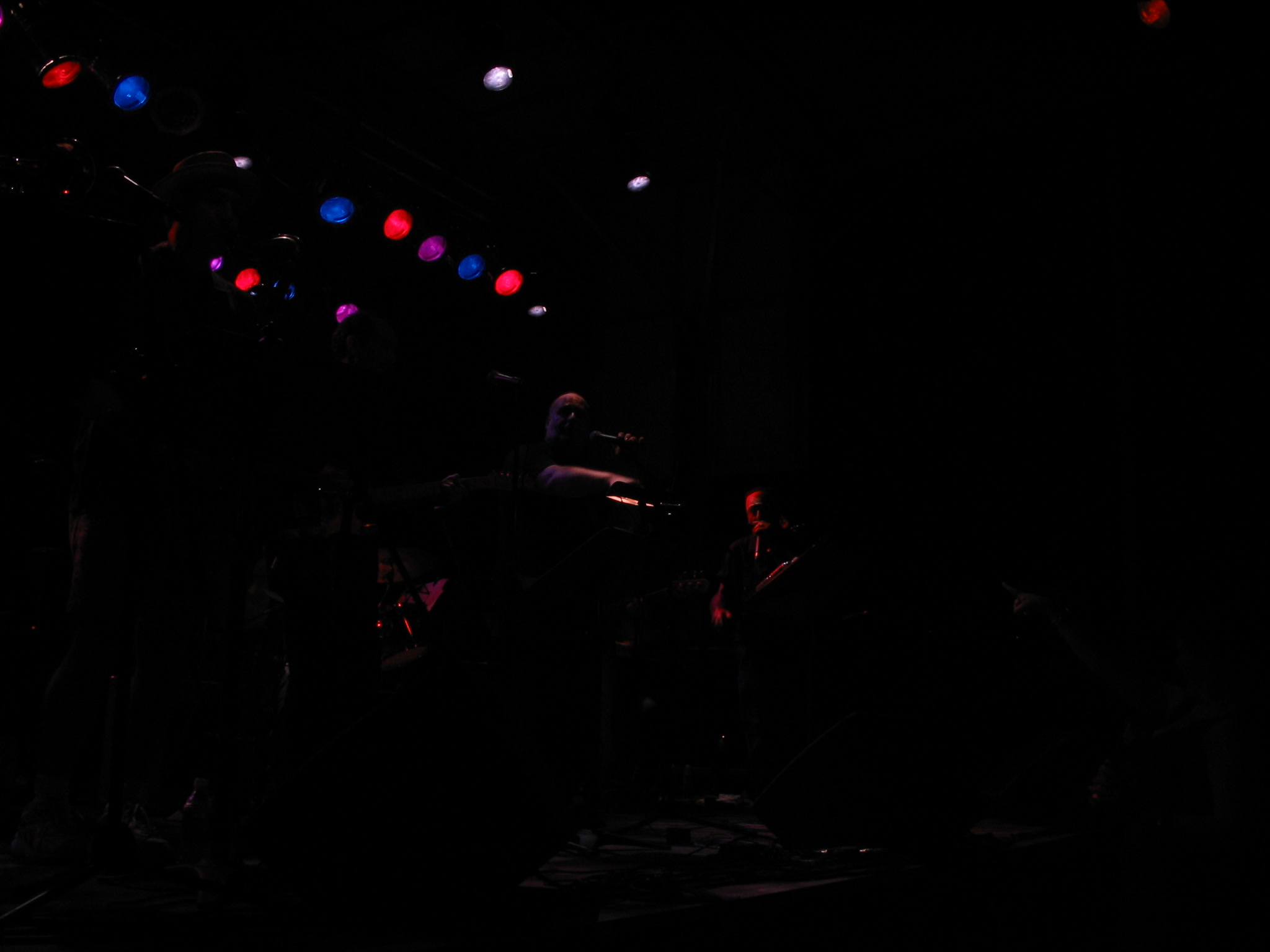
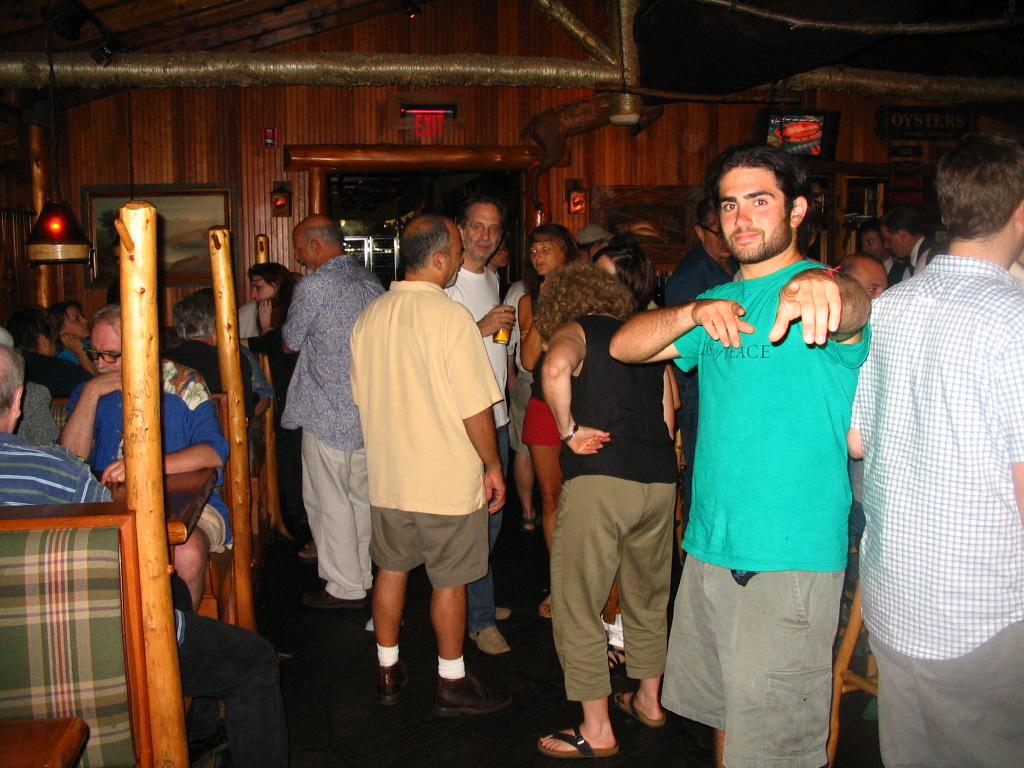
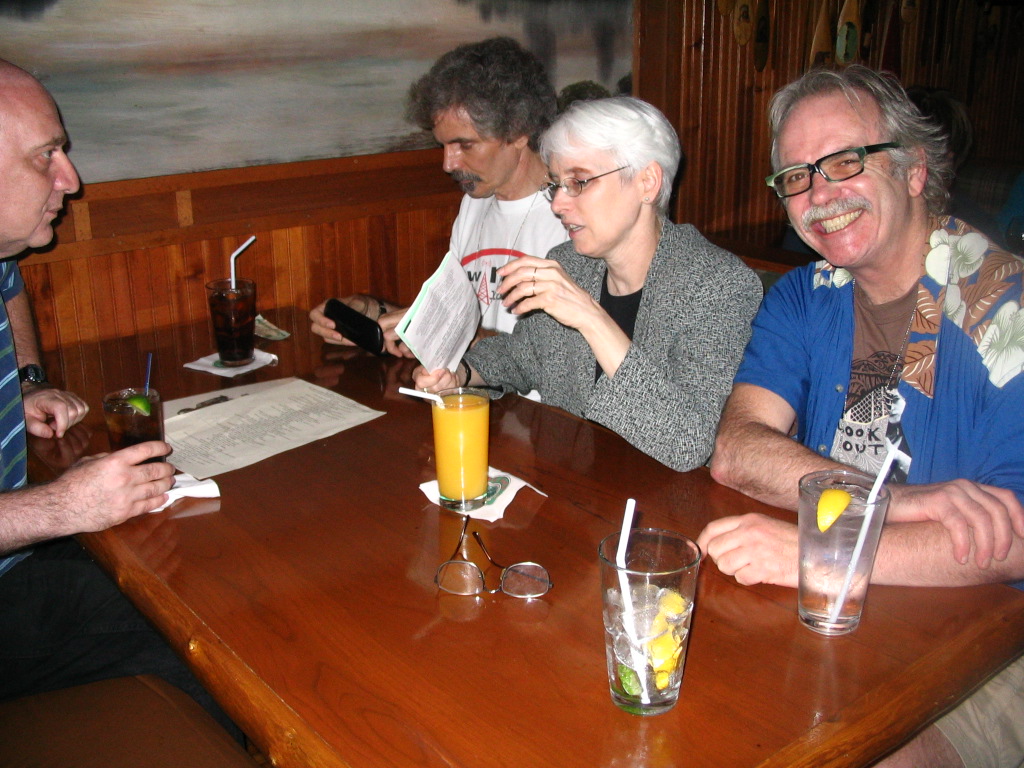
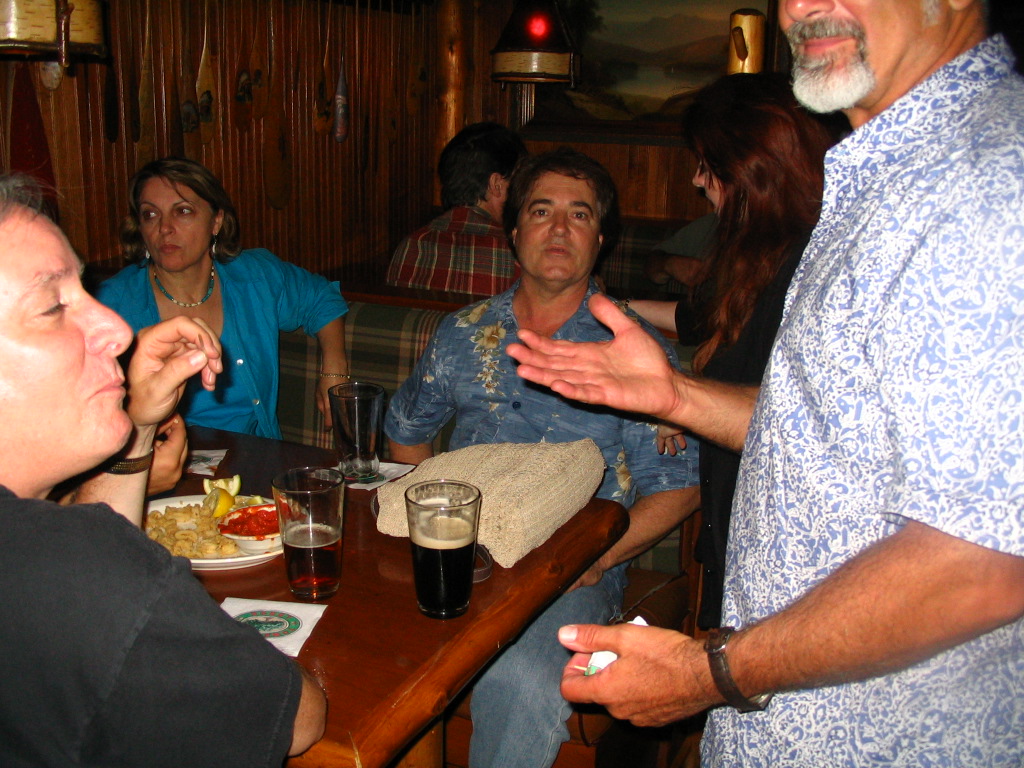
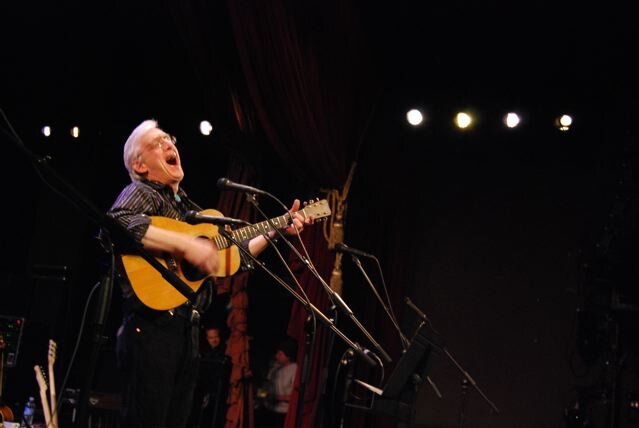
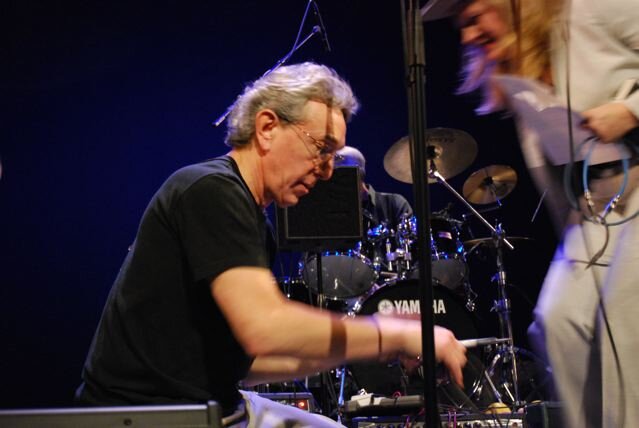
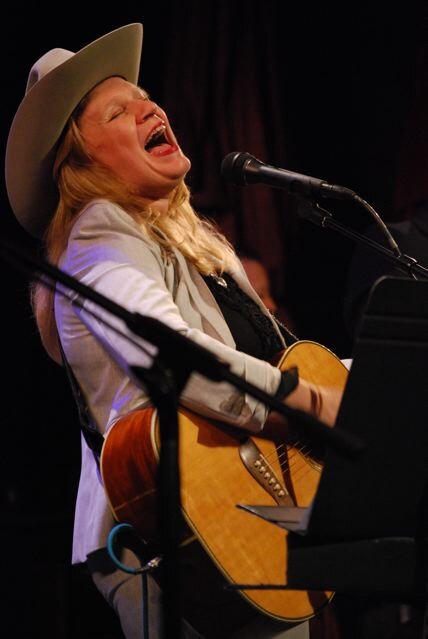
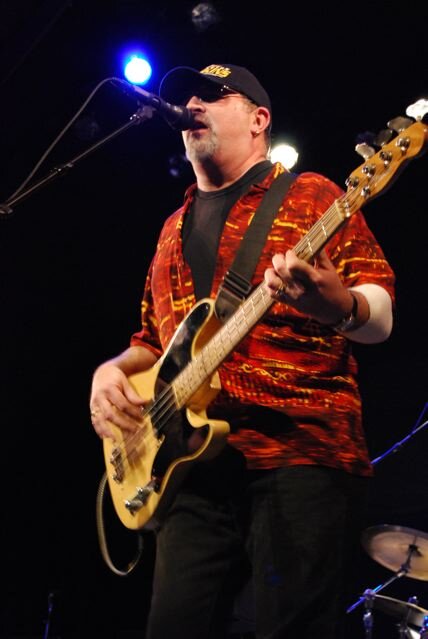
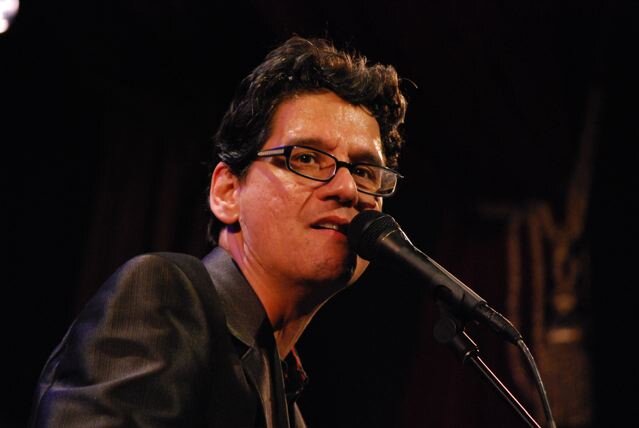
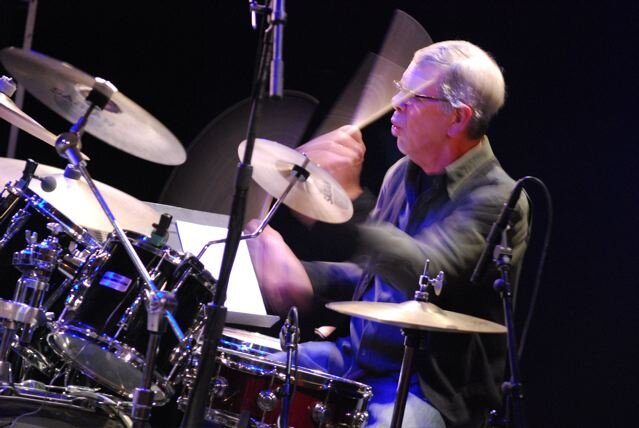
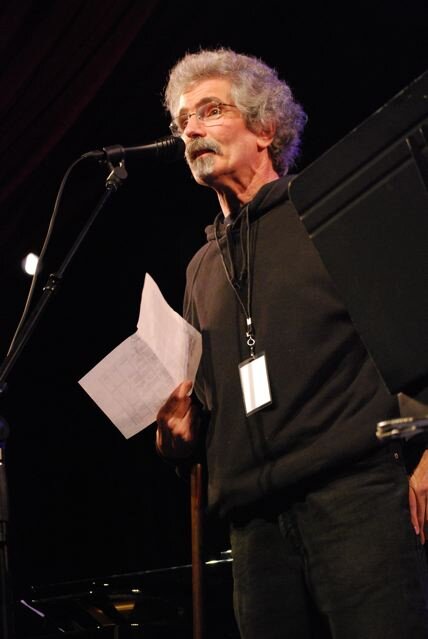
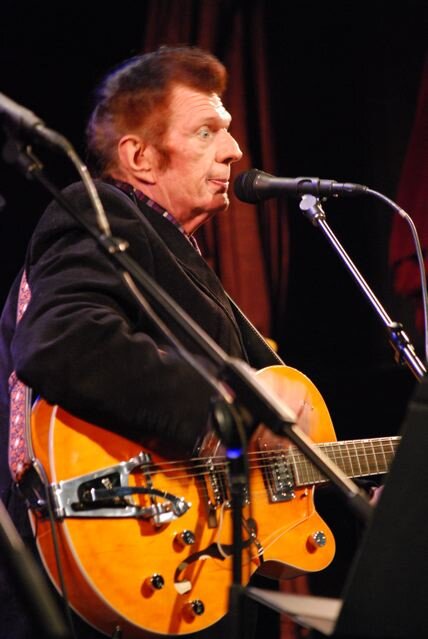
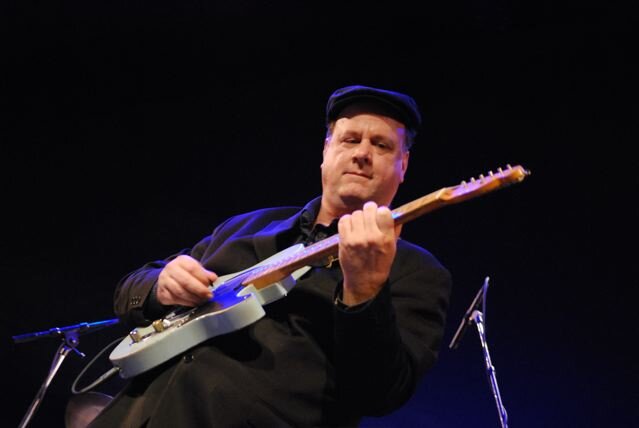
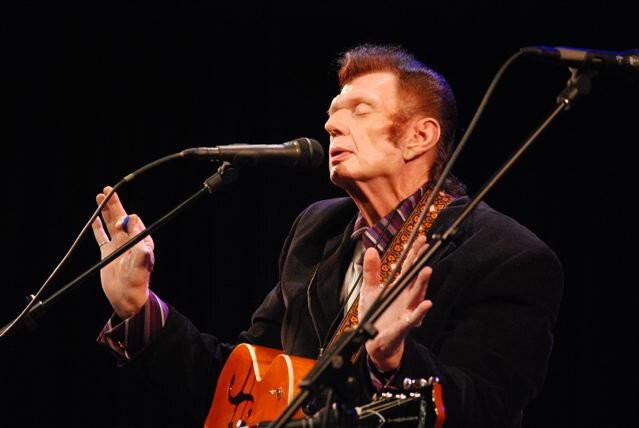
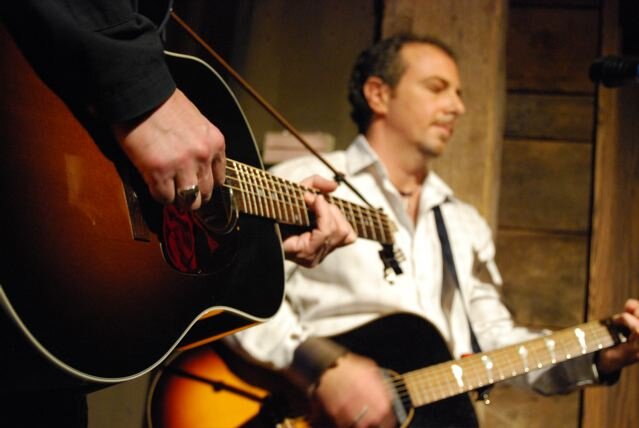
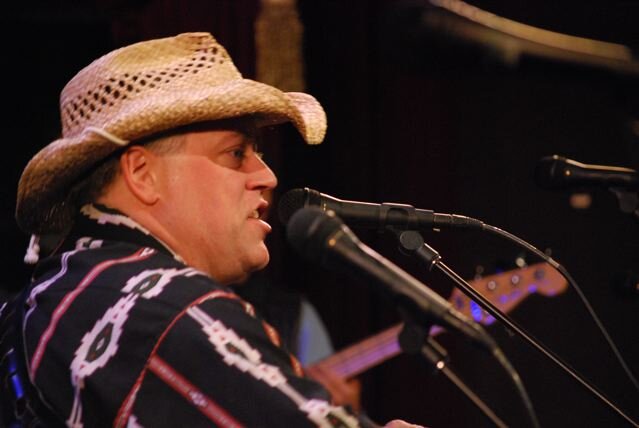
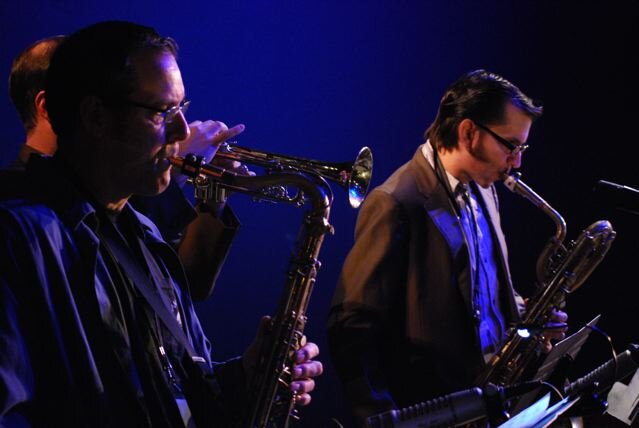
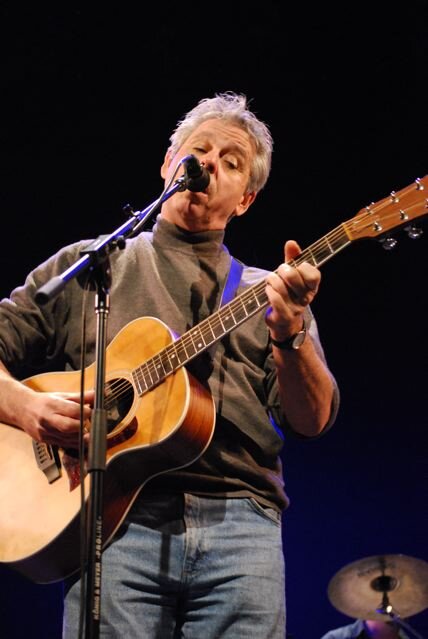

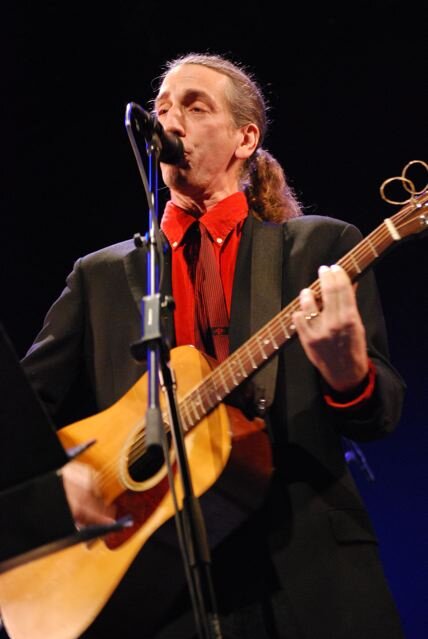
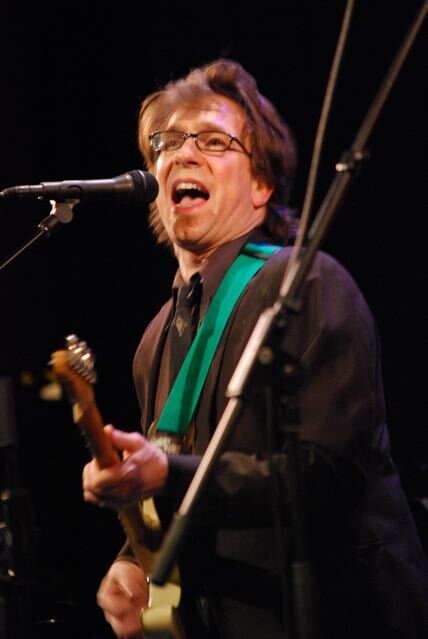
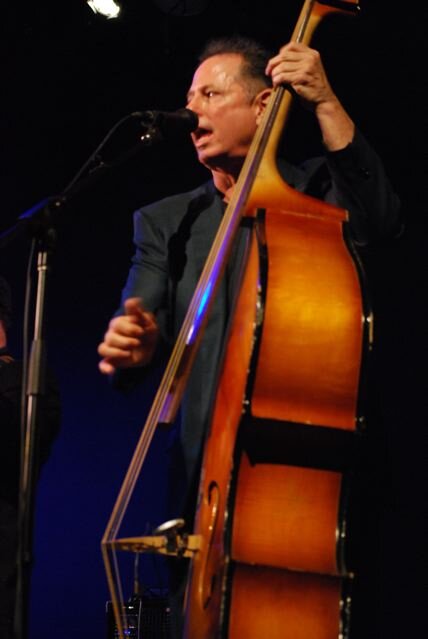
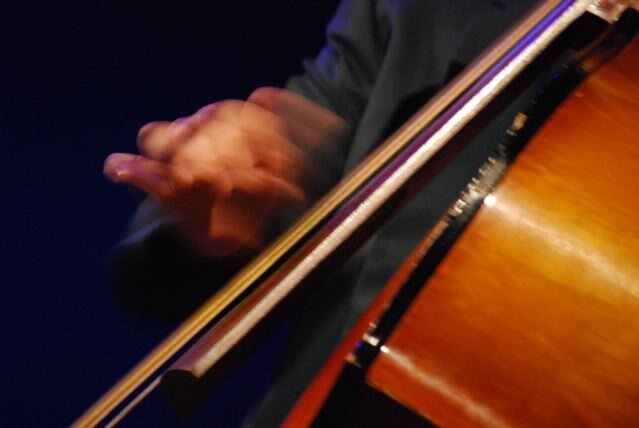
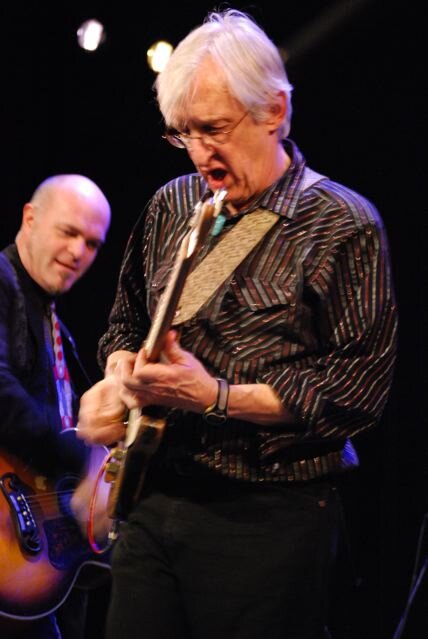
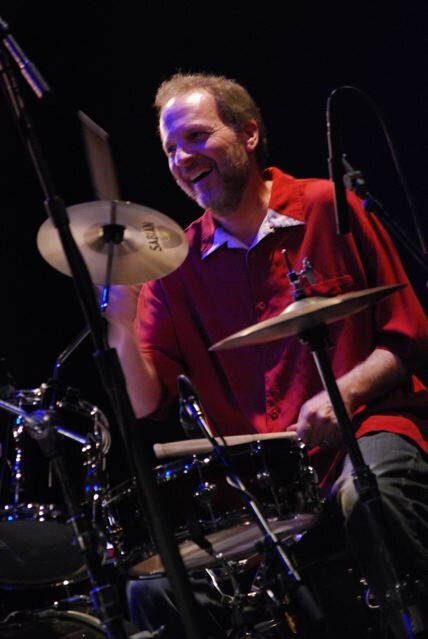
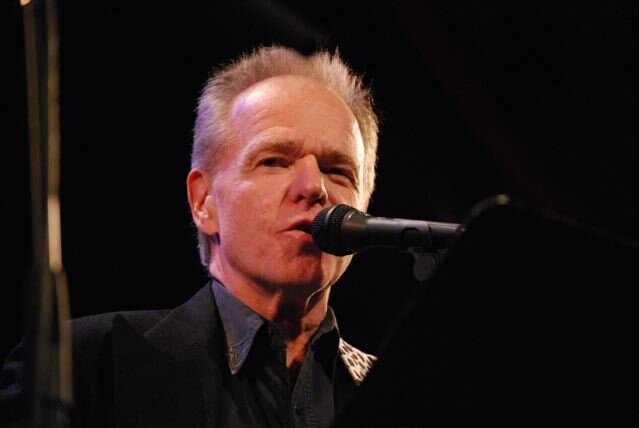
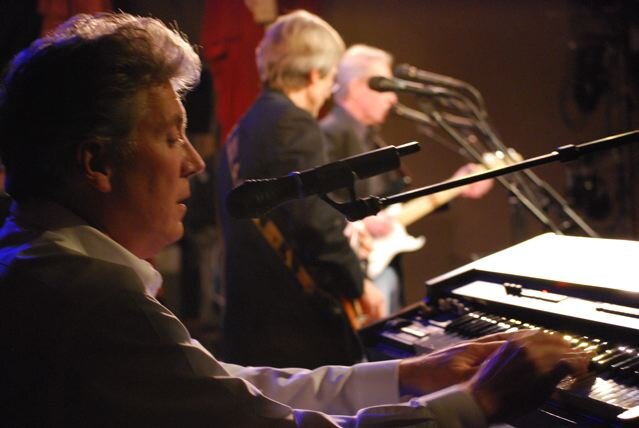
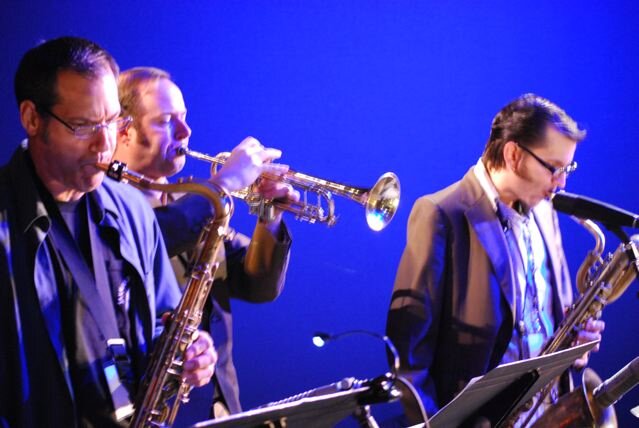
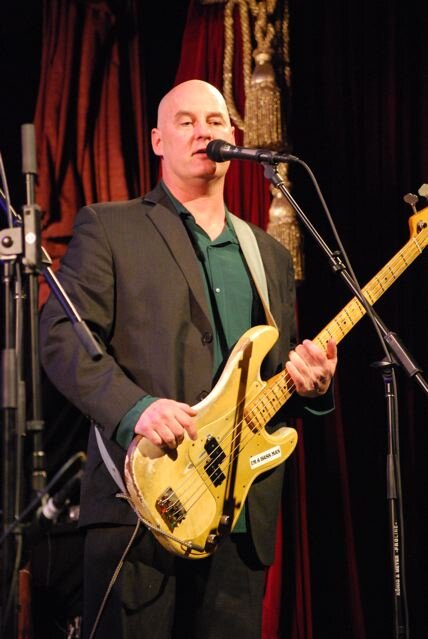

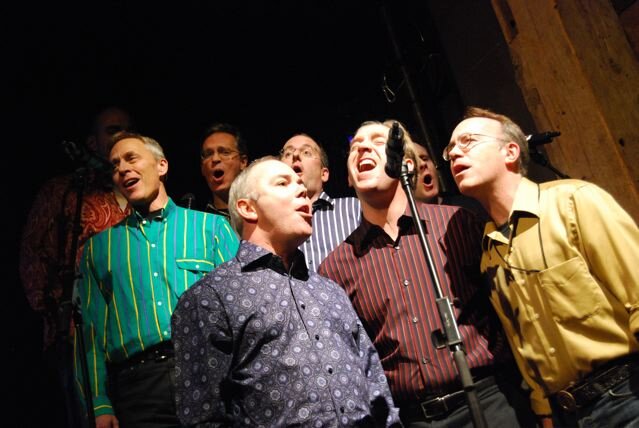
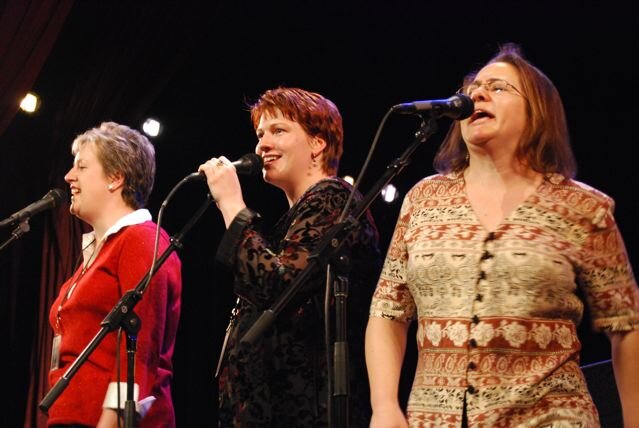
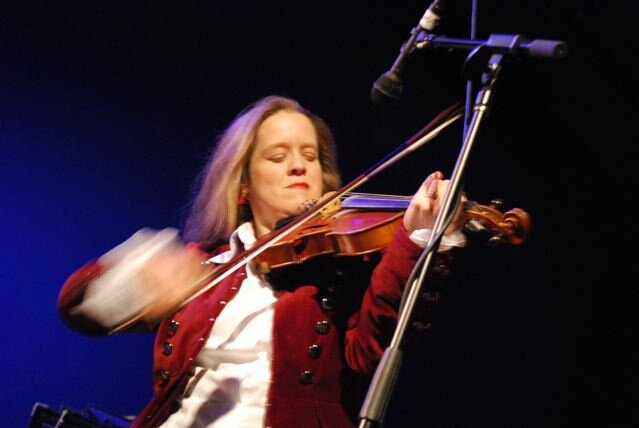
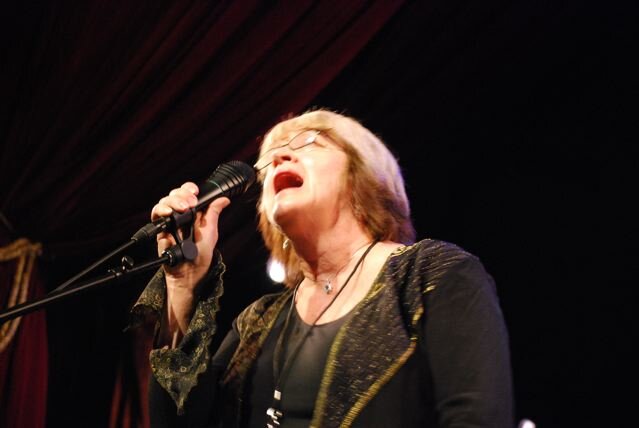
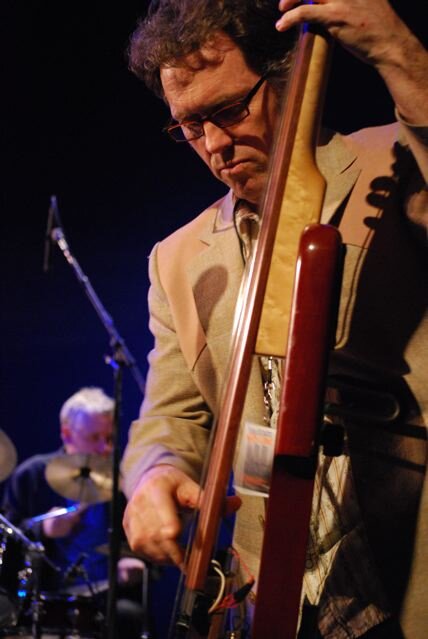
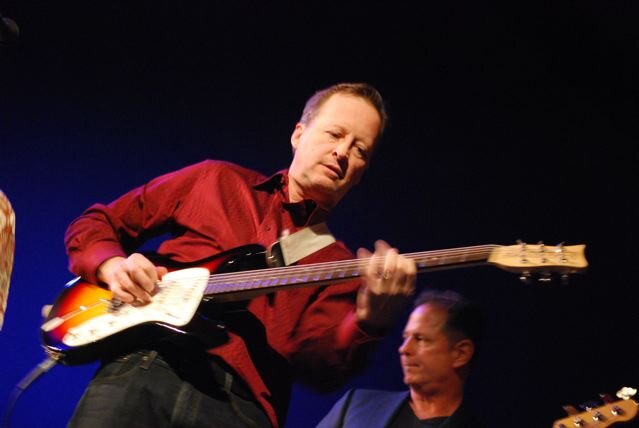


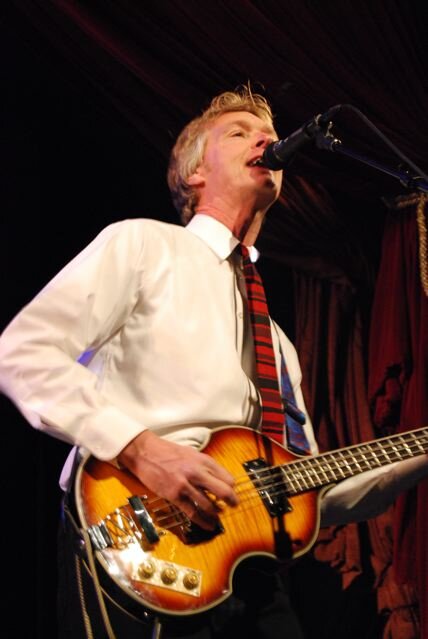
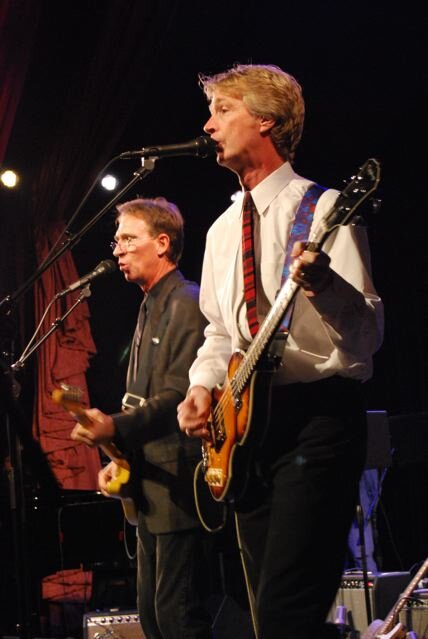
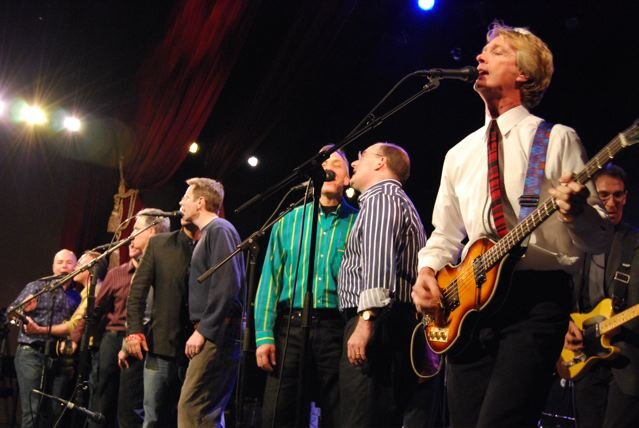
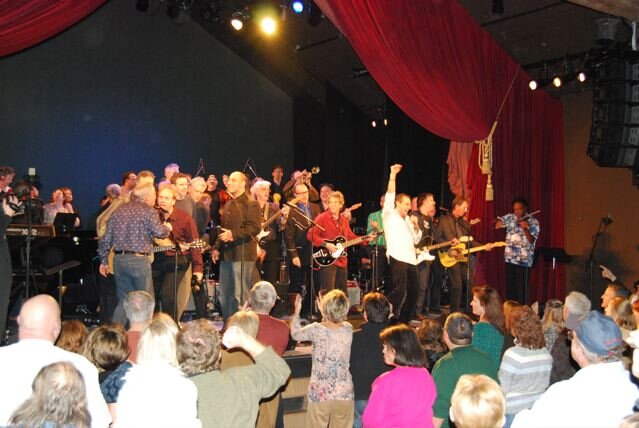
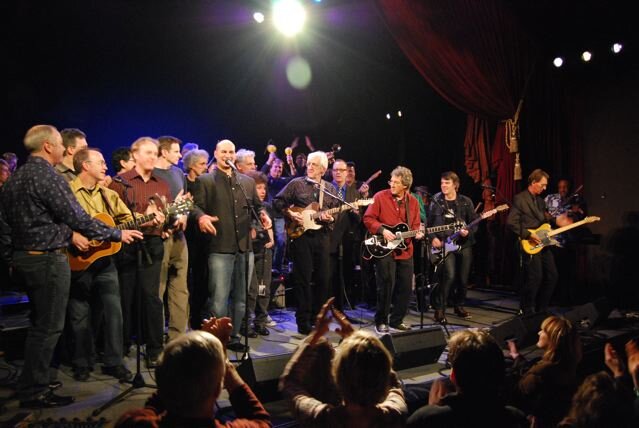
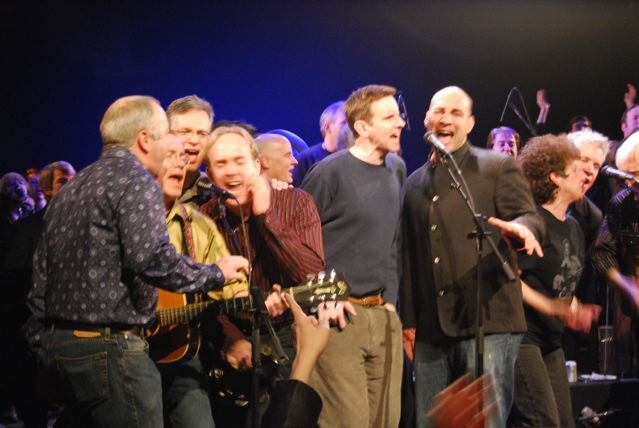
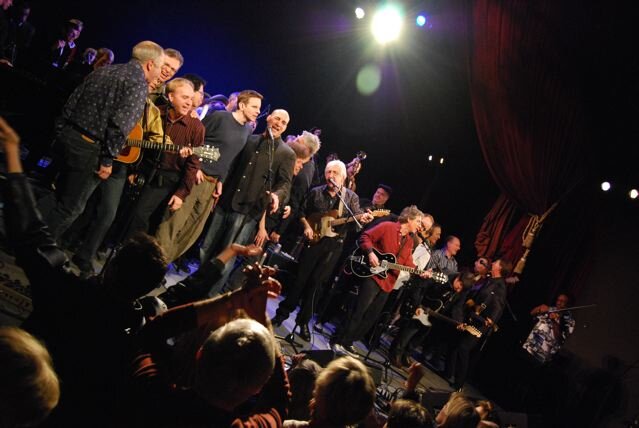
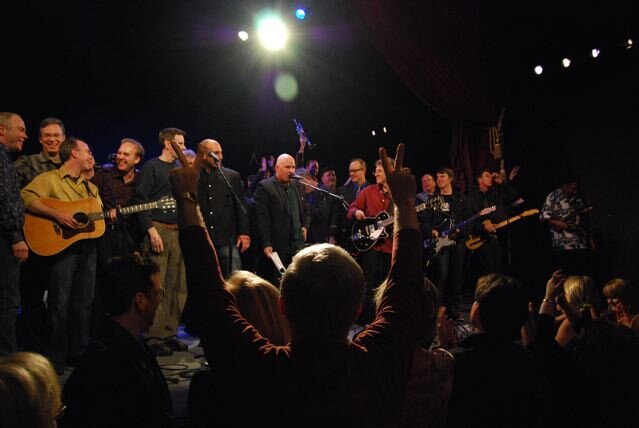
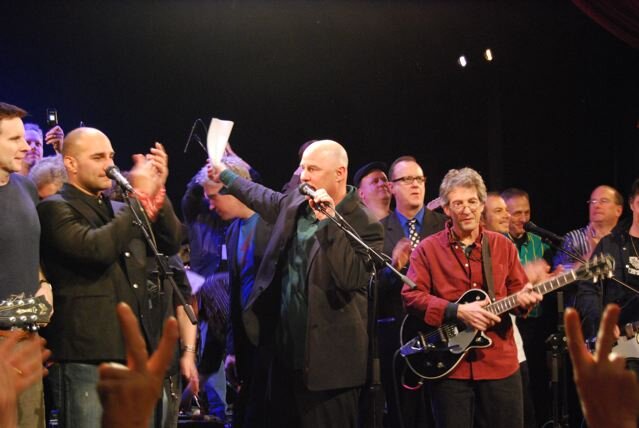
‘I’ve always felt quite like an outsider. I don’t really belong in the mainstream, and I quite like that. I wanted to be a bit more of a mischief maker’. Nick Lowe
Though he viewed himself as an outsider, Nick Lowe succeeded in establishing himself as a pioneer of the Brit pub rock movement, a visionary of the punk rock genre, a mainstay of both new waver and country music, a revolutionary record producer, and, at heart, a dedicated songwriter. A Tribute to Nick Lowe celebrates a truly phenomenal man revered in music history:
My doings with Nick date back over a third of a century, and he was and is one of my all-time favorite musicians, not to mention blokes. We met in the early 70's when the Brinsleys and Commander Cody crossed guitars in London. Since then I have had the enormous good fortune to play on several of his CDs, tour the world in his band, and in this last year, cajole him into playing bass and singing on my latest CD.
Forty plus years after he launched his music career, Nick Lowe remains a vibrant force, arguably at the top of his game today as a singer and songwriter. Anyone attempting a retrospective on Mr. Lowe confronts a staggering range of songs, productions and collaborations. With Brinsley Schwarz he defined pub rock in the early 70's, then as it gave way to the harder edge punk scene, produced Damned, Damned, Damned by, you guessed it, the Damned. Many consider this to be the first UK punk record. He also produced Elvis Costello's ground-breaking first three albums, plus a steady output of his own discs. Along the way he wrote (and sang) several songs which alone would assure him a slot on the All Star team; I Knew The Bride When She Used To Rock 'n' Roll, Cruel To Be Kind, which charted world wide, and (What's So Funny 'Bout) Peace, Love and Understanding, which has rightly become this wicked world's de-facto peace anthem. His cohorts have included Dave Edmunds in Rockpile, Ry Cooder, John Hiatt in Little Village, and Johnny Cash.

Album Cover art by Dick Bangham

Click the album cover to listen to the entire Woodstock record
I missed The Woodstock Music and Art Fair. It didn’t miss me.
In August of 1969, I chose to stay in Washington to fight some revolution–I was with Quicksilver Times, the radical paper that started publishing that June and had only put out a few issues. Woodwind (An Arts Paper) was a year away; the Washington Post was something I read every day.
Instead, Woodstock came to me, first as news reports in the Post and on television, then as spirit and vibes, and finally as legend in which half a million young folks come together in peace and harmony under conditions severe enough for the festival to be declared a disaster area.
As a gathering, Woodstock Nation was temporary; as an ideal, Woodstock Notion would be lasting. Time magazine immediately recognized “The Message of History's Biggest Happening" as “the moment when the special culture of U.S. youth of the '60s openly displayed its strength, appeal and power...it may well rank as one of the significant political and sociological events of the age.”
As proto-rock critic Ellen Sander wrote in The Saturday Review a month later, “the largest number of people ever assembled for any event other than a war [a bit hyperbolic but well-intentioned] lived together, intimately and meaningfully and with such natural good cheer that they turned on not only everyone surrounding them but the mass media, and, by extension, millions of others, young and old, particularly many elements hostile to the manifestations and ignorant of the substance of pop culture."
That We Are the New World message quickly became the Myth of Woodstock, multifaceted, ever evolving and still surprisingly potent 40 years on in the face of both celebration/exploitation—you may have noticed a few anniversary tie-ins in the marketplace–and passionate debunking that seldom has anything to do with the music, which was plentiful but hardly as memorable as...er, memory would have it.
The most famous music gathering in history didn’t appear in a vacuum, of course. The specific “Three Days of Peace and Music" represented months of planning and by-the-seat-of-many-pants retrenching and adapting. But the “Aquarian Exposition" elements had been brewing for most of the decade and Woodstock didn’t inspire the
counterculture movement so much as reflect and embody it.
It was both a reaction to things - as serious as segregation and unjust wars, as slight as parental authority and traditional sexual mores – and an embrace of possibilities–brotherhood, peace, psychedelics, and each other. As I recall, quite fondly, the Summer of Love had started in 1967.
Coming less than a month after the original moonwalk, Woodstock seemed close enough to the end of the decade to signal a celebration of the ‘60s, the apex of the counterculture movement and the solid entrenchment of Free Speech/Free Love/Free Your Mind And Your Ass Will Follow (George Clinton said that)..
Sadly, there were a few more months to go in 1969 and that left room for Altamont, which came to represent the downing of the Age of Aquarius and the nadir of the movement. The organizers of Woodstock had purposely excluded the Rolling Stones because of their reputation for attracting (sometimes inciting) violence. Ironically, initial media reports about Woodstock were negative, crowd-control focused.
Had the Altamont disaster happened first, it would surely have been referenced incessantly and there might never have been a Woodstock.
Did we mention August is traditionally a very slow news month?
The first Post story in the Aug. 15 Style section was headlined “Thousands Rolling in for Woodstock Rock” and focused on the humongous traffic backups, with some advice from Woodstock officials---“Don’t come.” Hey, I did my part!”
(Imagine Woodstock in the age of the Internet, Twitter and flash mobs!)
The next day, the Post seemed to get into the spirit of Woodstock, writing somewhat admiringly about “the most patient traffic jam” the Catskills had ever seen. All those young folk going back to the garden ended up closing down a portion of the New York Thruway, with cars littering interstates and back roads for miles. Food, water, and medical supplies were flown in by National Guard and Army helicopters (where were these folks after Hurricane Katrina!).
By Sunday, the scope of the festival, if not its nature, was reflected in the headline “400,000 Jam Rock Festival in Catskills.” As with most papers, the Post’s focus was on the madness and mud-defiant magic of the scene, the groovieeness and kind-heartedness of young folk interacting with each other and their elders, including various genial authority figures.
And, yes, it was a pretty impressive achievement: for three days, 500,000 people–hey, who was counting? I’ll take Joni Mitchell’s estimate - congregated in tough conditions with little food or water, questionable sanitation and apparently just enough drugs to get them through the weekend.
There was another absence – of violence and hostility. Peace reigned–or rained. Mud became healing balm. What was it the local sheriff said at festival’s end? “This was the nicest bunch of kids I've ever dealt with."
Jimi Hendrix, whose mythic reinterpretation of The Star Spangled Banner” would be the coda of the Woodstock Festival, understood it was actually a new beginning: “The kids are not going to be in the mud all the time. From here they will start to build and change things. The whole world needs a big wash, a big scrub-down."
Music coverage, much less genuine music criticism, was incidental at best, most often done in retrospect, as maybe it should have been. In Monday’s Post wrap-up, Woodstock was called “the finest assemblage of rock performers ever contracted for a single festival.”
The Post (and others) seemed to have forgotten the Monterey International Pop Festival two years earlier where several Woodstock acts had their commercial breakthroughs, including a coming-home unknown Jimi Hendrix, the invading Who and just venturing out of the Bay Area Janis Joplin with Big Brother and the Holding Company. Other Festival two-timers (or is that Two-Festival Timers?) included the Jefferson Airplane, the Grateful Dead, Canned Heat, the Butterfield Blues Band, Country Joe and the Fish and Ravi Shankar.
And there had been several big festivals since Monterey Pop, including the Laurel Pop Festival a month before Woodstock and the Atlantic City Pop Festival, where nine Woodstock acts had appeared just two weeks earlier. All lacked the size, breadth and social element of Woodstock and are now mere footnotes in rock history.
D.A Pennebaker’s “Monterey Pop” film came out a year before Woodstock and made Monterey Pop a musical signpost; Michael Wadleigh’s “Woodstock” film came out a year after the festival and made Woodstock a cultural landmark. It’s a curious document: Woodstock might have been an assemblage of the finest performers of the day –11 of the 31 acts have subsequently been inducted into the Rock and Roll Hall of Fame - but the actual performances were generally not among the artists’ finest moments. Some are memorable more in hazy context than fact, including an impossibly young Arlo Guthrie and an impressively stoned John Sebastian, drafted to perform before he could clear his head. People forget that Day One was basically Woodstock Unplugged.
Morning became electric on Day Two, with right-in-a-row raucousness from Santana, Canned Heat, Mountain, Janis Joplin, Sly and the Family Stone, the Grateful Dead, Credence Clearwater Revival and the Who, then between “Tommy” and “Who's Next.” Sly and Santana were revelations to a new audience much as Hendrix, the Who and Otis Redding had been at Monterey.
Why even think about Day Three? Or that Jimi Hendrix’ closing performance at dawn was preceded by...Sha Na Na! Sure, the feedback-drenched “Star-Spangled Banner” is classic; the rest of Gypsy Sun and Rainbows’ set, not so much. Also hard to forget: how awful Crosby, Still and Nash were in their debut (and don’t ask about Neil
Young). The Dead, Credence, Joplin and The Band all opted out of the film for various reasons and the various soundtracks have always been hit-and-miss. Tonight’s tribute will happily gloss over 40-year ancient musical imperfections, much as Wadleigh’s film did.
A few years ago, D.A. Pennebaker told me he’d turned down the opportunity to film Woodstock. "I thought it wasn't going to be as interesting musically; I wasn't thinking about how that crowd would turn out to be such a great film making device, which in the end it did."
Wadleigh correctly scored the myth, the legend, the dream of Woodstock Nation - that’s what his film is about, and, in essence, what the Woodstock festival was about. And, as some rowdy Brits once asked, what’s so funny ‘bout peace, love and understanding?
Richie Havens famously opened the Woodstock festival and it’s worth remembering his awed greeting to the massive humanity stretching in front of him: “We've finally made it! We did it this time - they'll never be able to hide us again!" Thirty years later, Havens titled his memoir “They Can’t Hide Us Anymore.”
“We were there because we felt good about ourselves, happy to be in the same place with so many brothers and sisters who shared this common bond,” Havens wrote. “We were there to look at each other, meet each other, and identify our support for each other. We were there to celebrate. We would share this experience the rest of our lives."
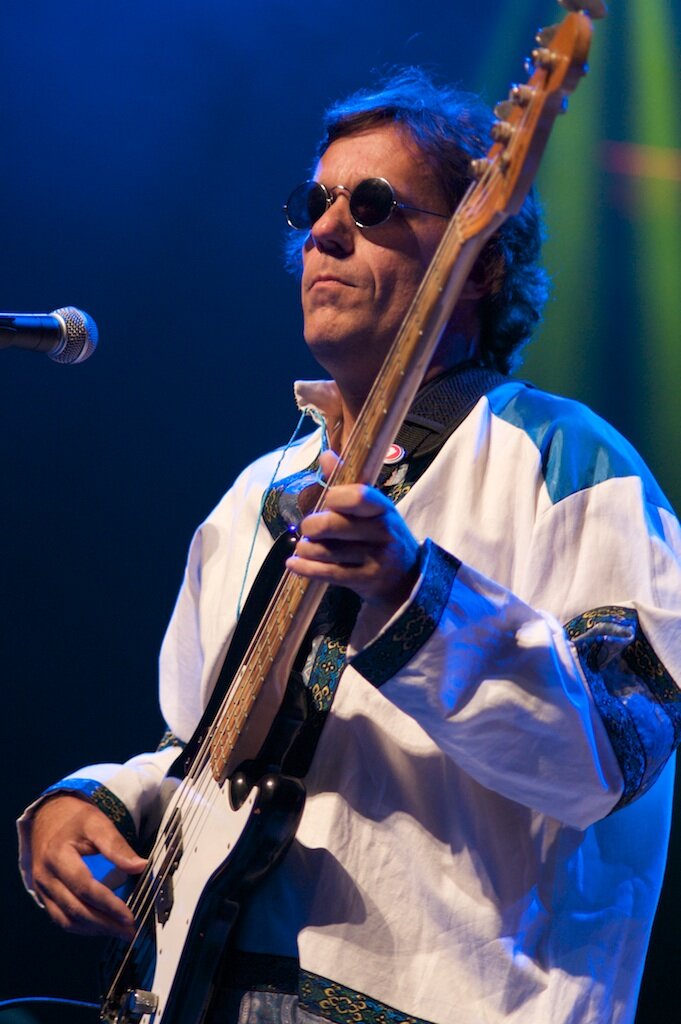
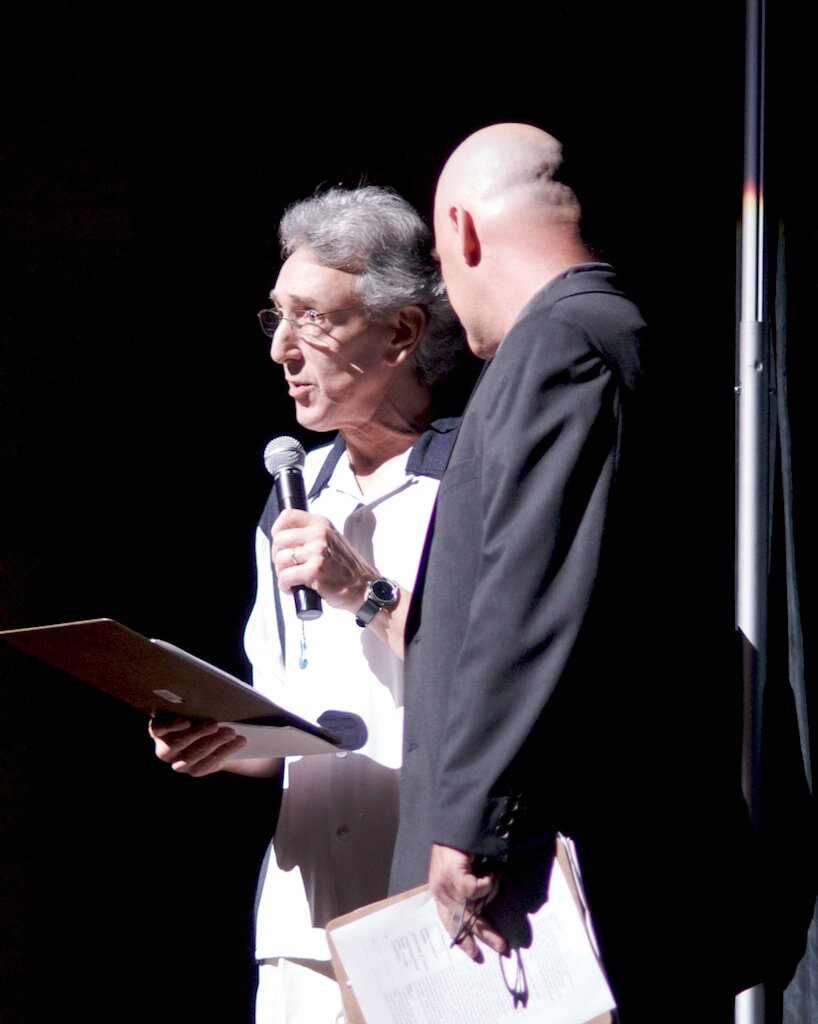
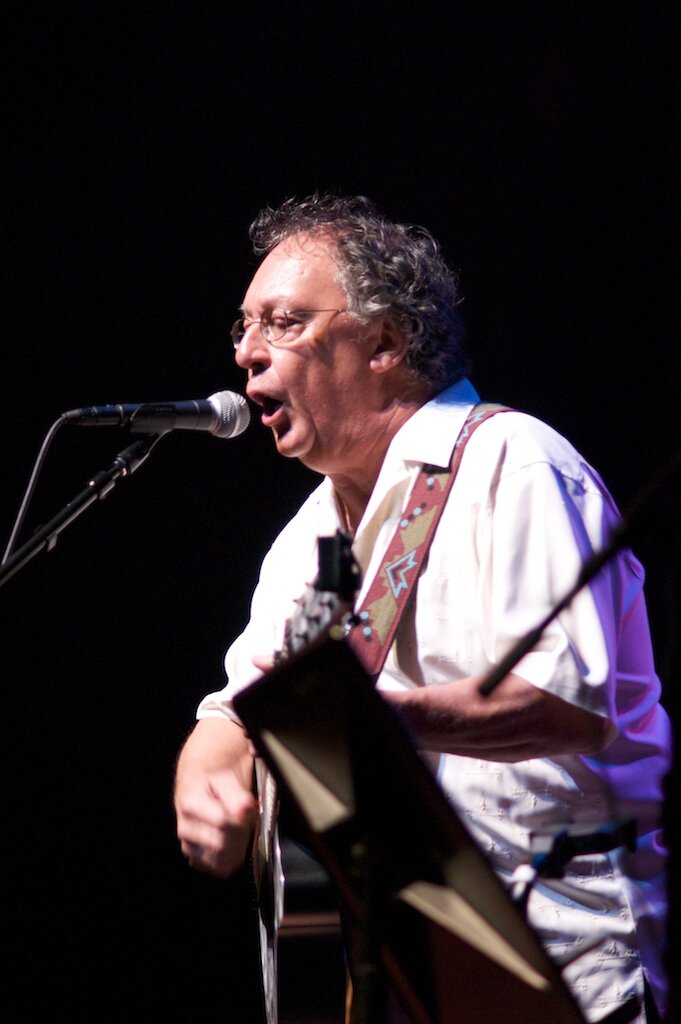
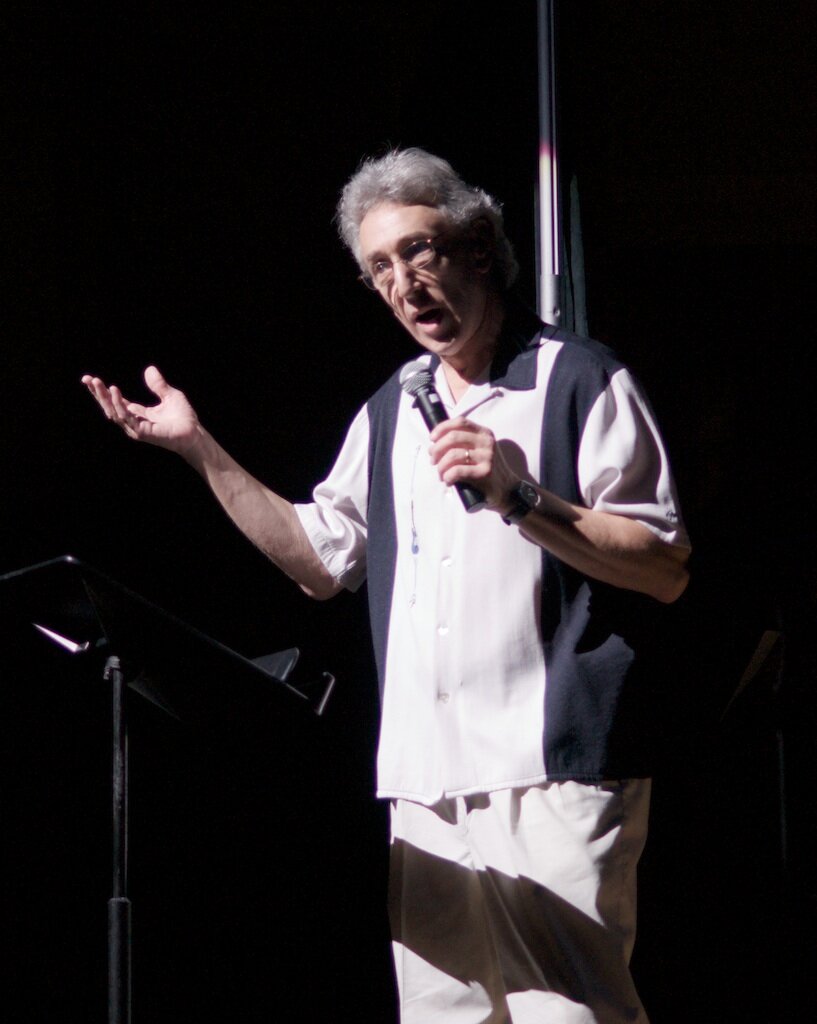
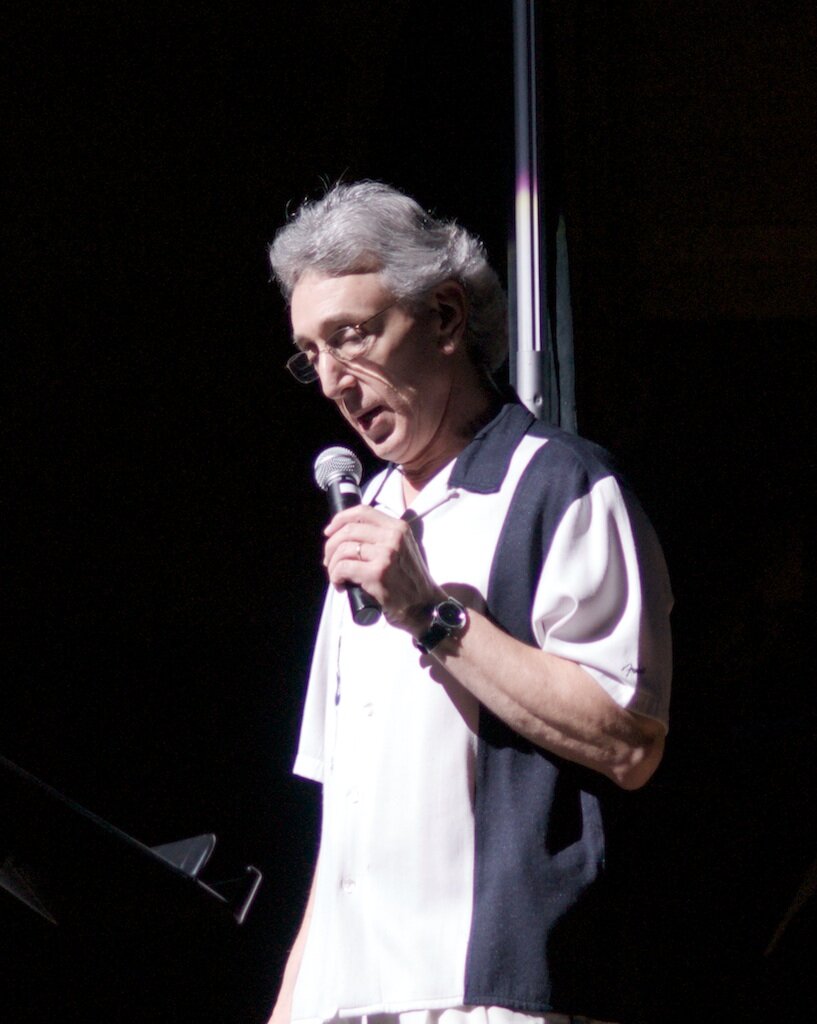
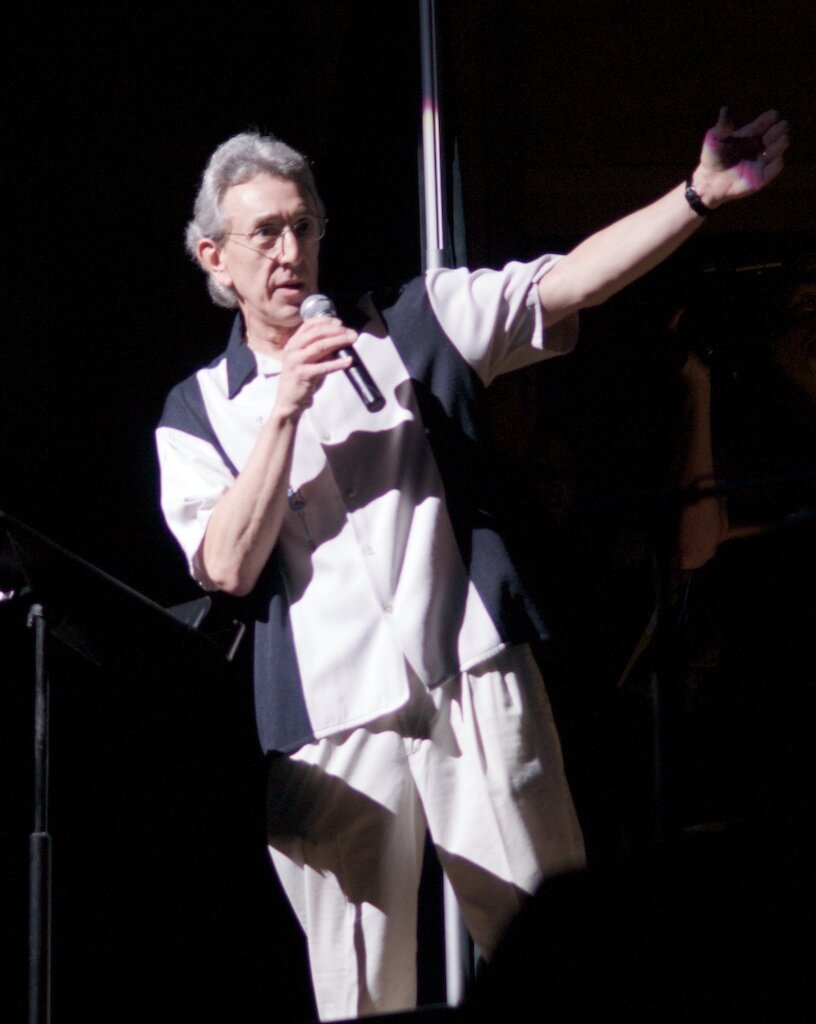
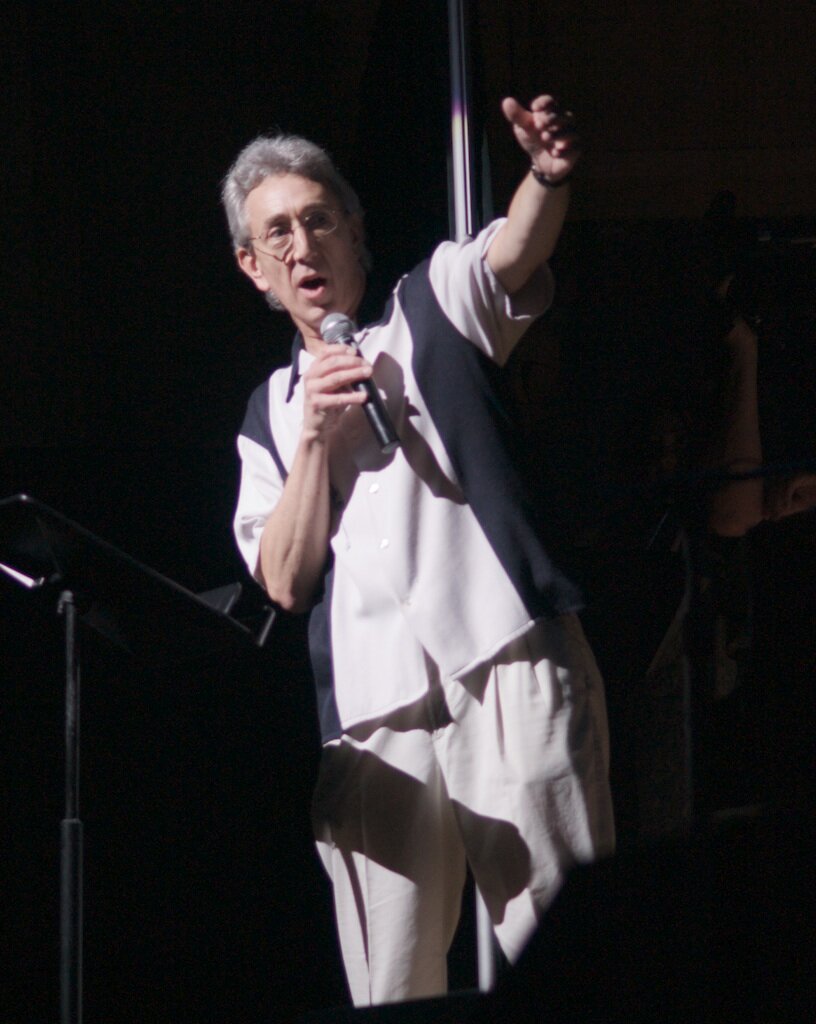
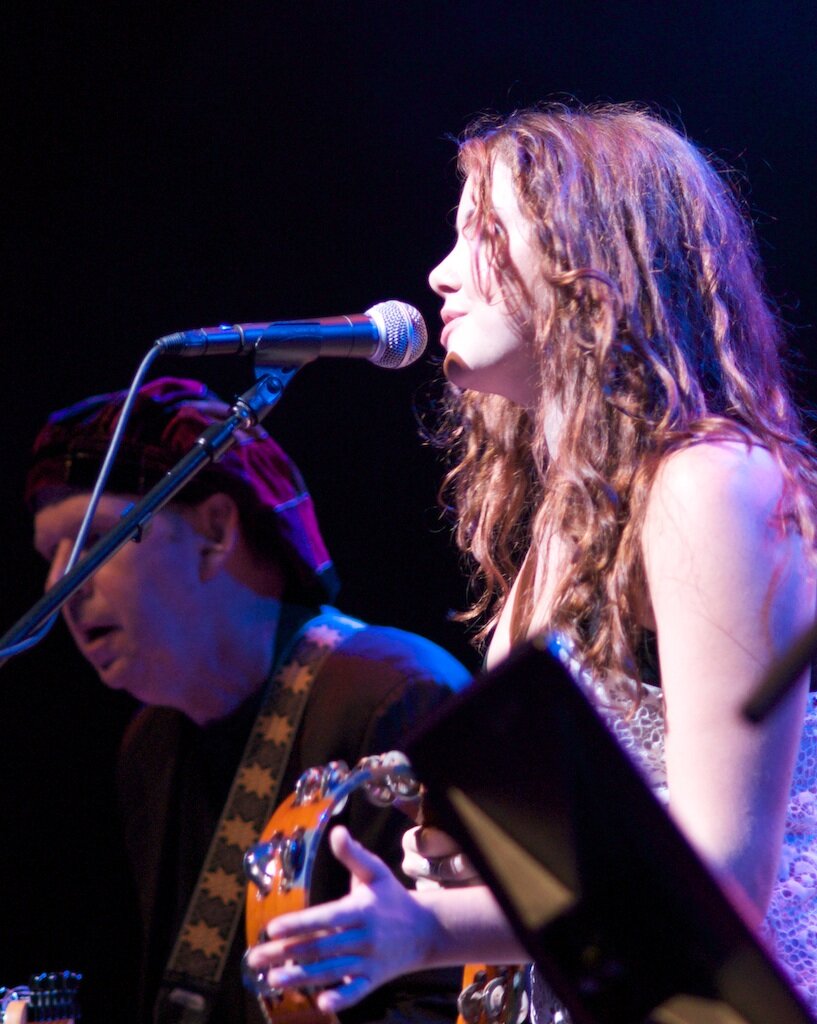

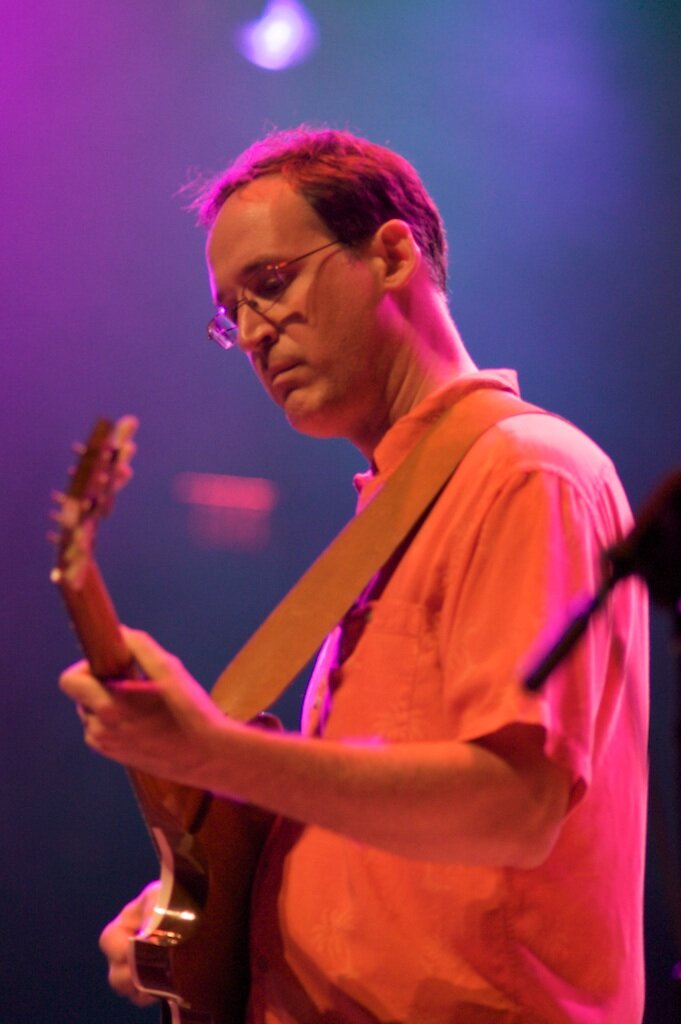
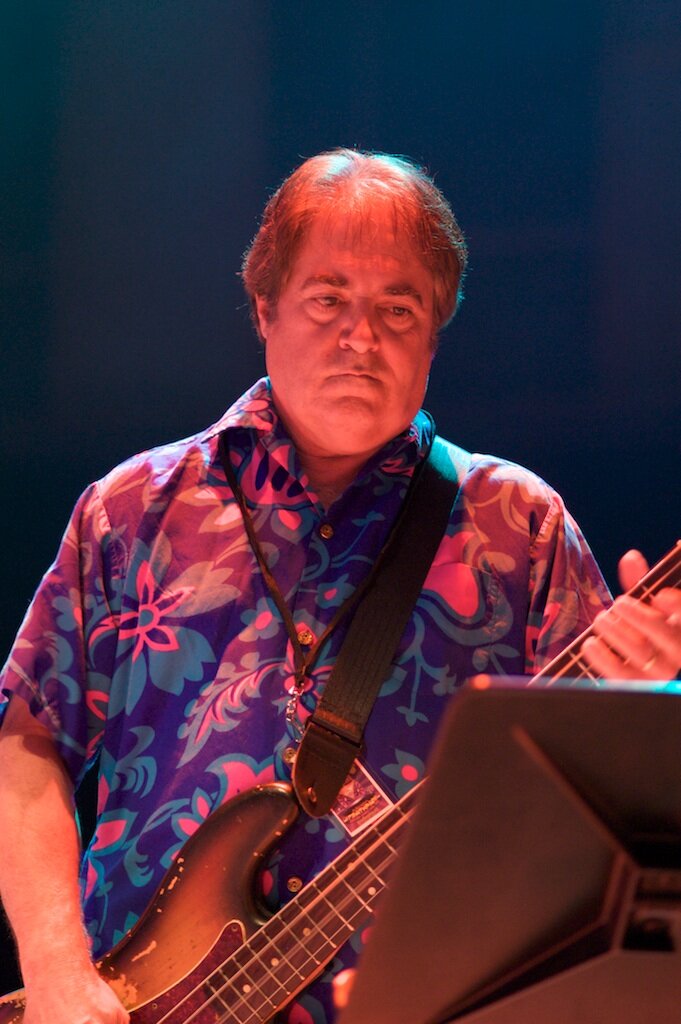
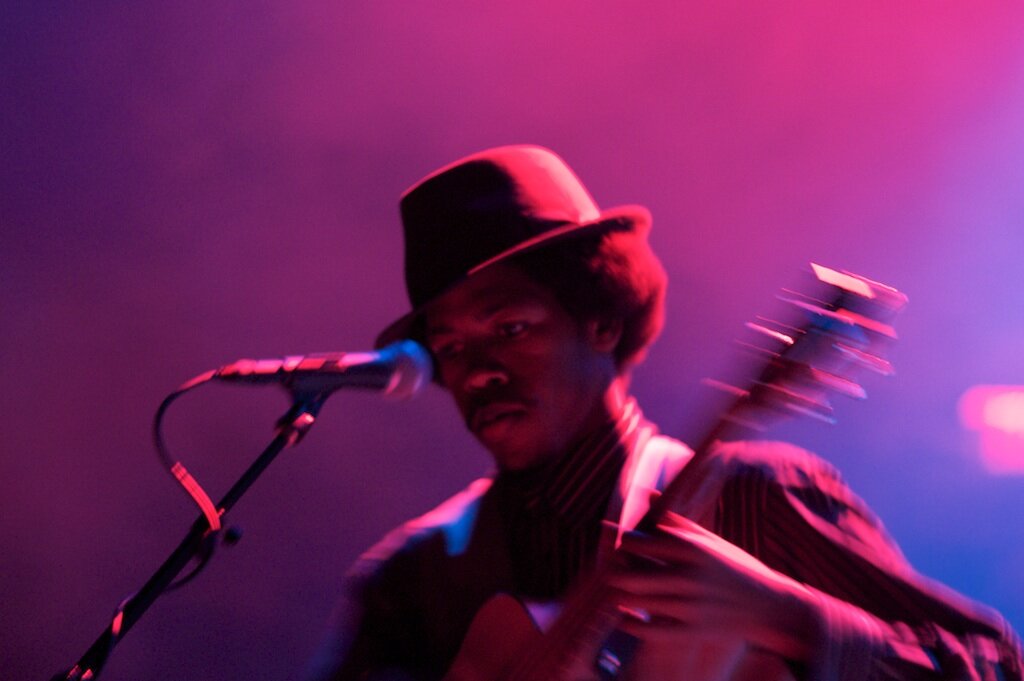
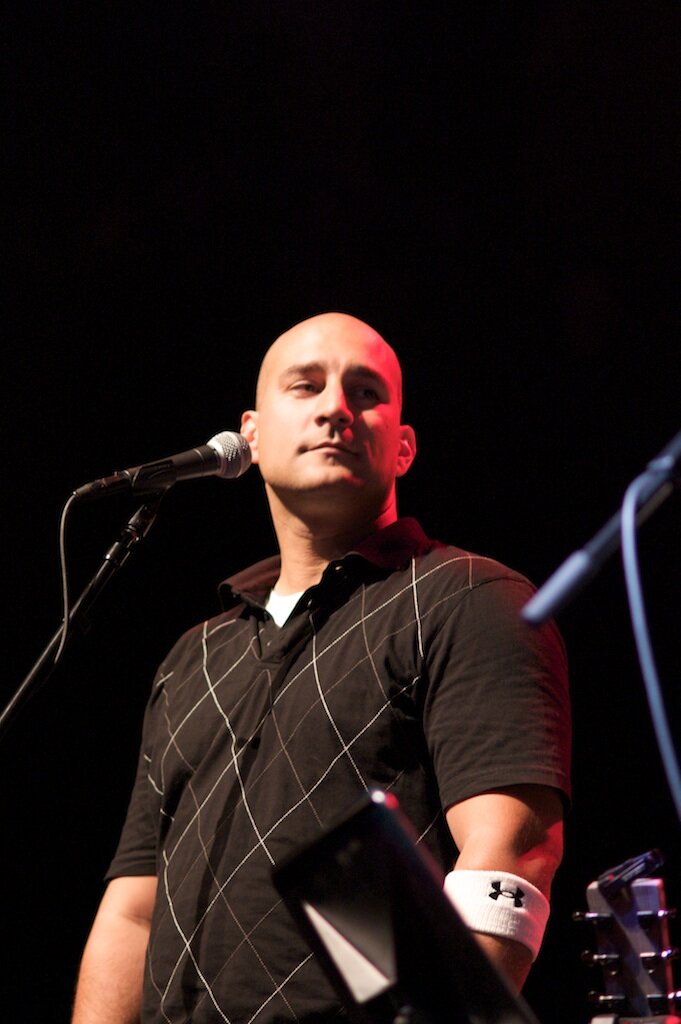
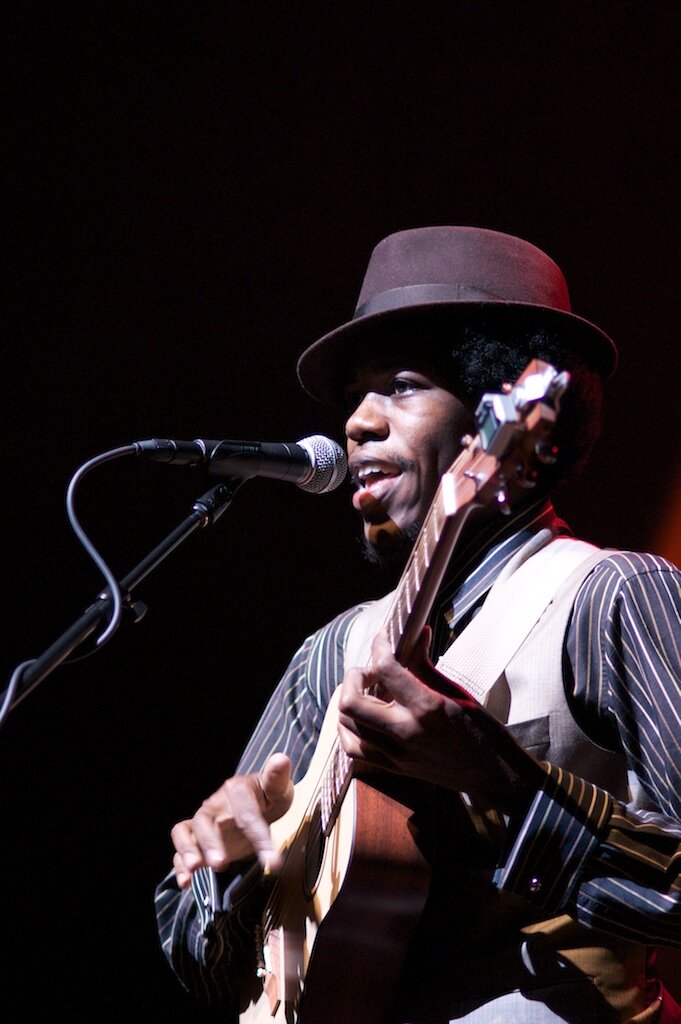
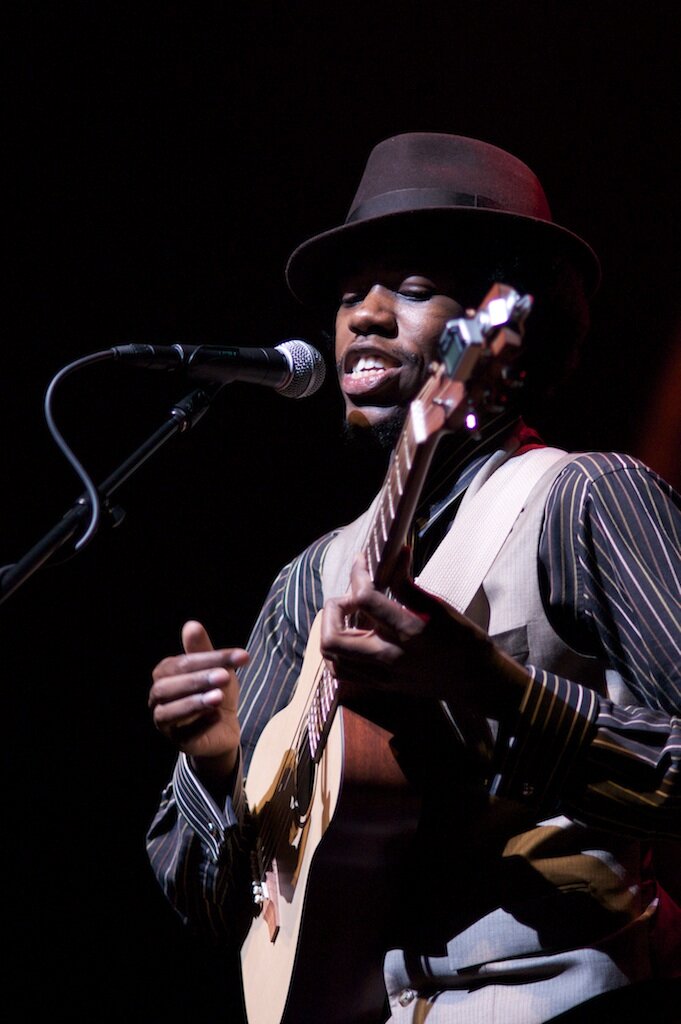
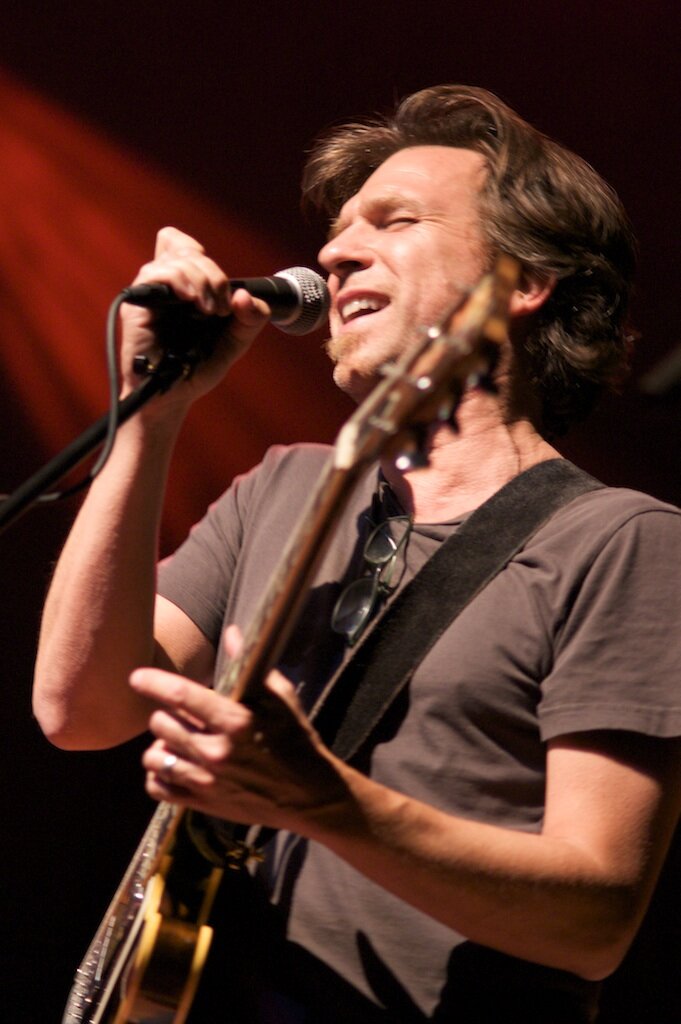
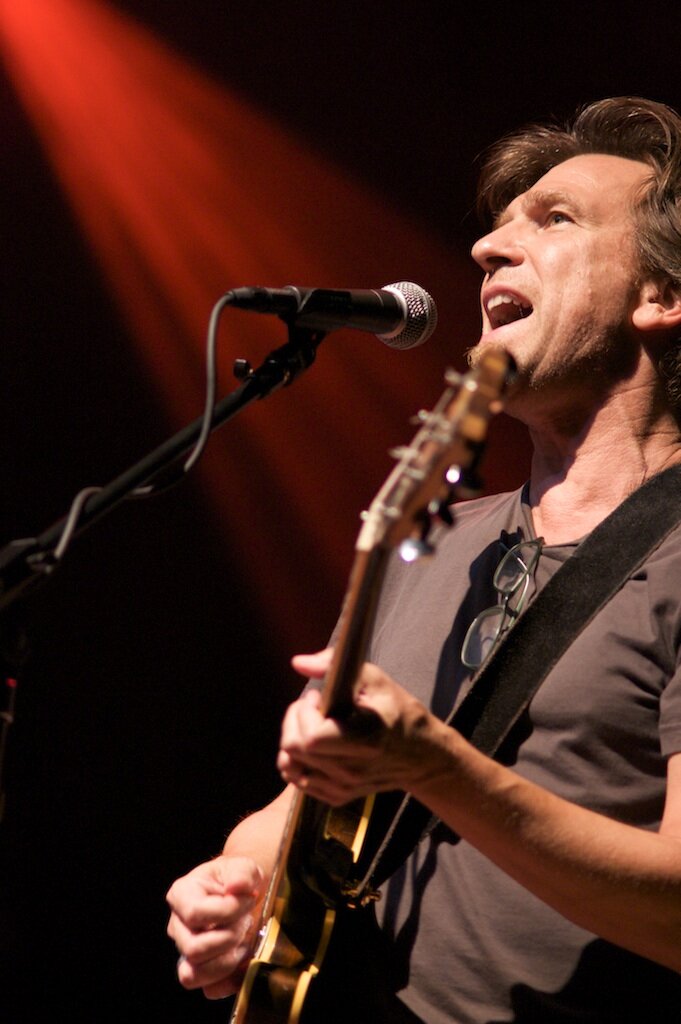
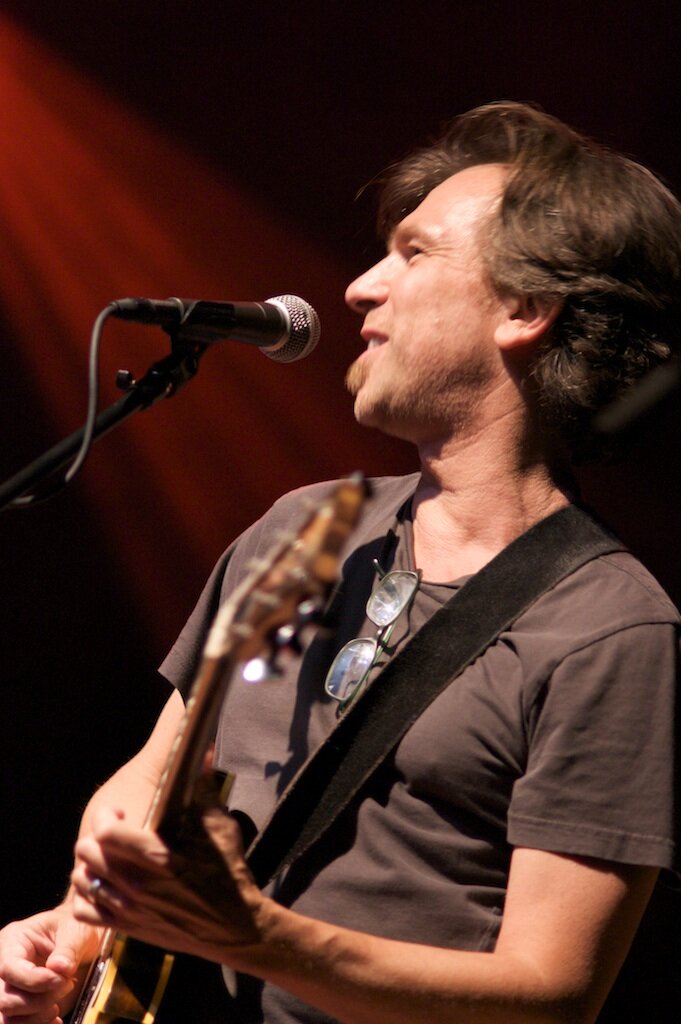


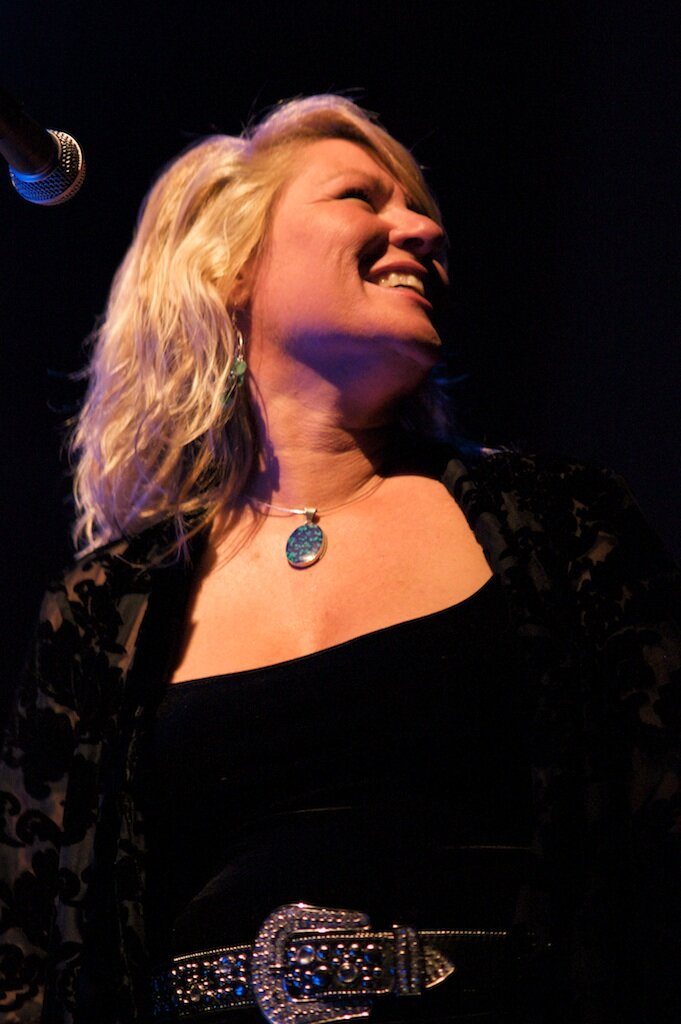
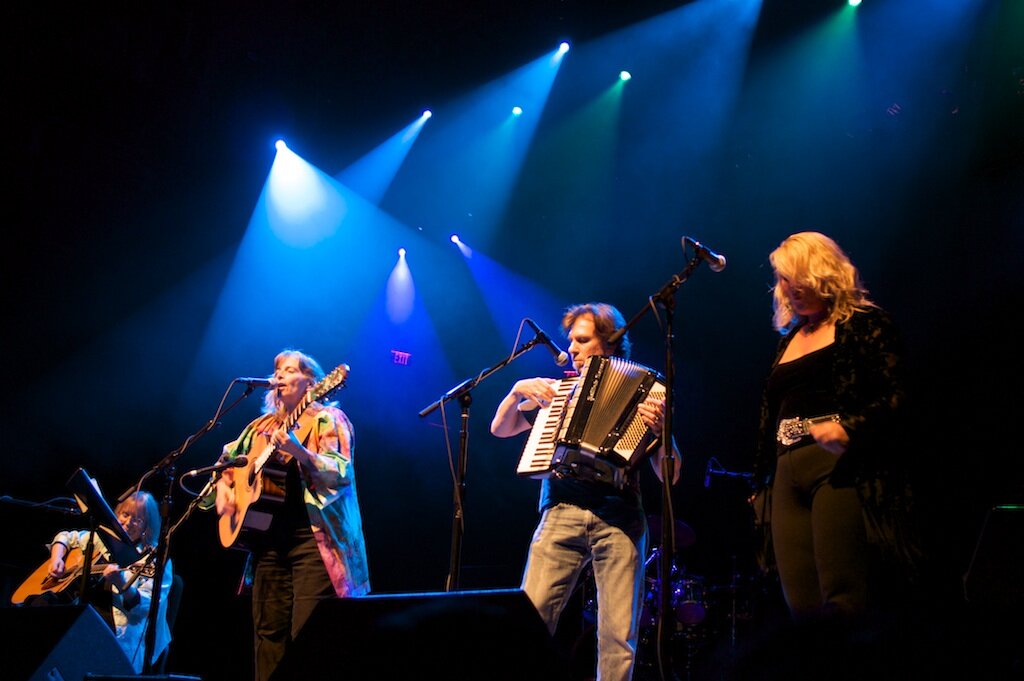
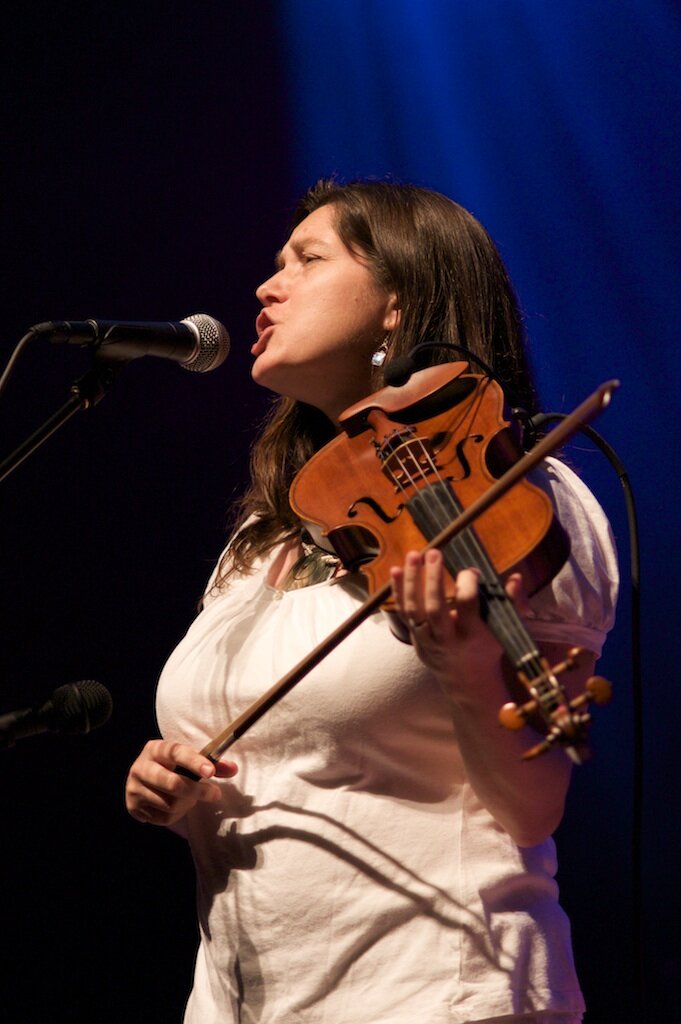
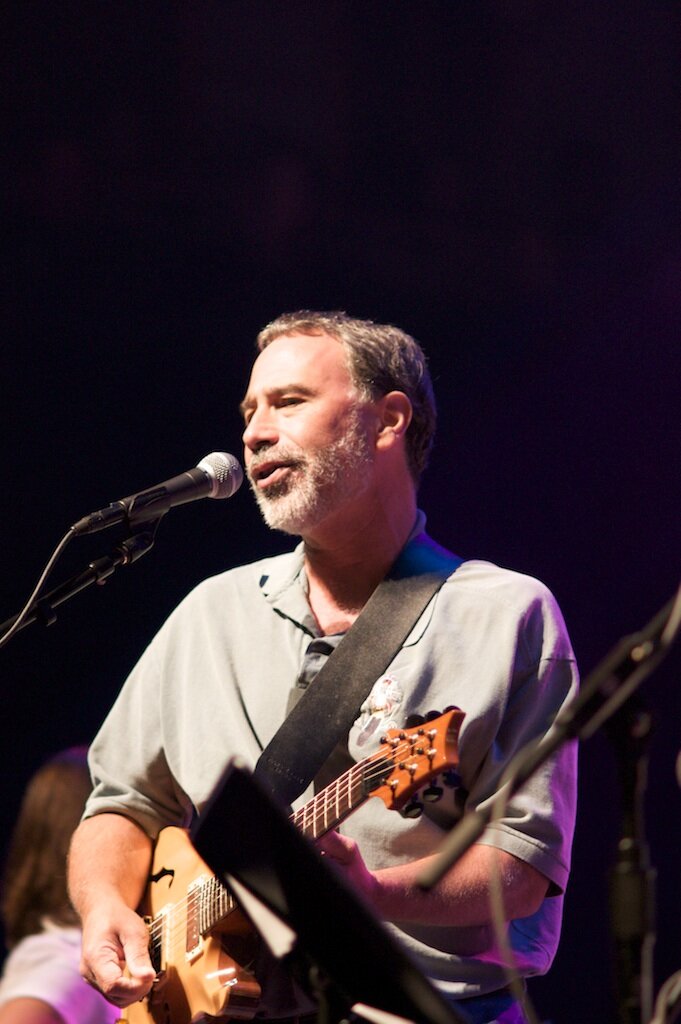
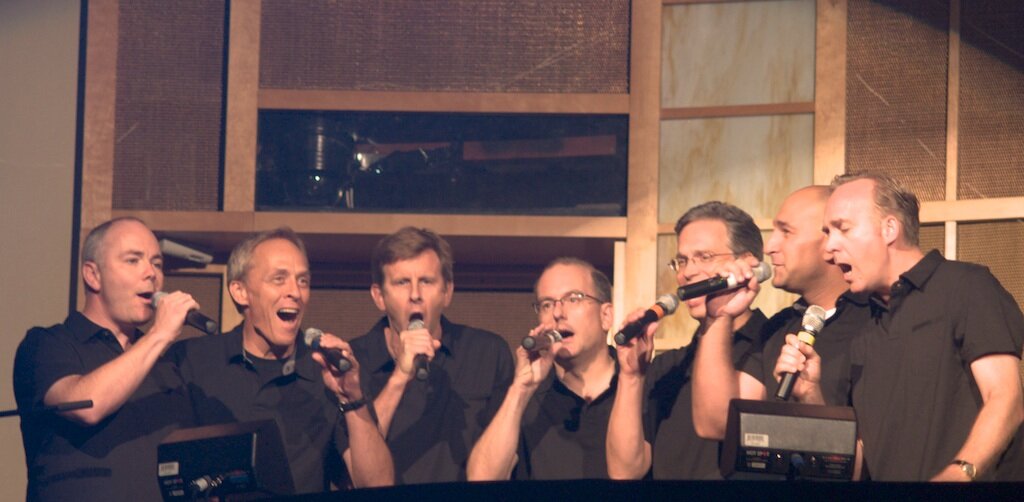
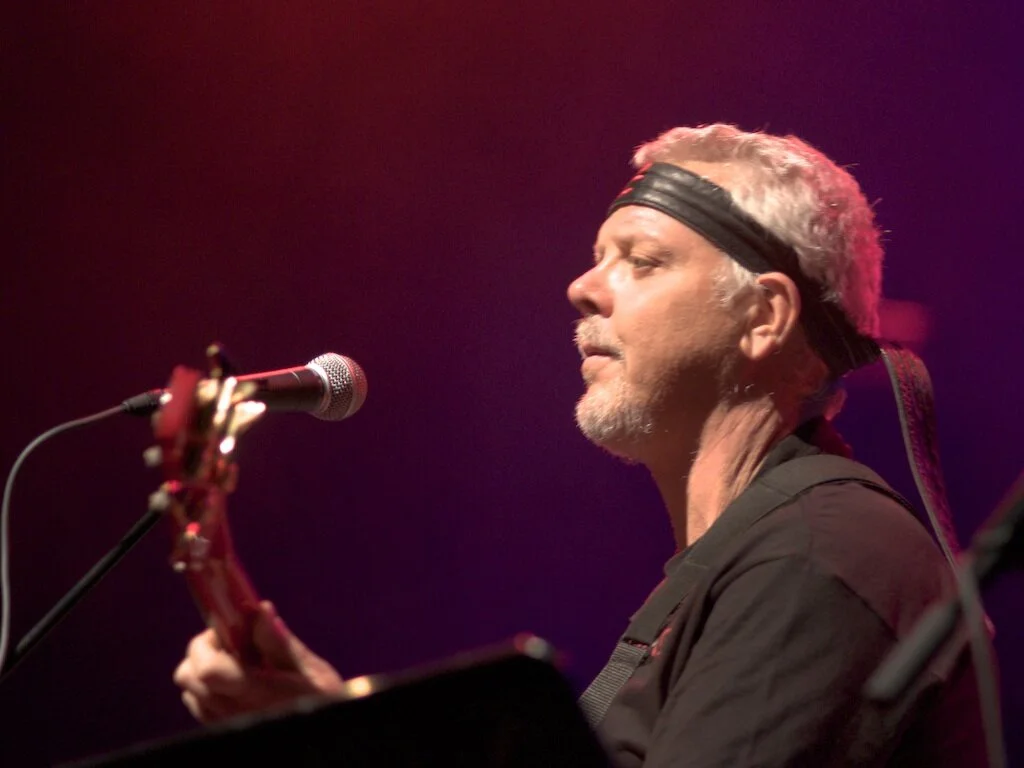
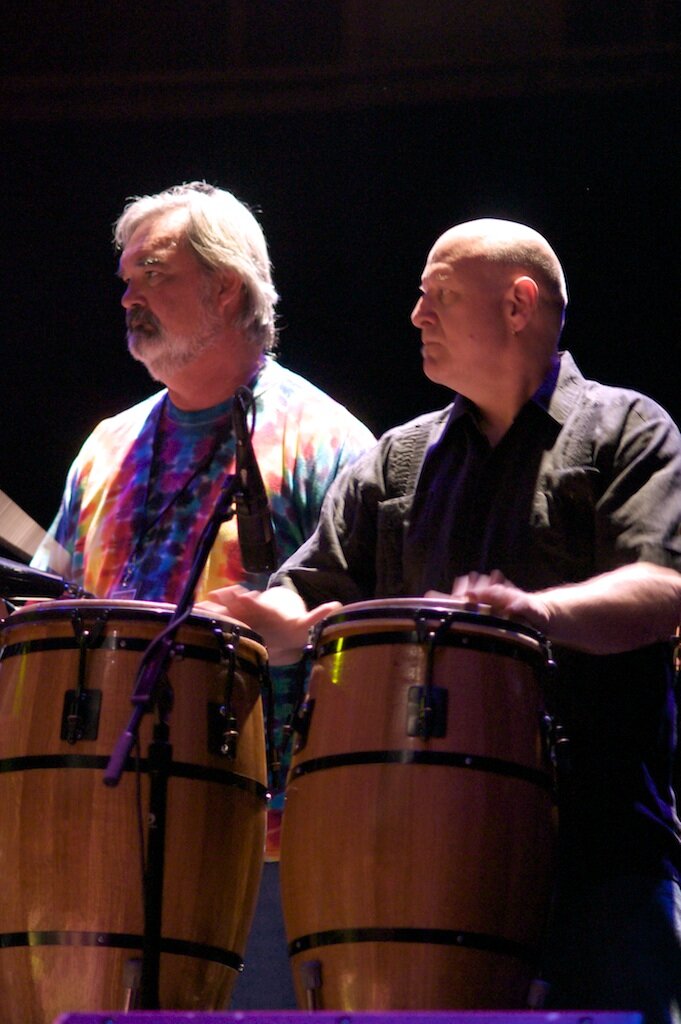
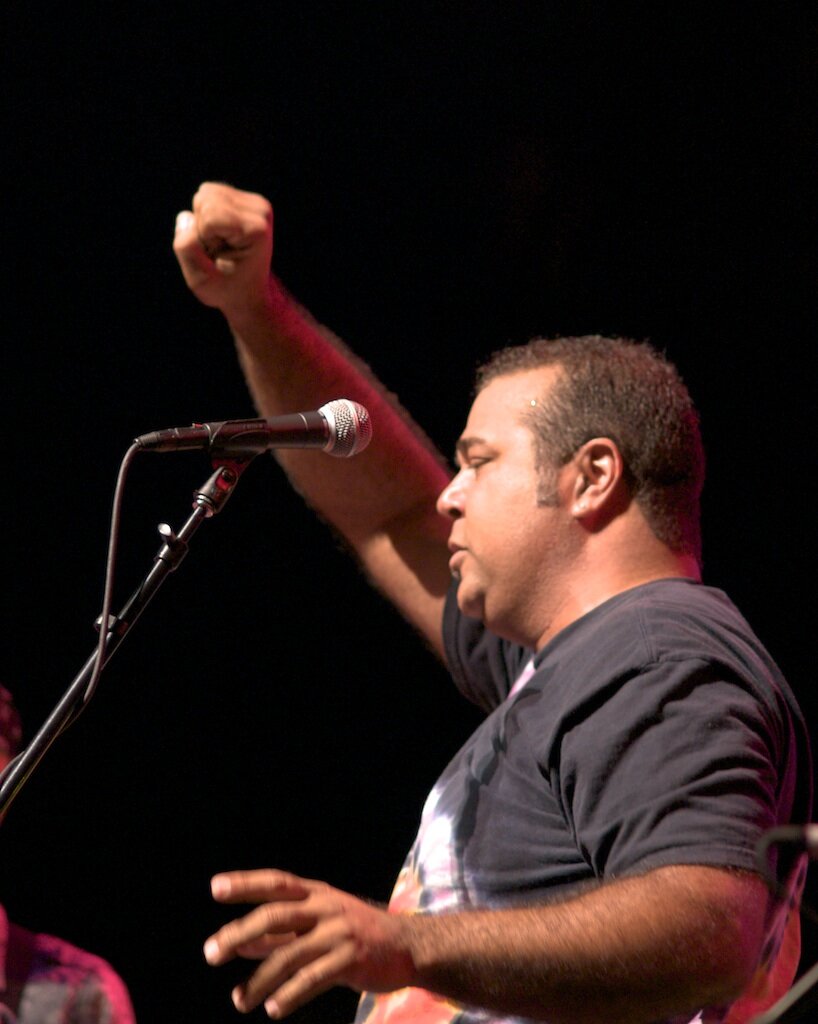
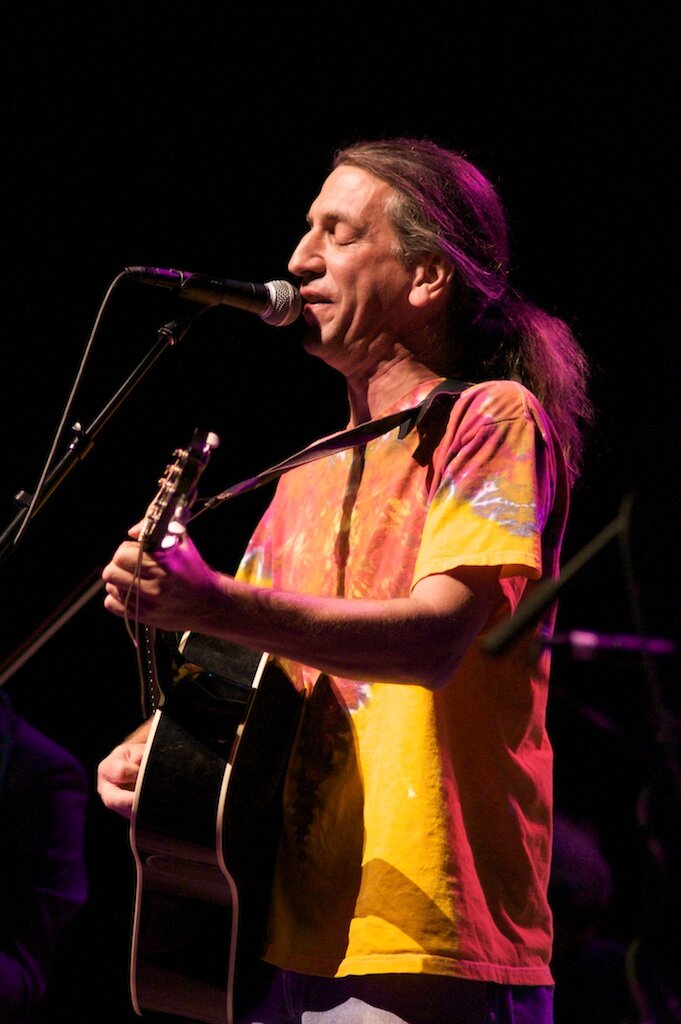
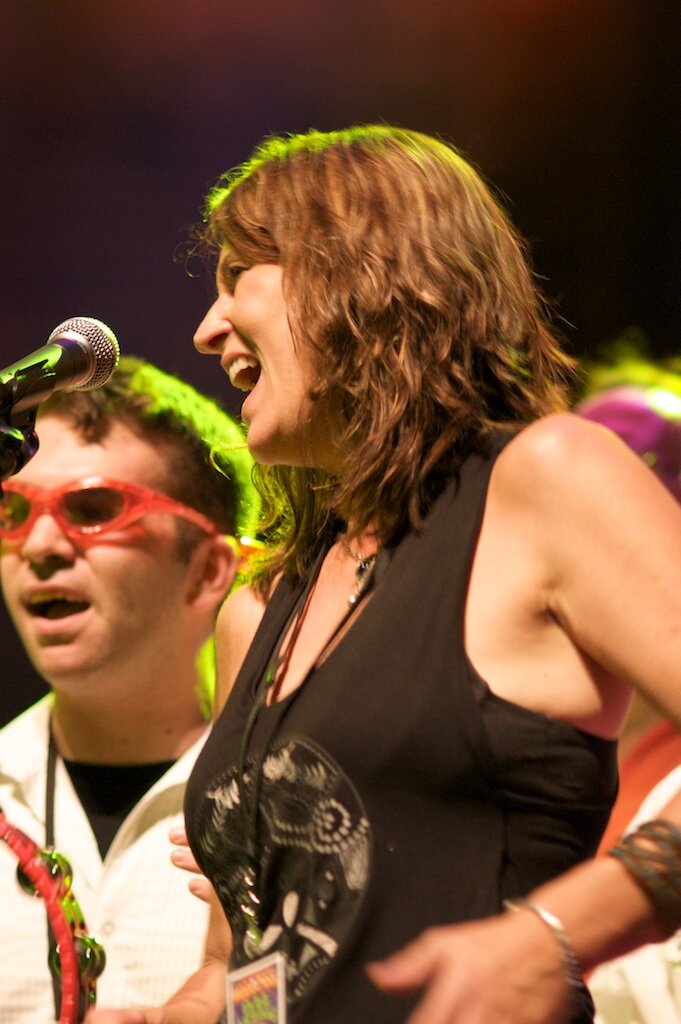
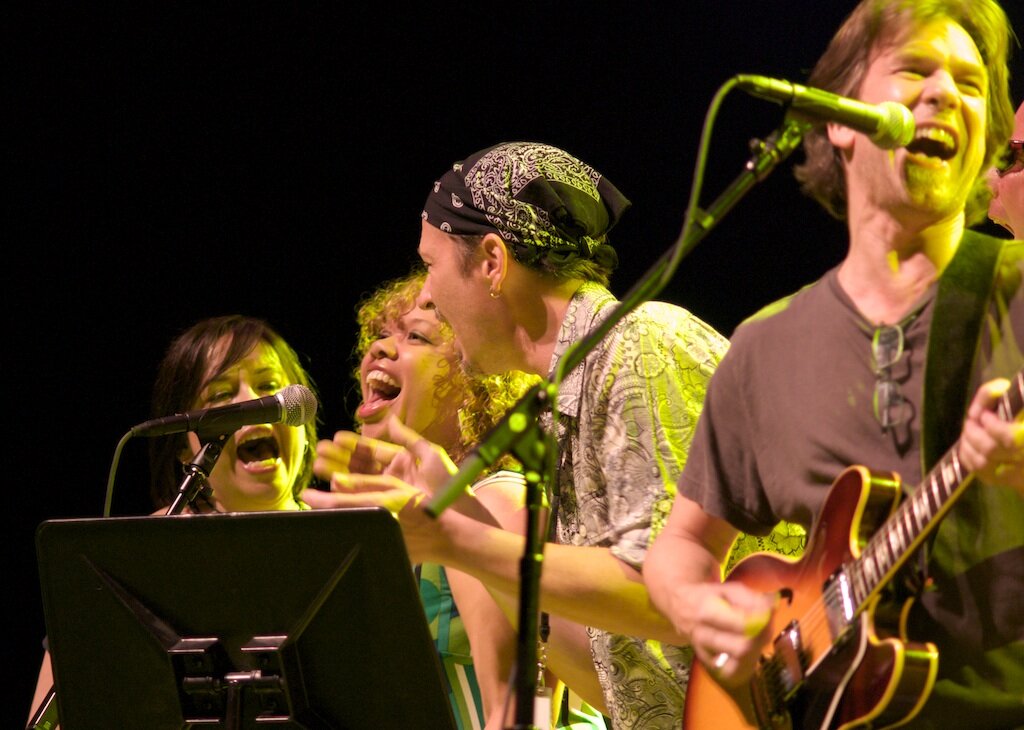

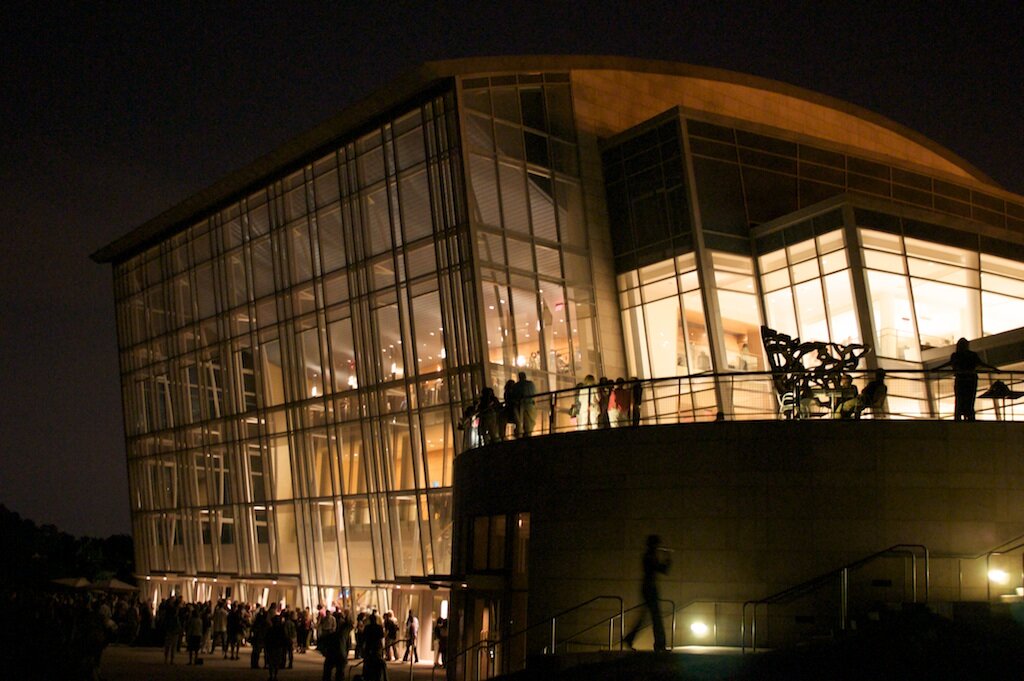
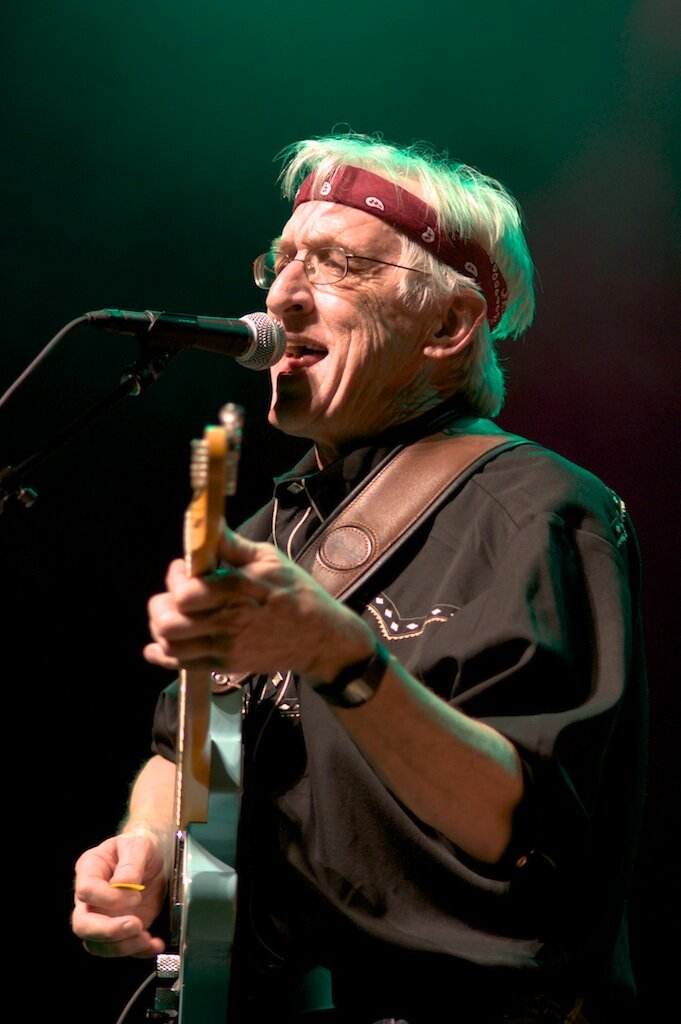
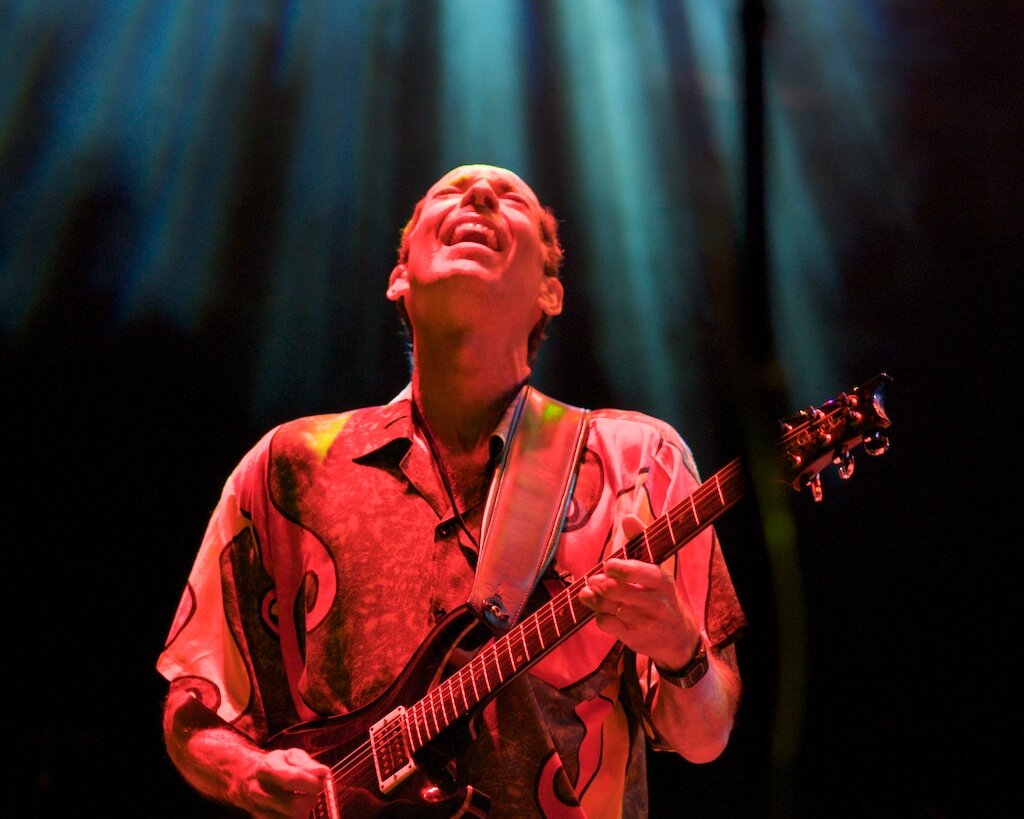
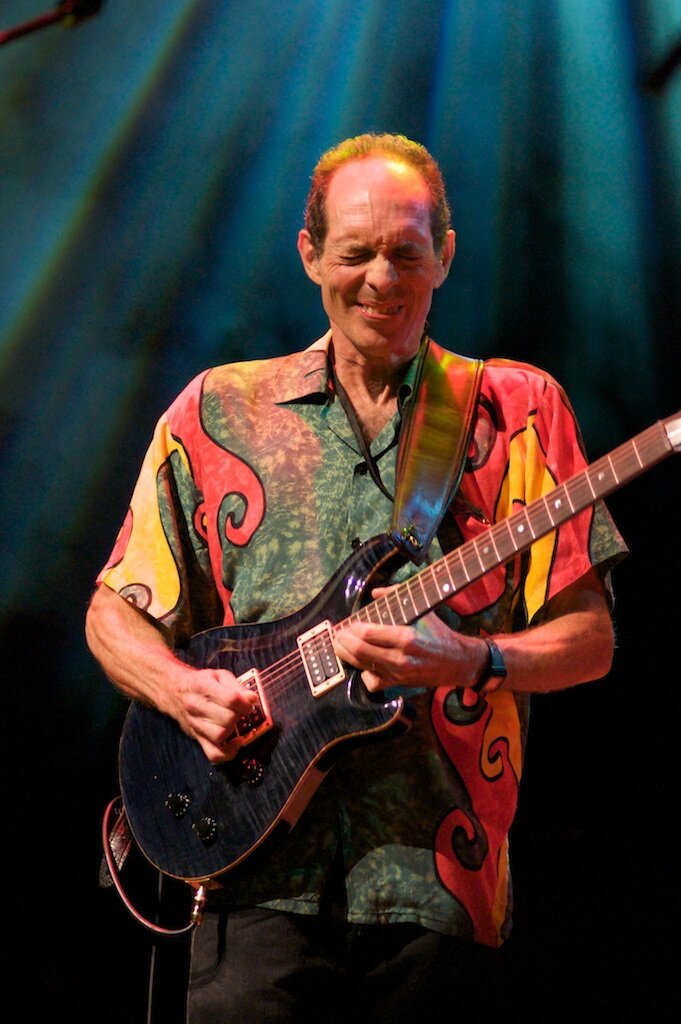
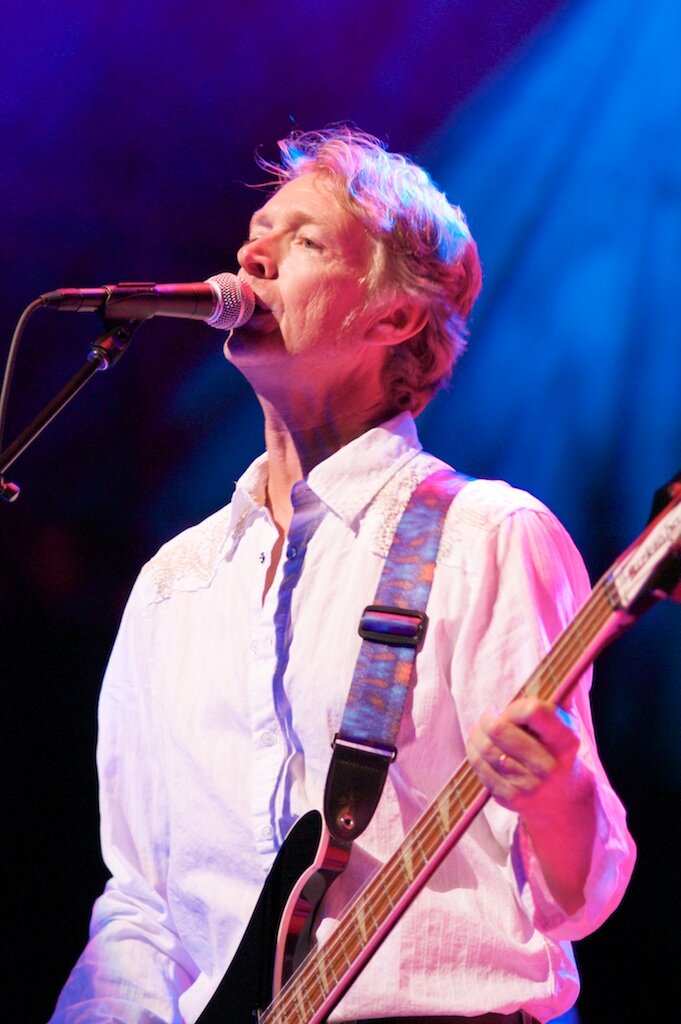


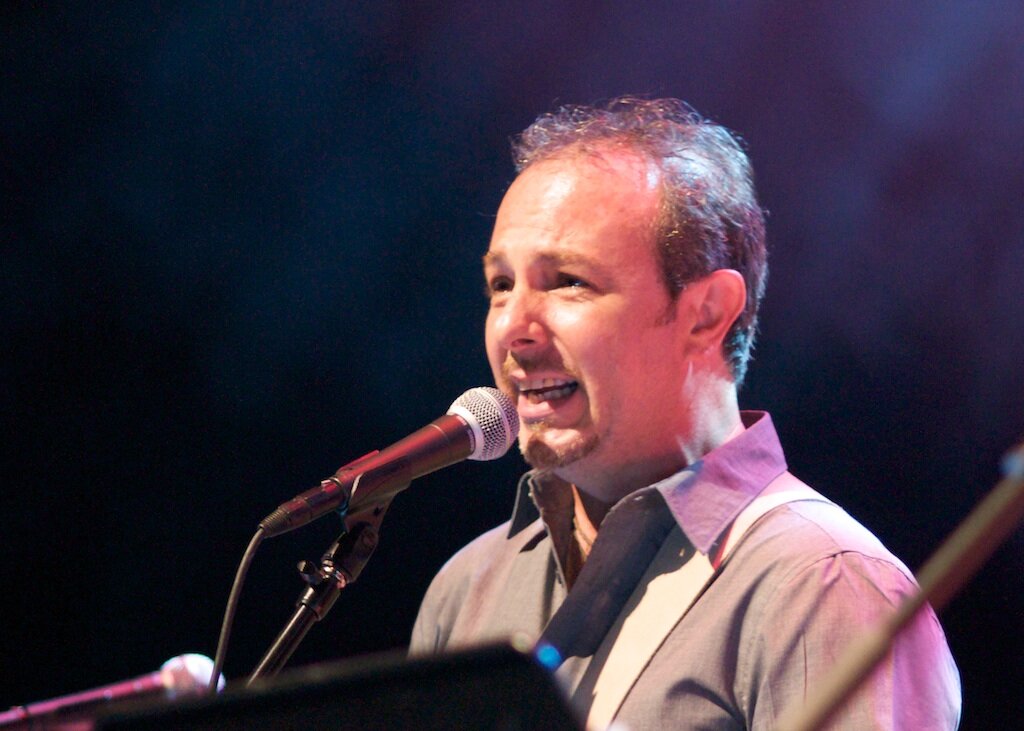



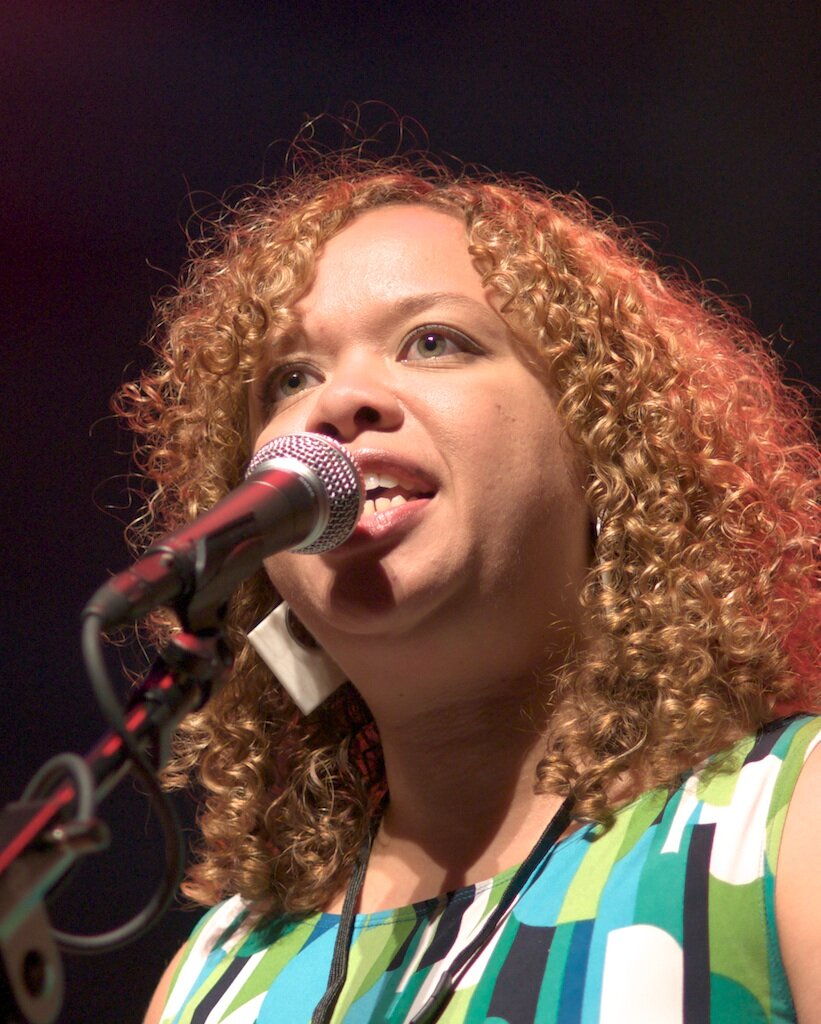


— SET ONE —
OUT IN THE WOODS
QUEEN OF THE ROLLER DERBY
LADY BLUE
PISCES APPLE LADY
SIX PACK / WINDOW UP / TRUCK DRIVING MAN
WATCHING RIVER FLOW
SHOOTOUT ON THE PLANTATION
DIXIE LULLABY
TIGHTROPE
THIS MASQUERADE
RAINBOW IN YOUR EYES
STRANGER IN A STRANGE LAND
ROLL AWAY THE STONE
INTERMISSION
— SET TWO —
JUST MY STYLE / THIS DIAMOND RING / DA DOO RON
A HARD RAINS A GONNA FALL
SHINE A LIGHT
OF THEE I SING
SUPERSTAR
MAGIC MIRROR
TRYIN TO STAY ALIVE
JAMBALAYA
SONG FOR YOU
CRYSTAL CLOSET QUEEN
HUMMINGBIRD
DELTA LADY
Jackson Browne – Looking Into You
By Chuck Sullivan
In 1972, when the world first heard his debut album Jackson Browne - Saturate Before Using, the 8-track tape player was the state of the art in car stereos. Doctor My Eyes was a hit: poignant, clever, and catchy. But the song wasn’t forced or trying to be anything. It just flowed in my mind like it was there all along – Browne brought it to the surface.
On this same record, songs explore all manner of love’s trappings: betrayal, conflict, and most of all beauty. The lyrics (often closer to poetry) were where he wore his emotions on his rolled-up sleeve, so that even if you’d been betrayed, there was still beauty in loving, being hurt, and moving on. Listeners learned something in the process that helped them feel not so alone, but instead more like they were on the same path Browne travels on, with suffering and a sense of being lost that can end in awareness and sometimes even hope.
Rumors implied that he hailed from Europe because he was born in Germany, but he was a California boy down to the surfer haircut, while also being an unassuming prophet. He was strikingly handsome, yet always seemed to get the short end of the relationship. Somehow that made him even more philosophical.
After high school, Browne joined the Nitty Gritty Dirt Band. He left the band after a few months and moved to Greenwich Village, New York, where he became a staff writer for Elektra's publishing company, Nina Music, before he was eighteen. While in Greenwich Village he backed Tim Buckley and singer Nico of the Velvet Underground. In 1968, Browne moved to Los Angelos where he became part of the Laurel Canyon music movement, collaborating with other musicians like The Eagles, Linda Ronstadt, JD Souther, Lowell George, Bonnie Raitt, and Warren Zevon. The Laurel Canyon sound was more in tune with his style.
His songs could make fans feel like everything they did had a purpose – even if they couldn’t see through the fog. That is a brilliant talent. He began honing these songwriting skills with his plaintive song These Days when he was 16!
Whatever the appeal, it was not by accident. Adept at guitar and piano, Browne worked on his craft, playing early versions to his peers for feedback, sometimes taking years to finish a song. He revisited every lyric, every note, until it conveyed emotion with music. Browne is quoted as saying his goal was to write something that he would want to read.
At times he could take himself too seriously. I mean, what was he crying about?! He was a stud artist. To point this out to me, a friend made a tape of Fountain of Sorrow and at the chorus he had annoyingly scraped the record player needle back and forth, making this horrible screeching sound. My friend thought it was funny; I eventually did too.
But Browne was always one step ahead of the critics. He told himself to take it easy and don’t stress out just because seven women are on your mind. Or he’d introduce his lust as his redneck friend, positing he may not have the answer, but he believes he has a plan. Some claim women love his music because he knew more about love than they did. It also might have just been his hair.
Browne was smart enough to join forces with the amazing guitarist David Lindley, whose eclectic stylings on the lap steel gave his songs an edgy wail to satisfy those who mainly listened to the music (but not the lyrics) and a sense of humor for the cynical romantics. Almost all his songs have lush harmonies to push the theme forward. Some were two part and some had an entire soaring chorus that helped catapult Rosemary Butler to stardom. His bands showcased the greatest session players of the day, including the solid rhythm section of Russ Kunkel (drums) and Lee Sklar (bass), making his live performances every bit as powerful as his recordings. And Browne paid particular attention to getting a great drum sound once he realized its importance.
While this rising star sang about the current challenges he had with women, he could also put himself 10 years into the future, allowing him not only to observe the absurdities and inconsistencies of life, but also reflect on them, feeling compassion while sensing the pain he saw when looking into his friend’s eyes.
As poetic as his lyrics are, it was his nuanced melodies that inspired others to consider them carefully. He used the same six magic chords as other singer songwriters of the time (though his inversions and embellishments were not so simple), but what gave the words meaning was his voice: surprisingly high at times but mostly in a comfortable contemplative tenor range. His vocal tonality and idiosyncrasies captured the weariness of a man dealing with life, tragedy, and lost love.
Browne had a son in 1973 and married in 1975. Tragically, his wife died by suicide in 1976 when he was 28, the same year he released The Pretender. He remarried in 1981, had a second son, and divorced in 1983. Over all the years he was single it was a rare sighting that didn’t include a beautiful, barefoot blonde at his side. He drew his stories from his life.
His career took off with each album giving us new perspectives into the mystery of romance and desire. Along the way, Browne made 20 studio albums and sold 30 million records. His songs were featured in movies from Taxi Driver (Late for the Sky) to Fast Times at Ridgemont High (Somebody’s Baby) to Forest Gump (Running on Empty) - illustrating his wide appeal.
Starting in the 80’s, he eventually wanted to use his voice to bring awareness to travesties in the world. He had a lot to say, pleading with people to examine and acknowledge that there were lives in the balance. As an activist, his causes include Amnesty International, Central American US policies, Children’s Defense Fund, Vote for Change, safe energy, and Farm Aid; he included these themes in his songs.
Browne’s contributions to environmental protection show his passion for making the world a better place which is a career in itself. Although his song Rock Me on the Water pleads for people to come together for the common good, he also at times threatened to leave this world behind and get down to the sea somehow. Sometimes he was able to merge relationship and social issues into one song like The Pretender.
Many fans preferred the folk/pop/rock/gospel genre that focused on relationships. They needed that California star to explain their pain and assure them they were not fools if they dared to love someone while overlooking their tragic flaws (and their own) until they got hurt…again.
He is an older man now. Sometimes his lyrics even seem a little inappropriate for his age. Then you remember, he was always traveling through time, telling his stories at night around a beach fire; he had always lived simultaneously in the past, present and the future.
In 2004, he was inducted into the Rock and Roll Hall of Fame by Bruce Springsteen. Browne gave Springsteen one of his first breaks, inviting him to sit in at the Bitter End in NYC. It is hilarious to listen to the Boss admit his competitive nature when realizing Browne’s concerts were filled with beautiful women while his main demographic was men – that were not even that good looking. These two songwriters are so different but they both touch the human spirit, it’s just that Browne had a gentler style and as the Boss says, he was a ‘bonified rock and roll sex star.’ Browne was 57 at the time of his induction. Along with his fans, Browne has grown. He lives off the grid with his partner in a sustainable lifestyle. His current relationship woes are not as much about lost romance or instant infatuation. You don’t need to confront Browne with his failures, he has not forgotten them and we haven’t forgotten ours either. That is the bond Browne forged with his fans over the years and we are all better off for having lived a life of his songs – especially tunes about walking slow and appreciating the scars of survival we carry. After all, we earned them along with Browne, and thankfully he is still here to help us survive the rest of the journey.
Jackson Browne album titles mirror his life
Jackson Browne (1972)
For Everyman (1973)
Late for the Sky (1974)
The Pretender (1976)
Running on Empty (1977)
Hold Out (1980)
Lawyers in Love (1983)
Lives in the Balance (1986)
World in Motion (1989)
I'm Alive (1993)
Looking East (1996)
The Best of Jackson Browne: The Next Voice You Hear (1997)
The Naked Ride Home (2002)
The Very Best of Jackson Browne (2004)
Solo Acoustic, Vol. 1 (2005)
Solo Acoustic, Vol. 2 (2008)
Time the Conqueror (2008)
Love Is Strange: En Vivo Con Tino (2010)
Standing in the Breach (2014)
Downhill from Everywhere (2021)